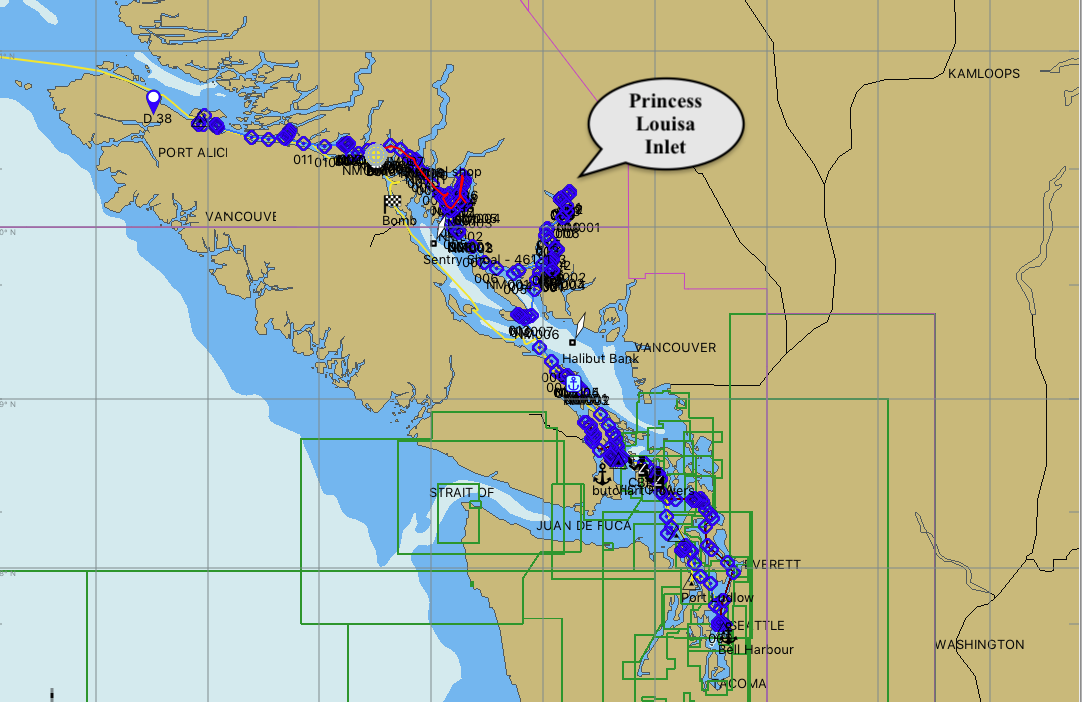
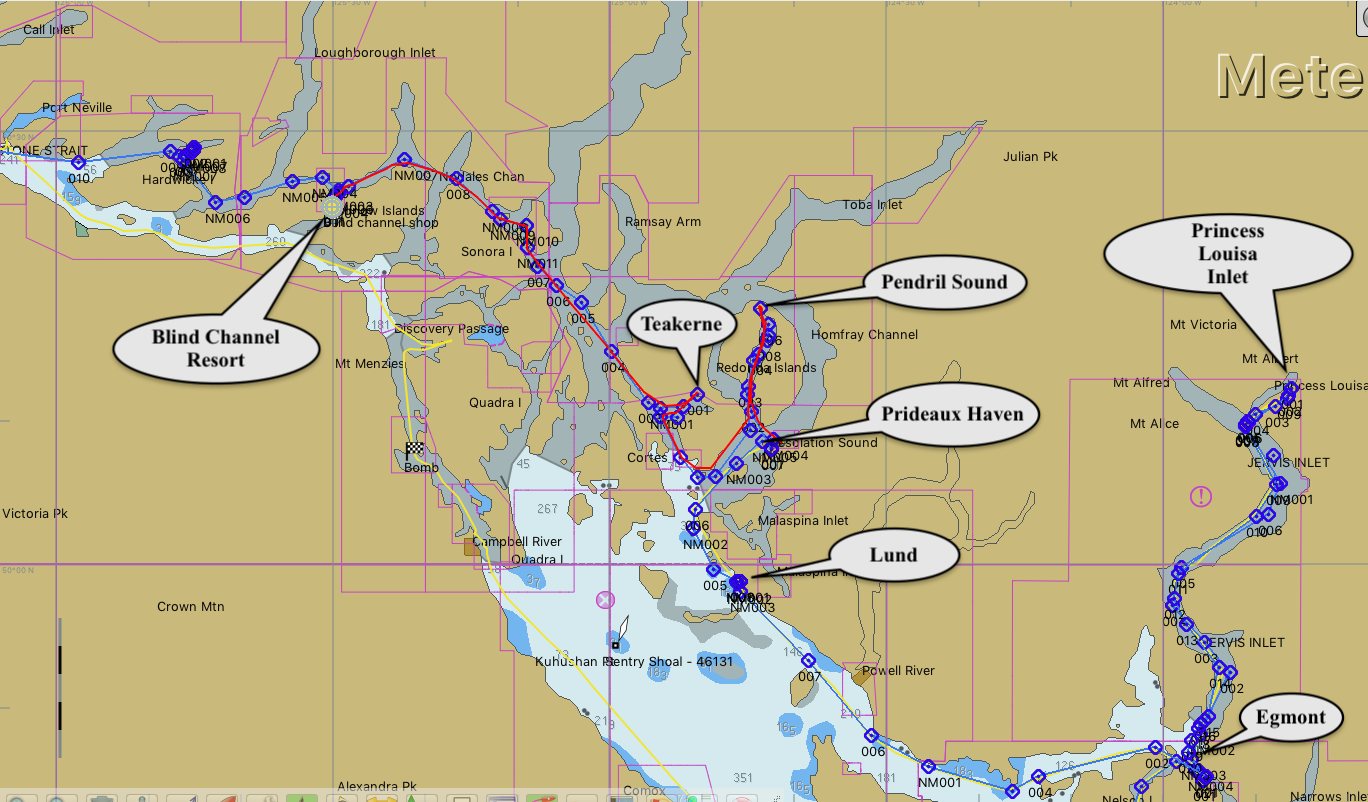 After our trip to Princess Louisa Inlet we returned to Egmont, this time to the public wharf where I messed up the mooring, I had assumed that as the tide was flooding I would be pushed away from the boat we were rafting to, so got really close, as it turned out the tide was running the other way, so my bow was pushed onto the boats quarter, and my stern was soon pushed onto the boat behind him. How embarrassing, I thought I was getting better at this. However the tide wasn’t strong and we pushed off, the fenders prevented any damage, but as always some part of my boat wanted to leave me for the other boat, and in this case it was the barbeque that was trying to merge with some steelwork on the other boat. A good push and we were all sorted. The reason the current was the opposite to what I expected was due to it reversing direction near the shore, I should have considered this especially given the name of the marina next door ‘BackEddy Marina’.
After our trip to Princess Louisa Inlet we returned to Egmont, this time to the public wharf where I messed up the mooring, I had assumed that as the tide was flooding I would be pushed away from the boat we were rafting to, so got really close, as it turned out the tide was running the other way, so my bow was pushed onto the boats quarter, and my stern was soon pushed onto the boat behind him. How embarrassing, I thought I was getting better at this. However the tide wasn’t strong and we pushed off, the fenders prevented any damage, but as always some part of my boat wanted to leave me for the other boat, and in this case it was the barbeque that was trying to merge with some steelwork on the other boat. A good push and we were all sorted. The reason the current was the opposite to what I expected was due to it reversing direction near the shore, I should have considered this especially given the name of the marina next door ‘BackEddy Marina’.
The other thing I have learnt here is that often the top of the water, sometimes a foot or more deep can be freshwater that doesnt mix with the saltwater below, and this can cause confusion in currents. Logs can also float on the saltwater and be a foot or more under the surface, but this boat has such a large and deep underwater surface, that it really can grip the currents there that you often don’t see on the surface.
We decided to spend an extra day and visit the Sechelt/Skookumchuck rapids, which were going to be running at 14 knots, if I couldn’t motor through one, at least I could watch it.
It was a great one hour walk through a forest to get there.

The rapids were impressive, and a few fast motor boats were racing back and forth through them, I guess it can get boring around here.

From Egmont we headed northwest to Lund, the only place with a decent grocery store and fuel supply before we headed into Desolation sound.
Like most places we visited, being in the shoulder season it was quiet and we had a whole pontoon to ourselves. For some reason I don’t understand, there was a Scottish Ceilidh planned for that night in the pub, you can see the musicians with their bagpipes below. We opted for a lovely restaurant the other side of the cove and sadly missed the bagpipes 😉

We stayed an extra night here as well as it was so peaceful and relaxing, but soon enough we were on our way to Prideaux Haven in the area known as Desolation Sound. This is considered to be one of the most beautiful areas in the whole of the inside passage, certainly it looked lovely, but I think we had already been spoiled by princess Louisa inlet. 

We anchored in a deserted spot at the end of the bay, whith a couple of yachts off in the distance.
The next day we headed over to Pendrell Sound, this is supposed to be one of the warmest waters around. Partly as it isn’t flooded by the pacific waters every day, also as it’s a dead end, but has a shore, the water heats up more. I needed warm water as I planned to dive on the boat and clean the prop and bow thruster, the prop is not working 100% and the bow thruster hardly works at all. I did dive, and I don’t know who said the waters were warm, presumably an eskimo, as it was freezing. I couldn’t find my wetsuit which didn’t help. The prop didn’t look too bad, but was too deep for me to work on in the cold, so I focussed on cleaning the bow thruster prop with a bent teaspoon which allowed me to get around the back of the prop blades where all the growth was. That worked out well and I have a lot more thrust from it now.
The hotter and very clear water is great for oysters and besides the oyster farms lining the coast here, there were zillions of shells covering the shoreline rocks.
I was worried about slicing the dinghy on them when we went ashore, but it wasn’t a problem 
We dinghied around the head of the inlet amazed at how deep and clear the water was. The cliffs are very fiord like and go down to the water quite steeply and continue down just as steep.

 The next day we headed off to Teakerne Arm, Captain Vancouver spent two weeks anchored here recuperating from the horrendous time he was having in Desolation Sound, he gave it that name more because of his mental state at the time, we thought it was a fantastic place, but it was sunny for us, he was there in storms, and couldn’t find anywhere to anchor, eventually getting into Teakerne Arm. My main reason for for visiting this Arm was simply because if he spent so long here, it can’t have been that bad. As it turned out it was a great spot with wonderful waterfalls at the head.
The next day we headed off to Teakerne Arm, Captain Vancouver spent two weeks anchored here recuperating from the horrendous time he was having in Desolation Sound, he gave it that name more because of his mental state at the time, we thought it was a fantastic place, but it was sunny for us, he was there in storms, and couldn’t find anywhere to anchor, eventually getting into Teakerne Arm. My main reason for for visiting this Arm was simply because if he spent so long here, it can’t have been that bad. As it turned out it was a great spot with wonderful waterfalls at the head. Anchoring was fun, three boat lengths from the shore it is 60m deep, two boat lengths off it’s 20m. so we dropped the hook in 30m and reversed until the anchor gripped the side of the near vertical wall below us. We ran a stern tie ashore, tightened up on the chain and the anchor seemed happy.
Anchoring was fun, three boat lengths from the shore it is 60m deep, two boat lengths off it’s 20m. so we dropped the hook in 30m and reversed until the anchor gripped the side of the near vertical wall below us. We ran a stern tie ashore, tightened up on the chain and the anchor seemed happy. 
We had towed the dinghy for the first time since Malaysia, and headed off to explore a trail that leads to a large lake up above that feeds the waterfalls, it was a good climb and at the top of the waterfalls we spotted this winch, used, I presume, for pulling logs from the lake over the top of the waterfall and down to below to be rafted up in log booms.
 In a small cove beside the waterfall we spotted a house that seemed to be in trouble.
In a small cove beside the waterfall we spotted a house that seemed to be in trouble. The following morning we pushed on to Blind Channel, this was slightly challenging as we had to pass through three sets of rapids, Yaculta, Gillard & Dent, each about 2 miles apart. We were going against a flood tide, so to make the first rapid at slack water meant we would be 30 minutes late for the last rapid. So we aimed to get to the first on the end of the ebb, and race through arriving at the middle rapids just before slack and the final and most dangerous rapids at Dent at slack water. I spent an hour working out tides and passage planning, we ended up having to leave at 07:30 and we arrived just 15 minutes early at 11:38, we dawdled for 10 minutes then went for it. Everything went well right up until the last set of rapids, Dent, featuring the scarily named ‘Devils Hole whirlpool’, which the pilot says “Those who have looked into the Devils hole won’t ever want to revisit it”. Just as we approached I saw a tug emerging but couldn’t yet see its tow. The tugs rarely are pointing, or even travelling in the same direction as their tow, and require a very wide berth. I had to steer to starboard a lot to miss him and that put our course directly over ‘Devils Hole’, looking through the binoculars I couldn’t see any holes in the water so we pushed on, I was soon able to scoot around the back of the tow and hugged the coast, just missing the hole, which just looked like flat water to me.
The following morning we pushed on to Blind Channel, this was slightly challenging as we had to pass through three sets of rapids, Yaculta, Gillard & Dent, each about 2 miles apart. We were going against a flood tide, so to make the first rapid at slack water meant we would be 30 minutes late for the last rapid. So we aimed to get to the first on the end of the ebb, and race through arriving at the middle rapids just before slack and the final and most dangerous rapids at Dent at slack water. I spent an hour working out tides and passage planning, we ended up having to leave at 07:30 and we arrived just 15 minutes early at 11:38, we dawdled for 10 minutes then went for it. Everything went well right up until the last set of rapids, Dent, featuring the scarily named ‘Devils Hole whirlpool’, which the pilot says “Those who have looked into the Devils hole won’t ever want to revisit it”. Just as we approached I saw a tug emerging but couldn’t yet see its tow. The tugs rarely are pointing, or even travelling in the same direction as their tow, and require a very wide berth. I had to steer to starboard a lot to miss him and that put our course directly over ‘Devils Hole’, looking through the binoculars I couldn’t see any holes in the water so we pushed on, I was soon able to scoot around the back of the tow and hugged the coast, just missing the hole, which just looked like flat water to me.  Yet again, my timing worked out well, except for the fact we had another 2 hours of sailing to go, and when I looked on the chart 2 hours later, I saw Greene Point rapids coming up in a few minutes. I hadn’t even realised they were there. Kathy took the helm, slowed us down, while I scanned the pilot books and found out they can be quite dangerous on spring tides, and we were bang on the highest tides and arriving at maximum flood, the worst time. I couldn’t quite understand what all the fuss was about as we approached and decided we should give it a whirl anyway, we turned into the turbulent waters and headed for the resort we could see in the distance. Everything worked out well, besides one bit of a shove and a splash of waves on the boat we were through. It was only later that I worked out the chart was wrong and the rapids were over to our starboard side as we turned to port, missing the worst of it.
Yet again, my timing worked out well, except for the fact we had another 2 hours of sailing to go, and when I looked on the chart 2 hours later, I saw Greene Point rapids coming up in a few minutes. I hadn’t even realised they were there. Kathy took the helm, slowed us down, while I scanned the pilot books and found out they can be quite dangerous on spring tides, and we were bang on the highest tides and arriving at maximum flood, the worst time. I couldn’t quite understand what all the fuss was about as we approached and decided we should give it a whirl anyway, we turned into the turbulent waters and headed for the resort we could see in the distance. Everything worked out well, besides one bit of a shove and a splash of waves on the boat we were through. It was only later that I worked out the chart was wrong and the rapids were over to our starboard side as we turned to port, missing the worst of it.
Arriving at Blind Channel was easy enough, despite a strong current from the rapids running through the pontoons, the manager here helped us with our lines and we were soon tied up and basking in the lovely hot sunshine. The resort is family run and you can see they have put a lot of love and effort into making it a gorgeous relaxing place. The restaurant was shut as we are well and truly off season now. One other yacht was stranded here waiting for a water pump to be shipped, but besides them we had the place to ourselves.
 A walk along the beach revealed this old winch, again used for logging.
A walk along the beach revealed this old winch, again used for logging.

 A trip through the forest led to a 600 year old cedar tree.
A trip through the forest led to a 600 year old cedar tree.
 I sent a postcard to an old friend from here, and the very next day the postman turned up in their plane to collect the mail and deliver new mail. We really are in the middle of nowhere here, It’s a big island, but has no electric, water or telephone. Electricity comes from a generator and a water powered turbine that makes use of the strong currents here. Water from a brook. Amazingly the internet is very good, but I think that is via satellite.
I sent a postcard to an old friend from here, and the very next day the postman turned up in their plane to collect the mail and deliver new mail. We really are in the middle of nowhere here, It’s a big island, but has no electric, water or telephone. Electricity comes from a generator and a water powered turbine that makes use of the strong currents here. Water from a brook. Amazingly the internet is very good, but I think that is via satellite. I had wondered how you tie up a plane to a dock?
I had wondered how you tie up a plane to a dock? It seems a round turn and one half hitch is all that’s needed!
It seems a round turn and one half hitch is all that’s needed!
We saw a few creatures on the way here and around the marina. I dropped them into a little video below.
Tomorrow we head of towards Siontula, taking in a few more towns and anchorages on the way.
Paul Collister

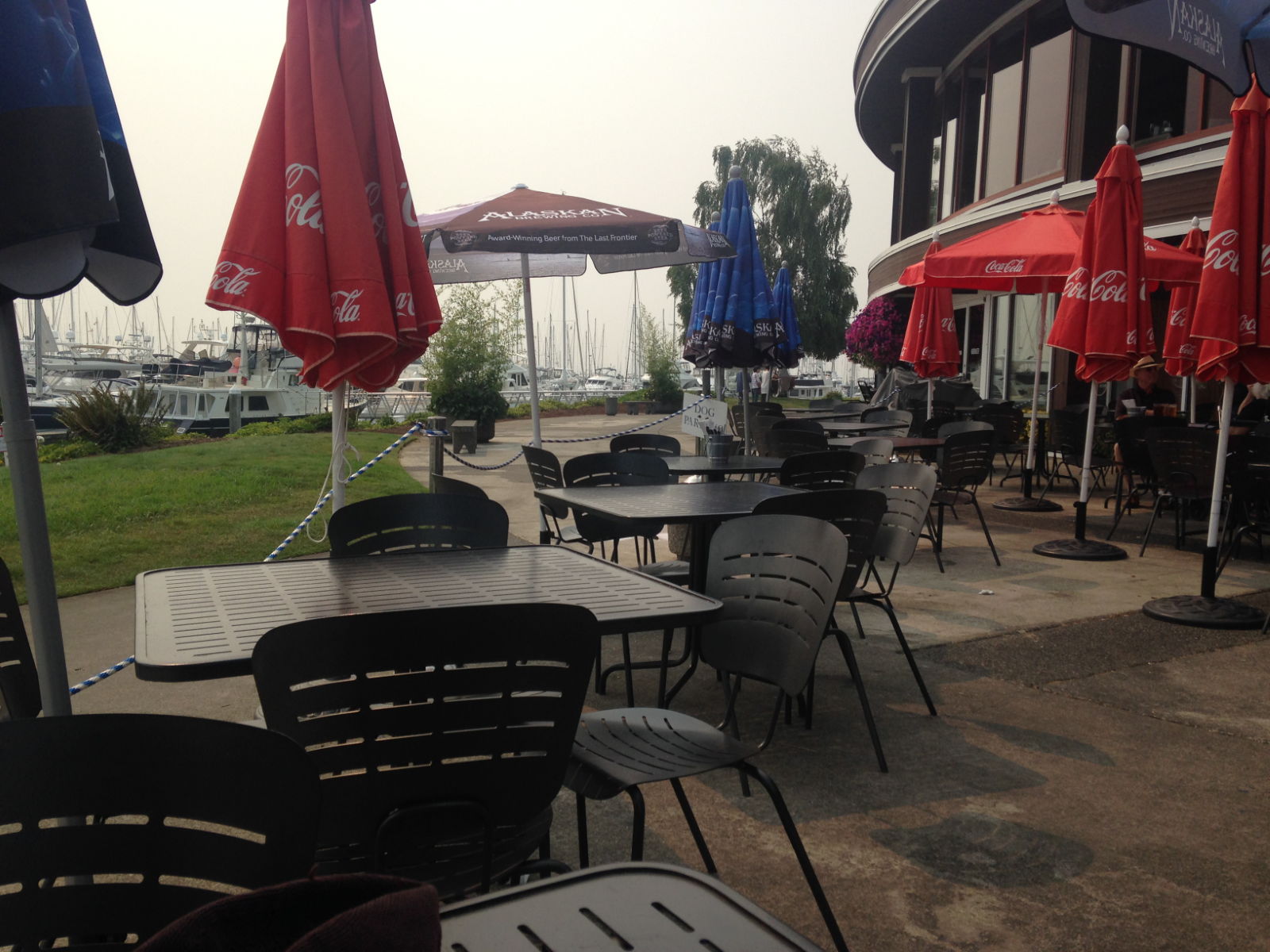
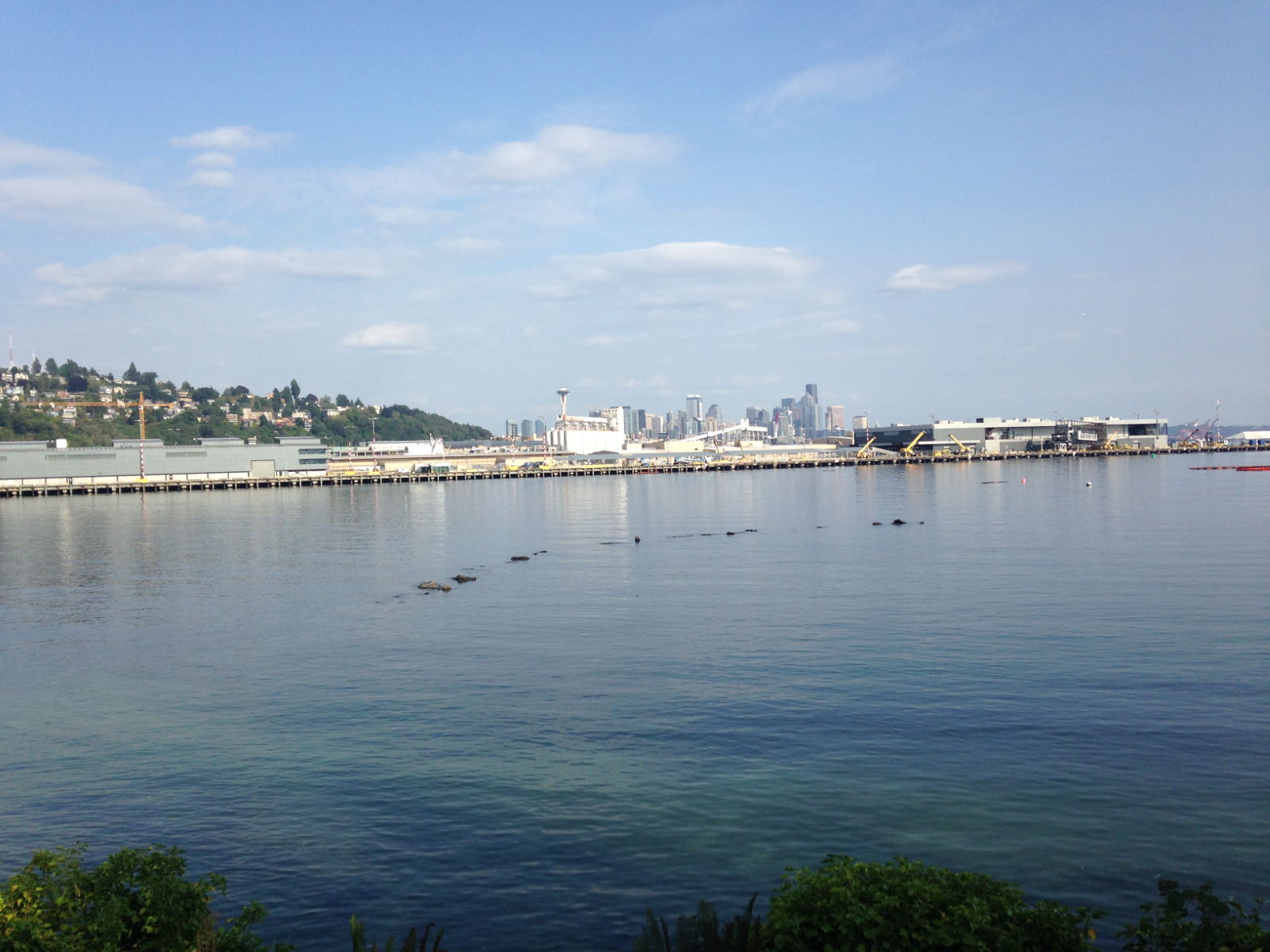



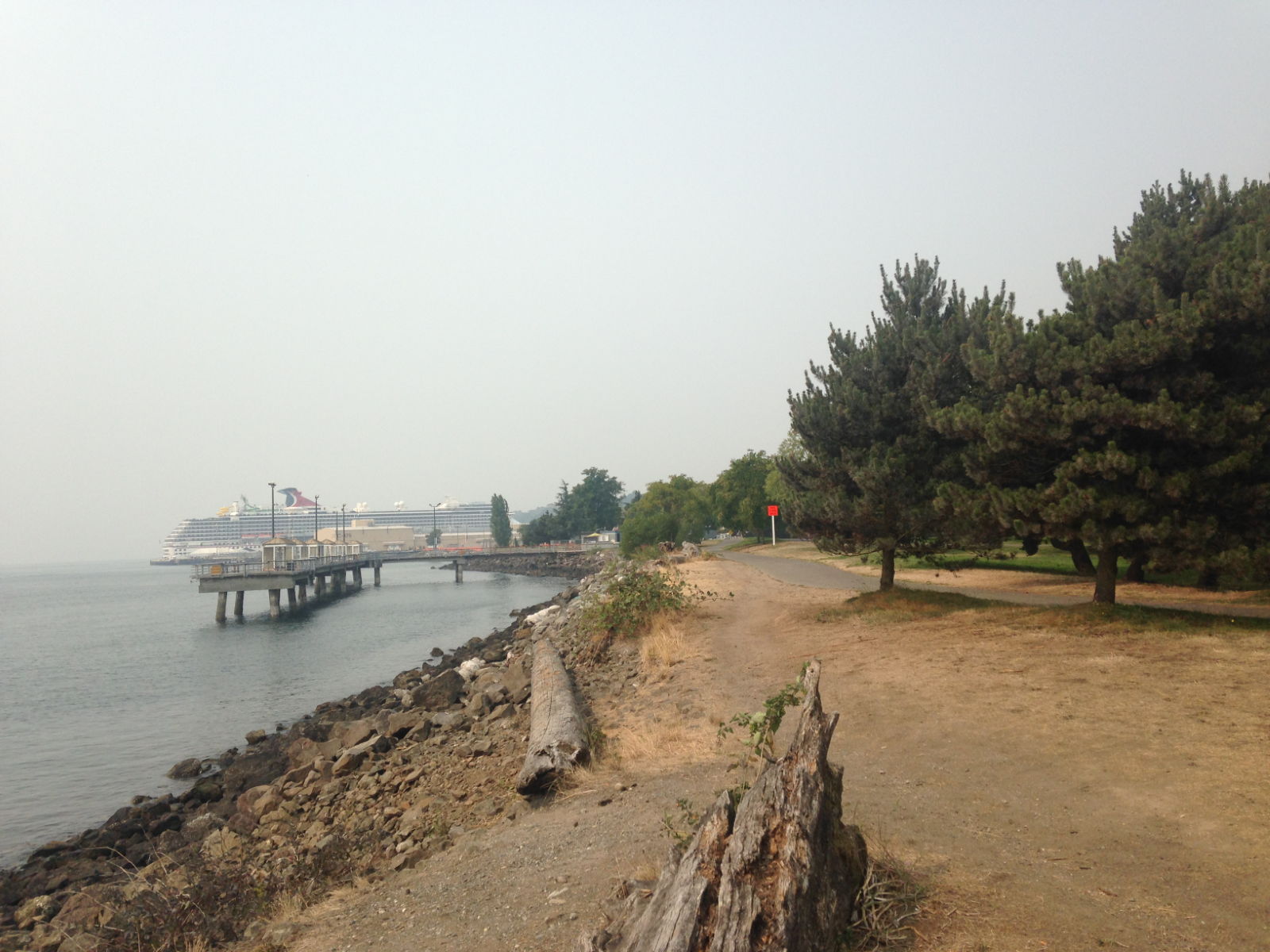
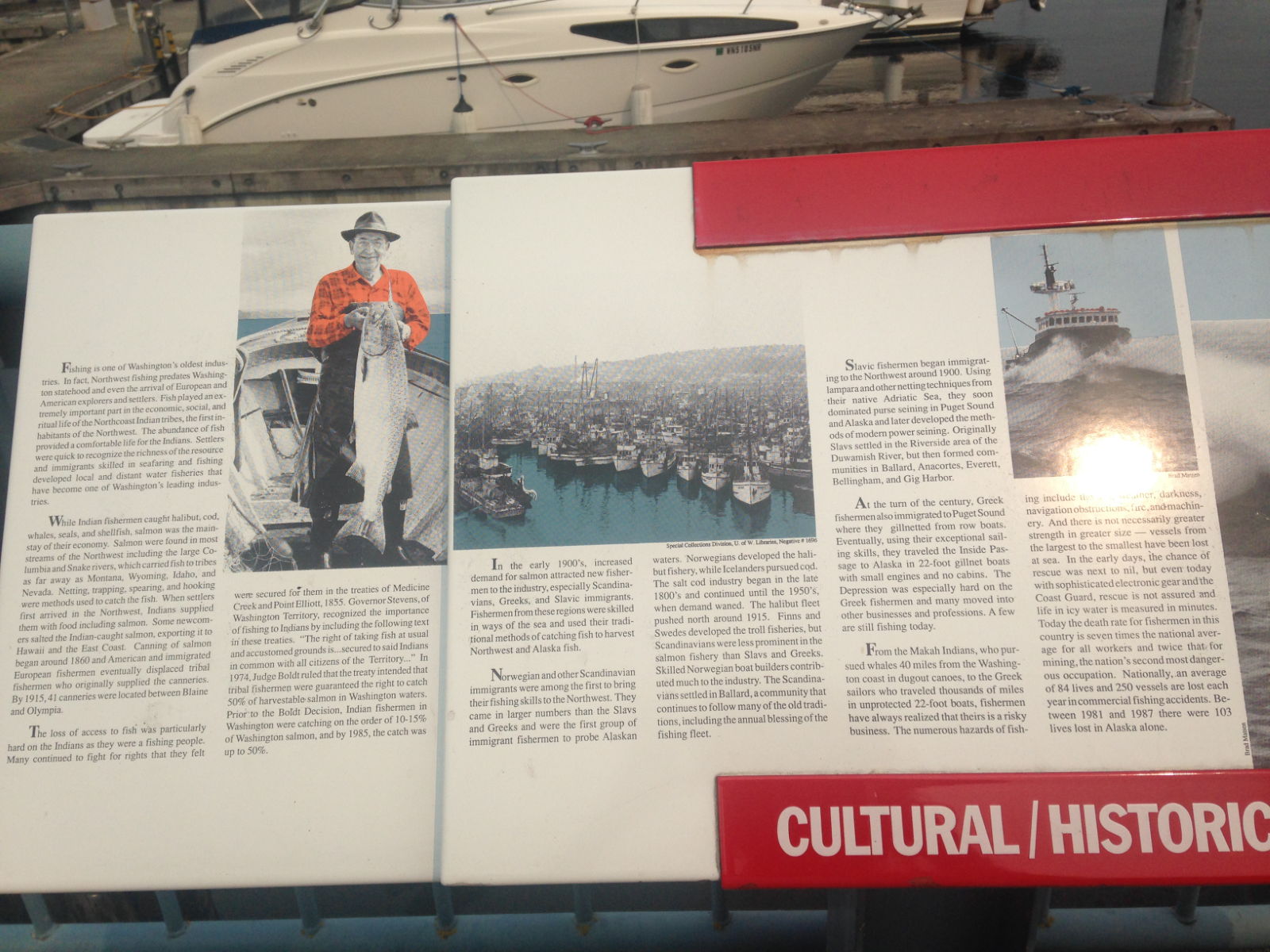

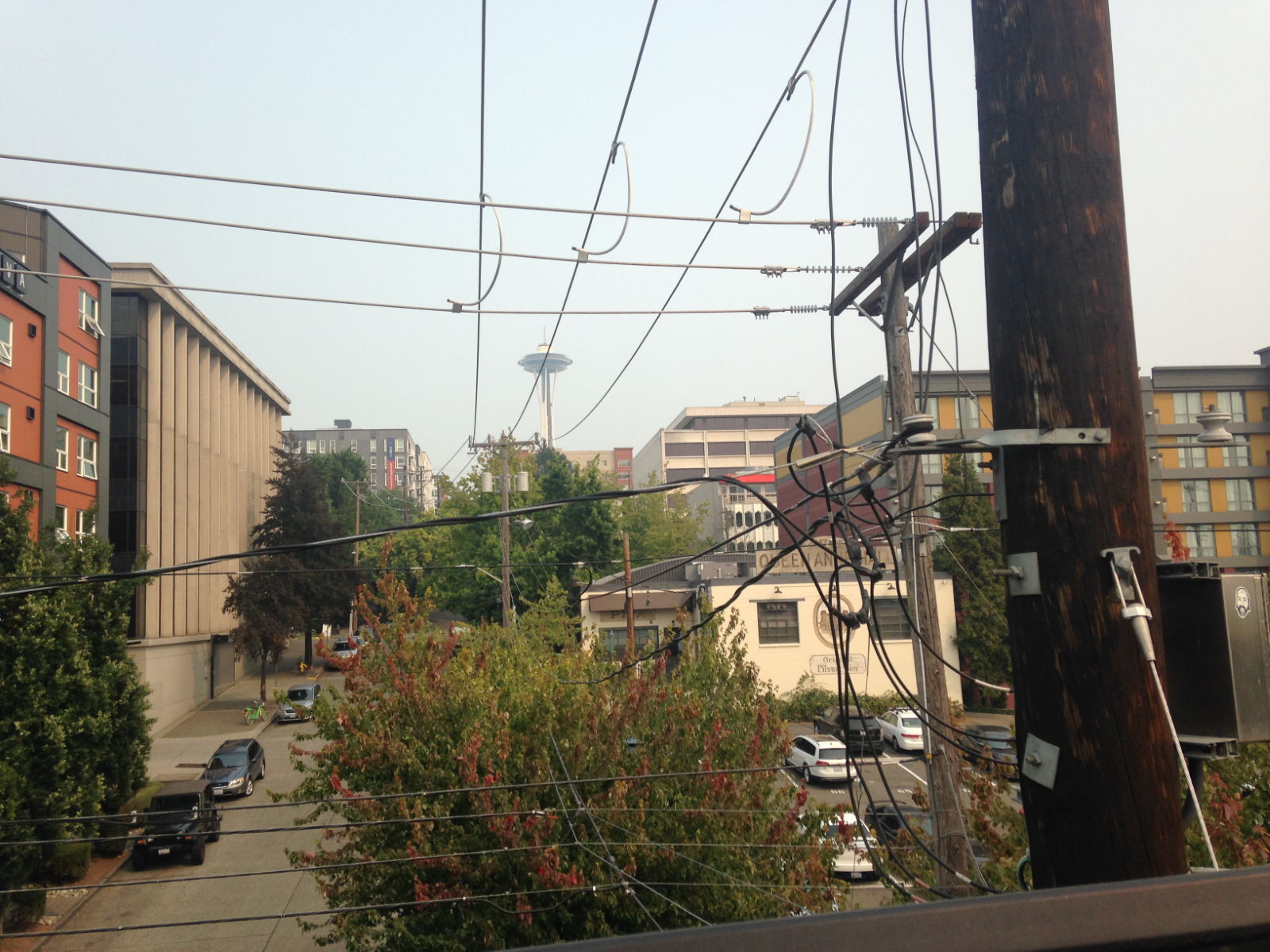



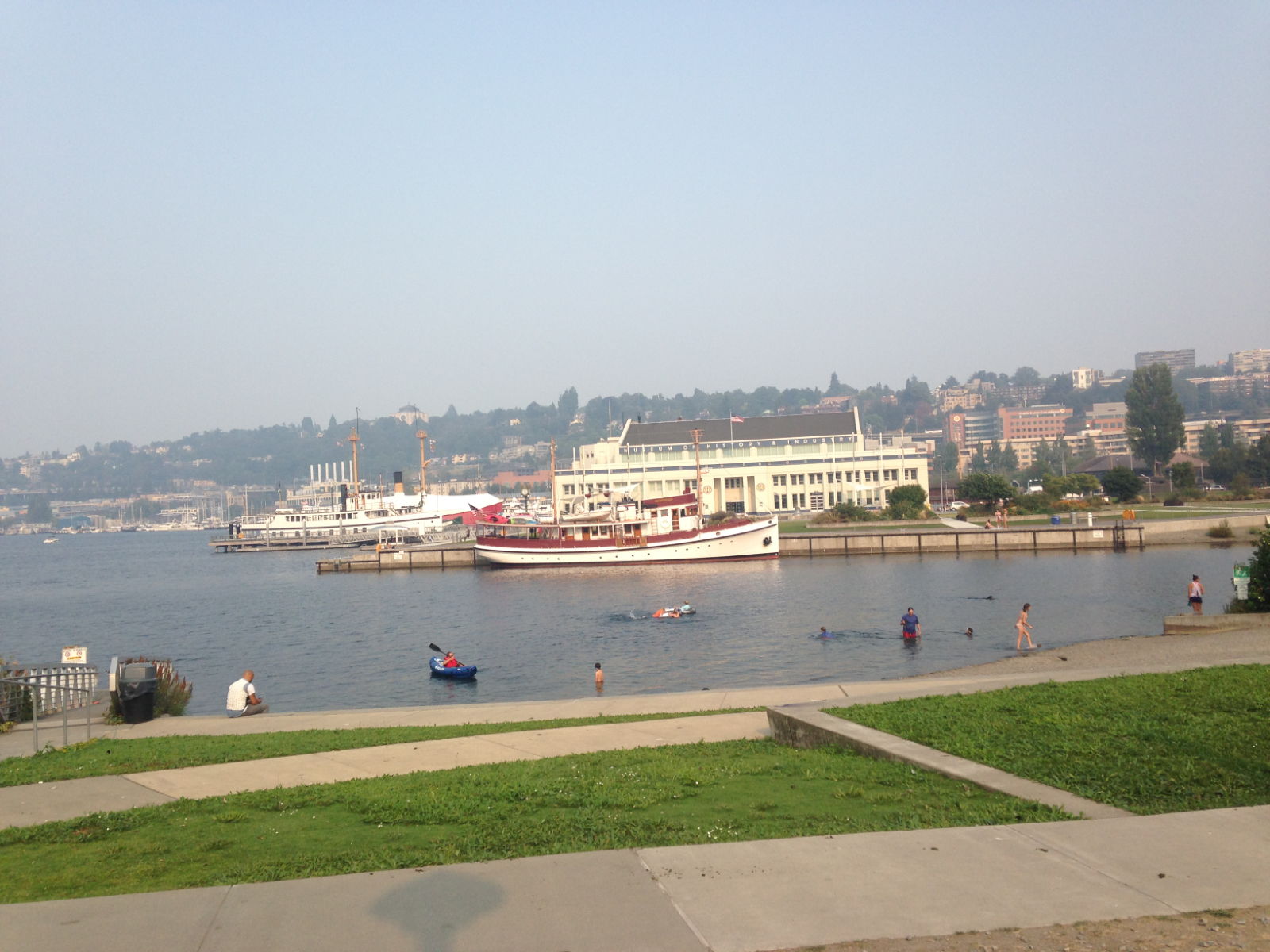

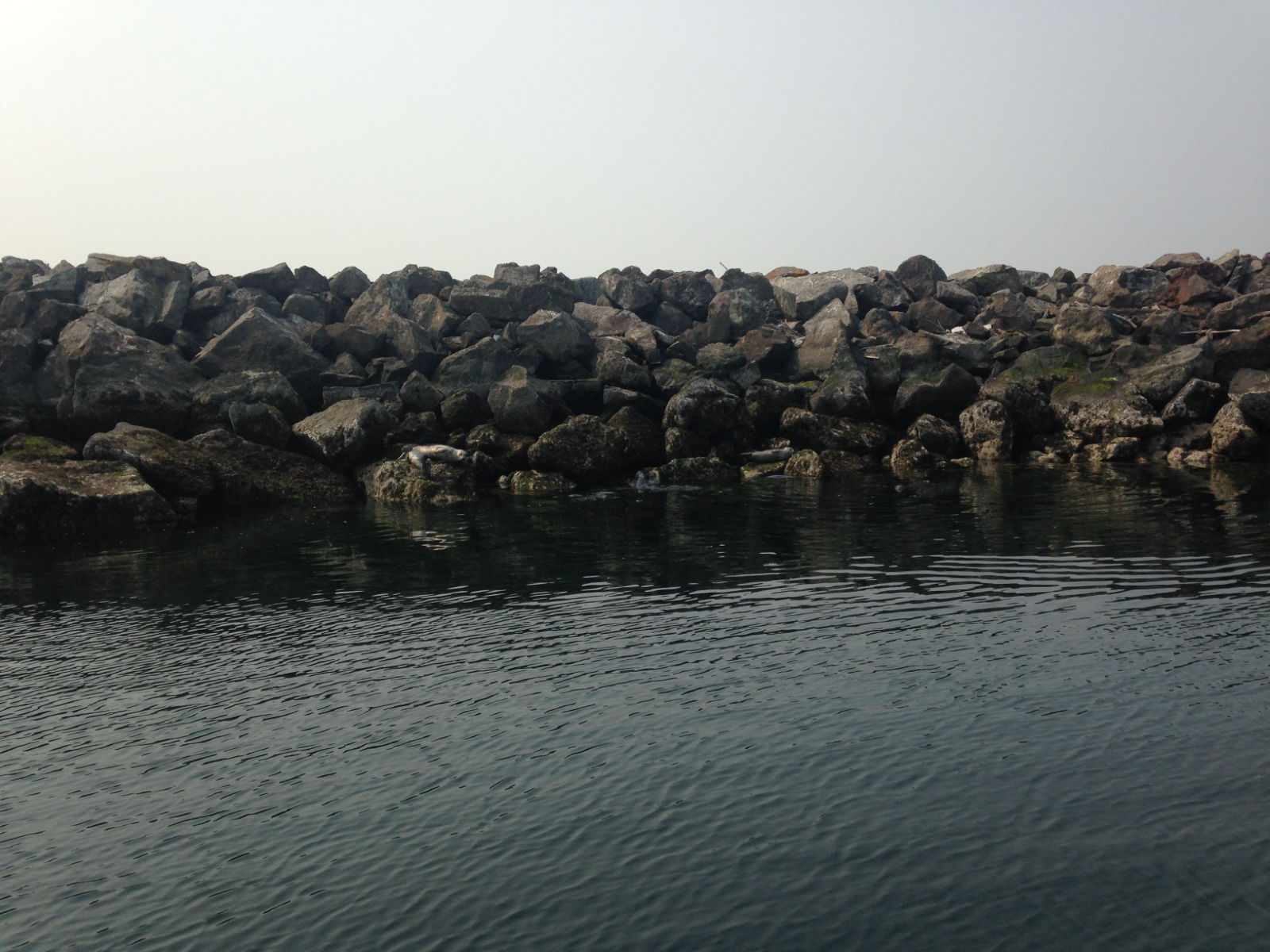

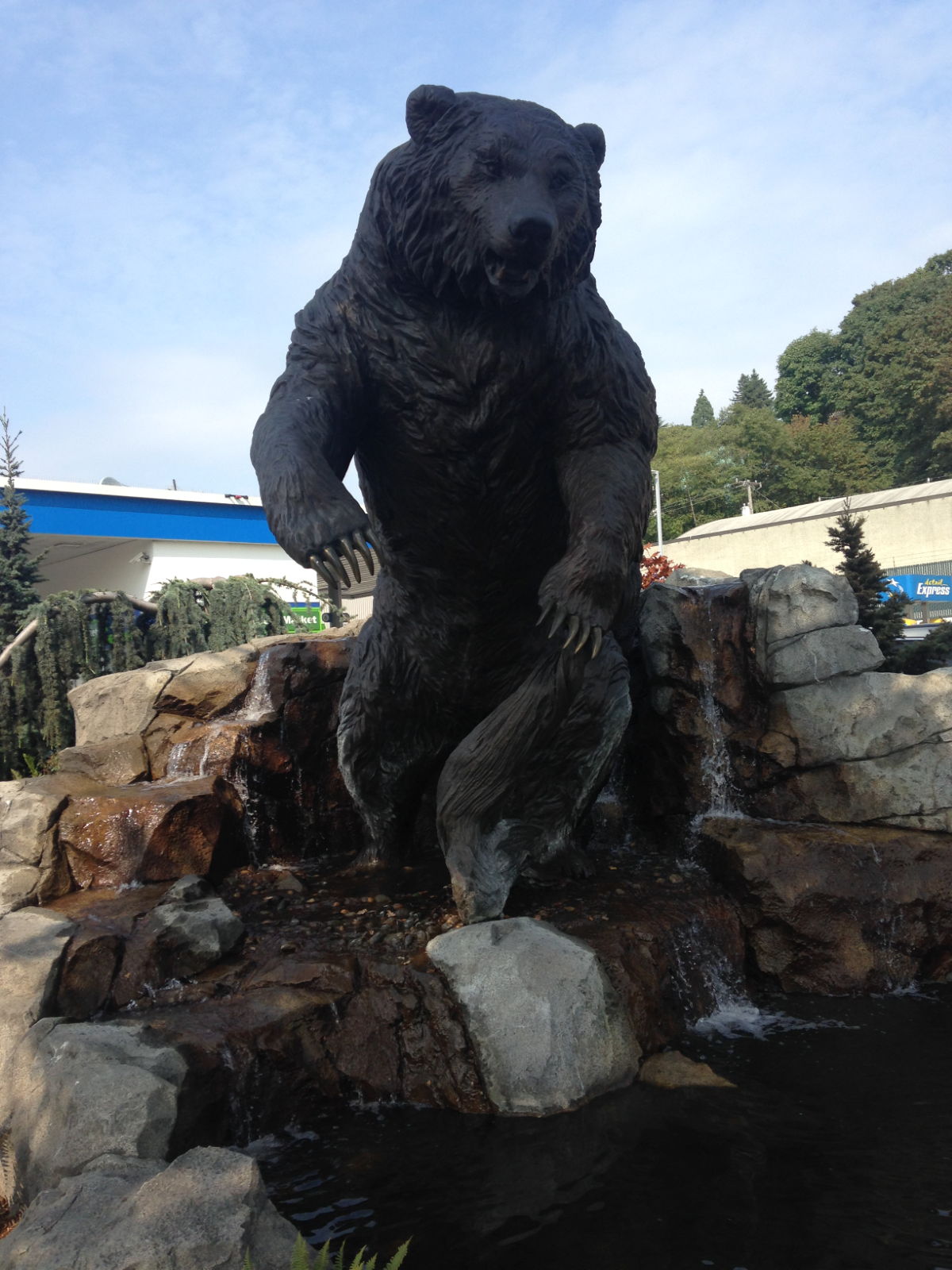

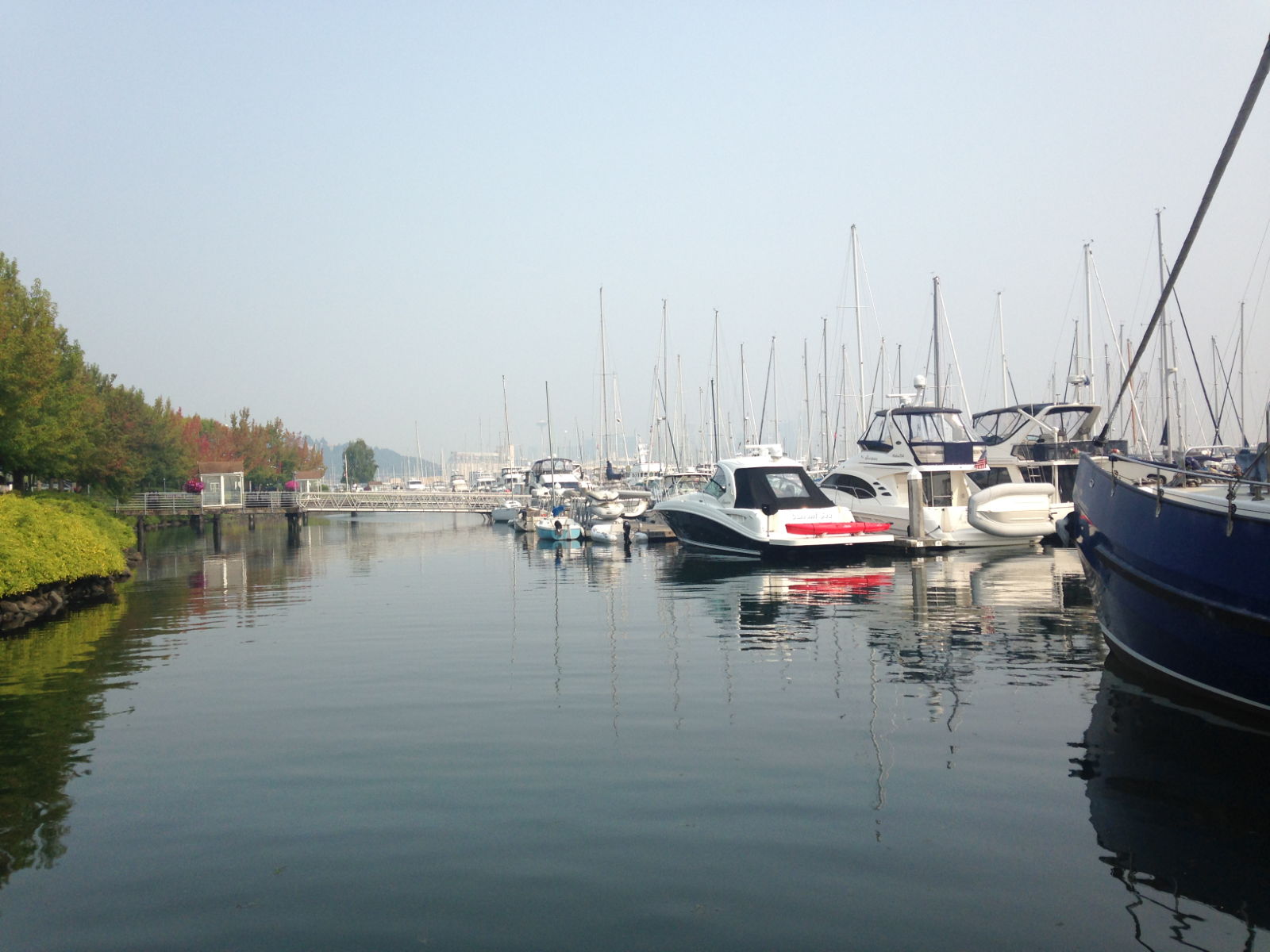

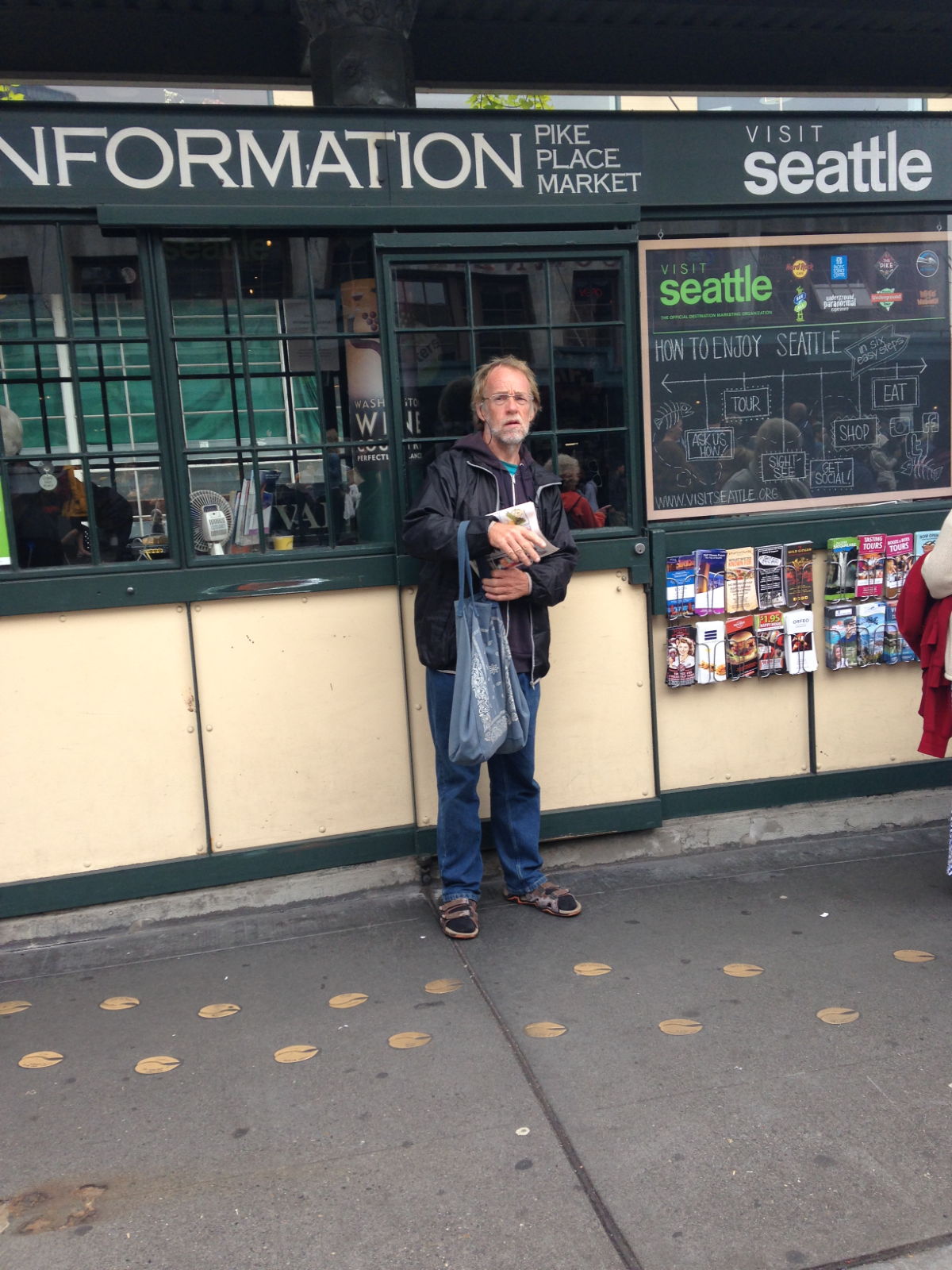
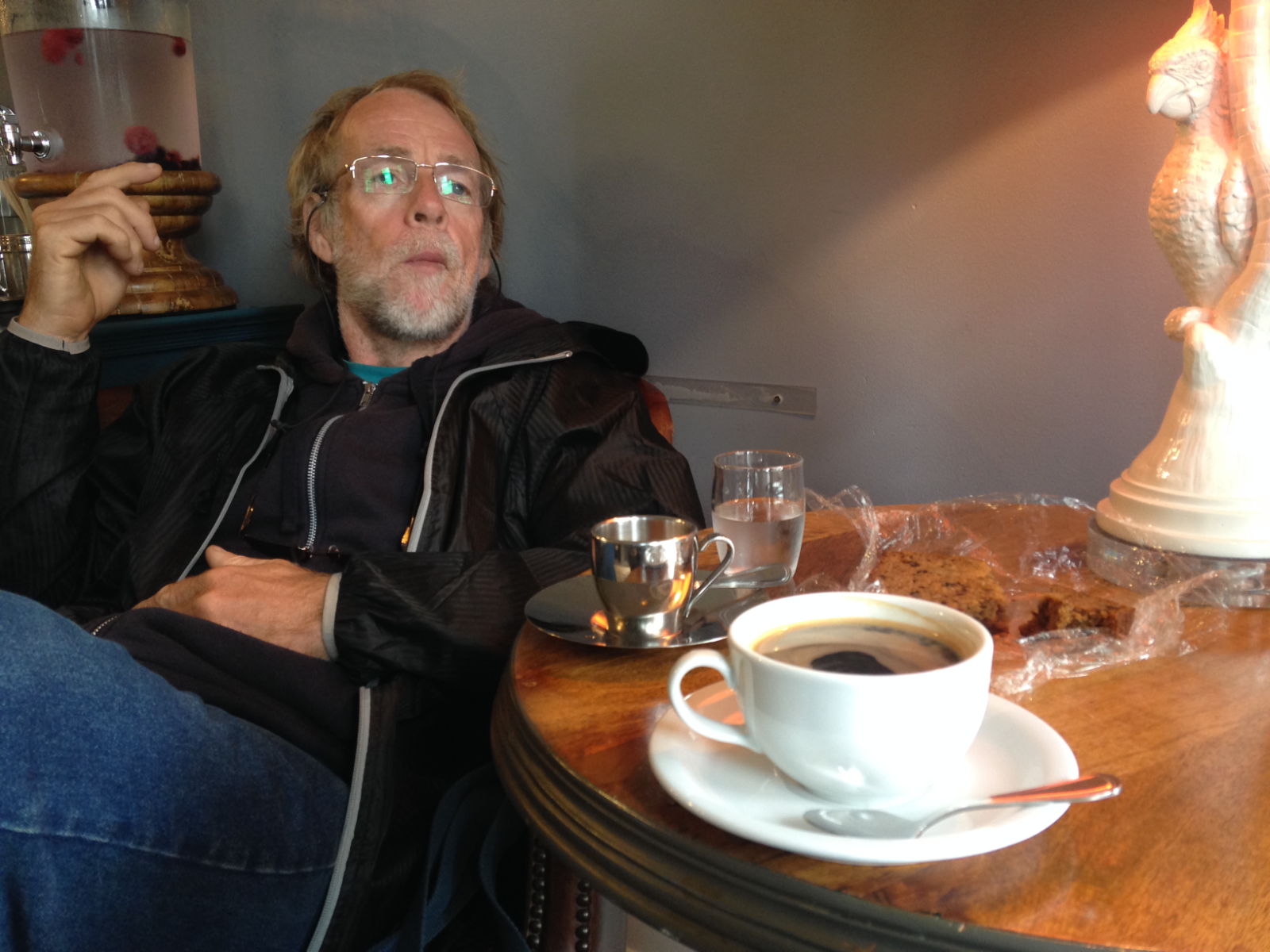
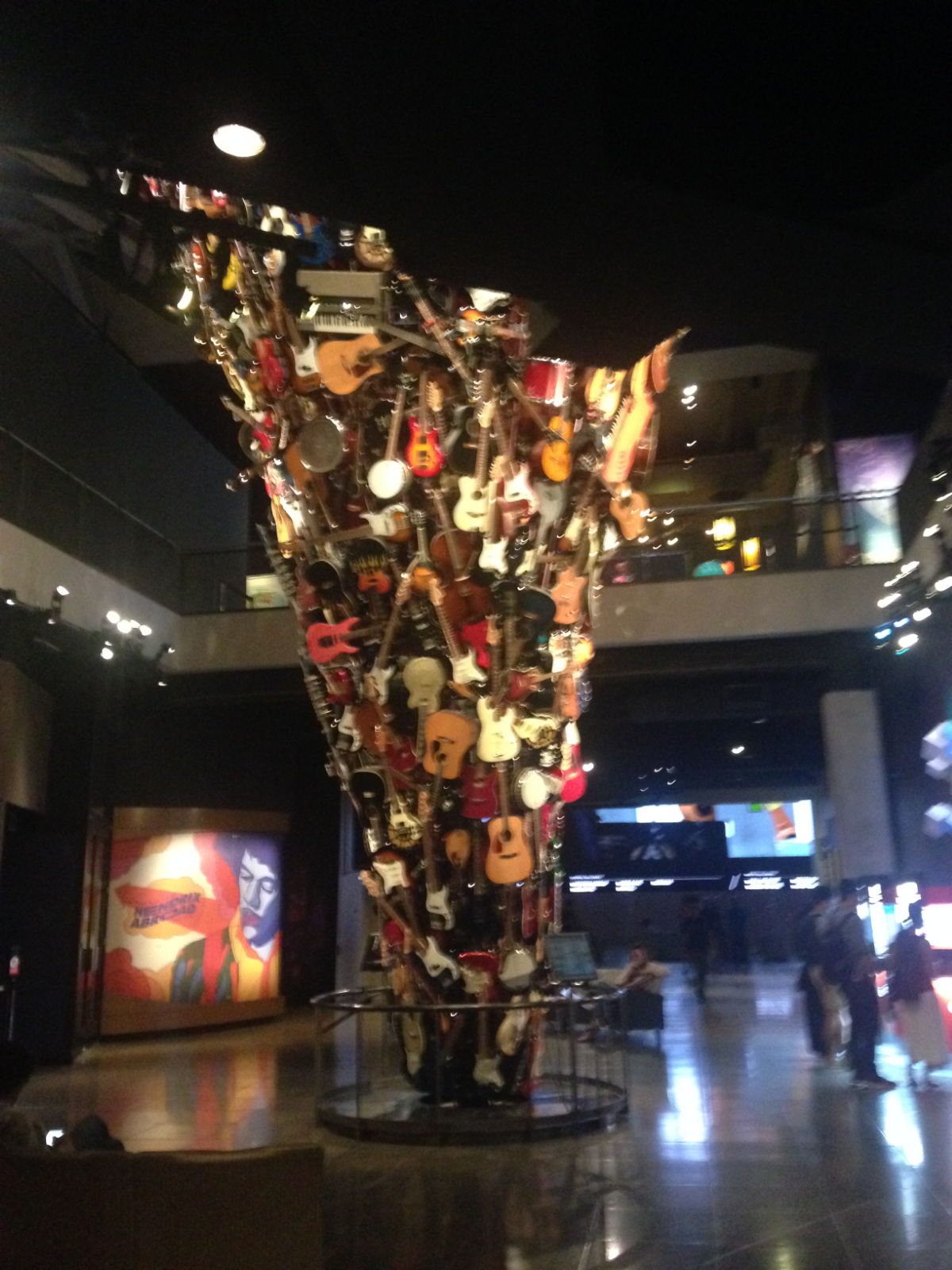
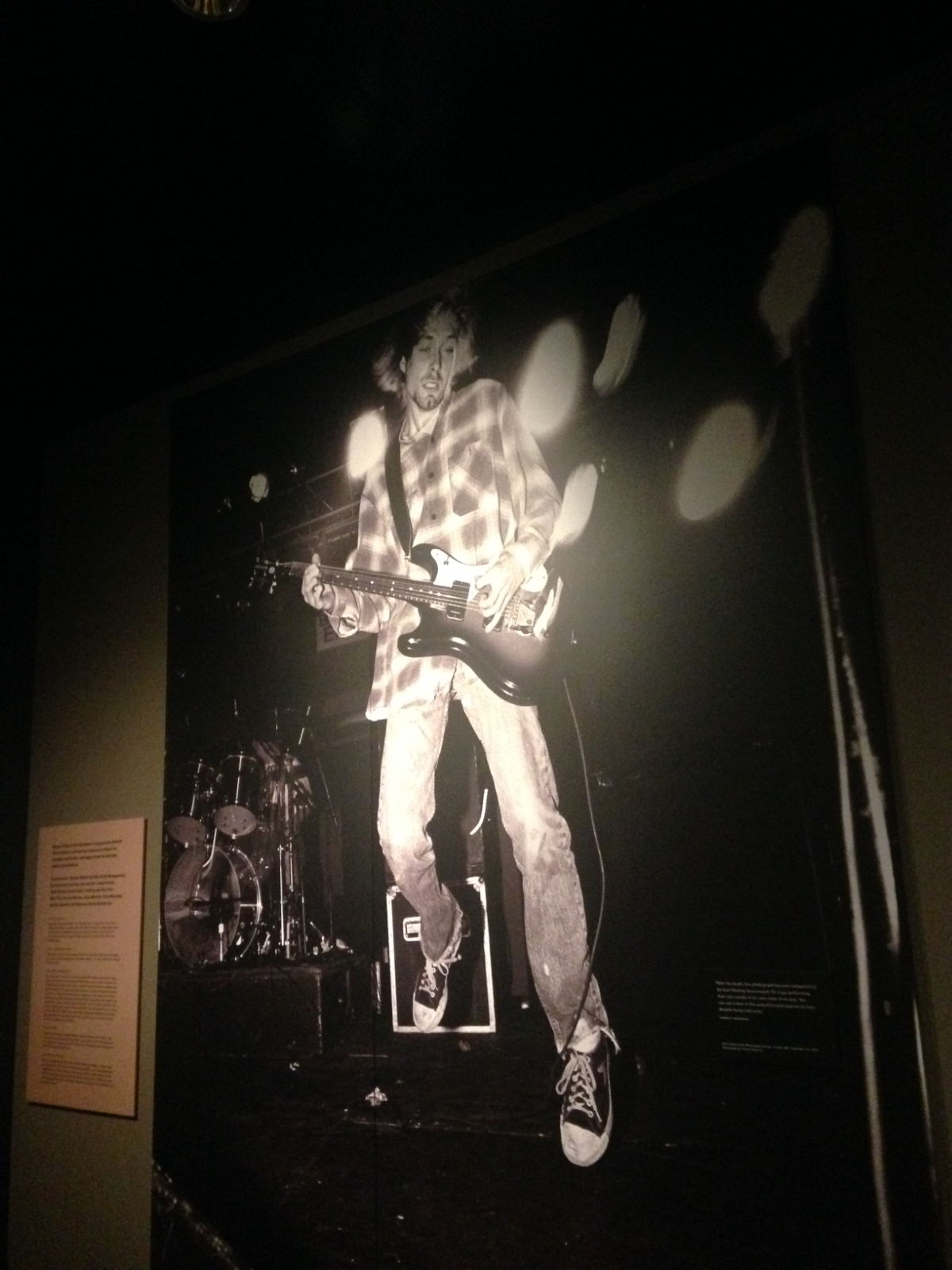
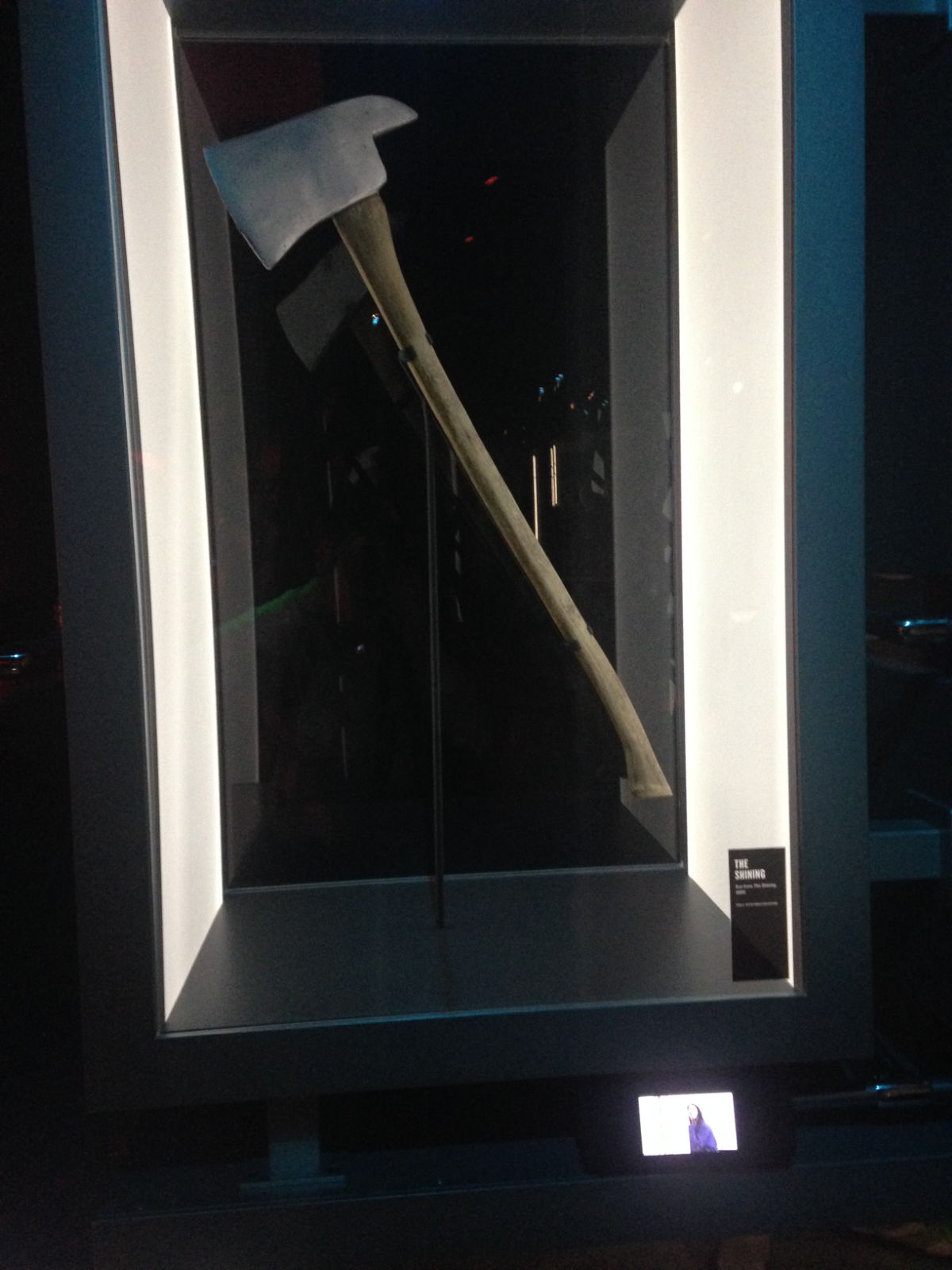
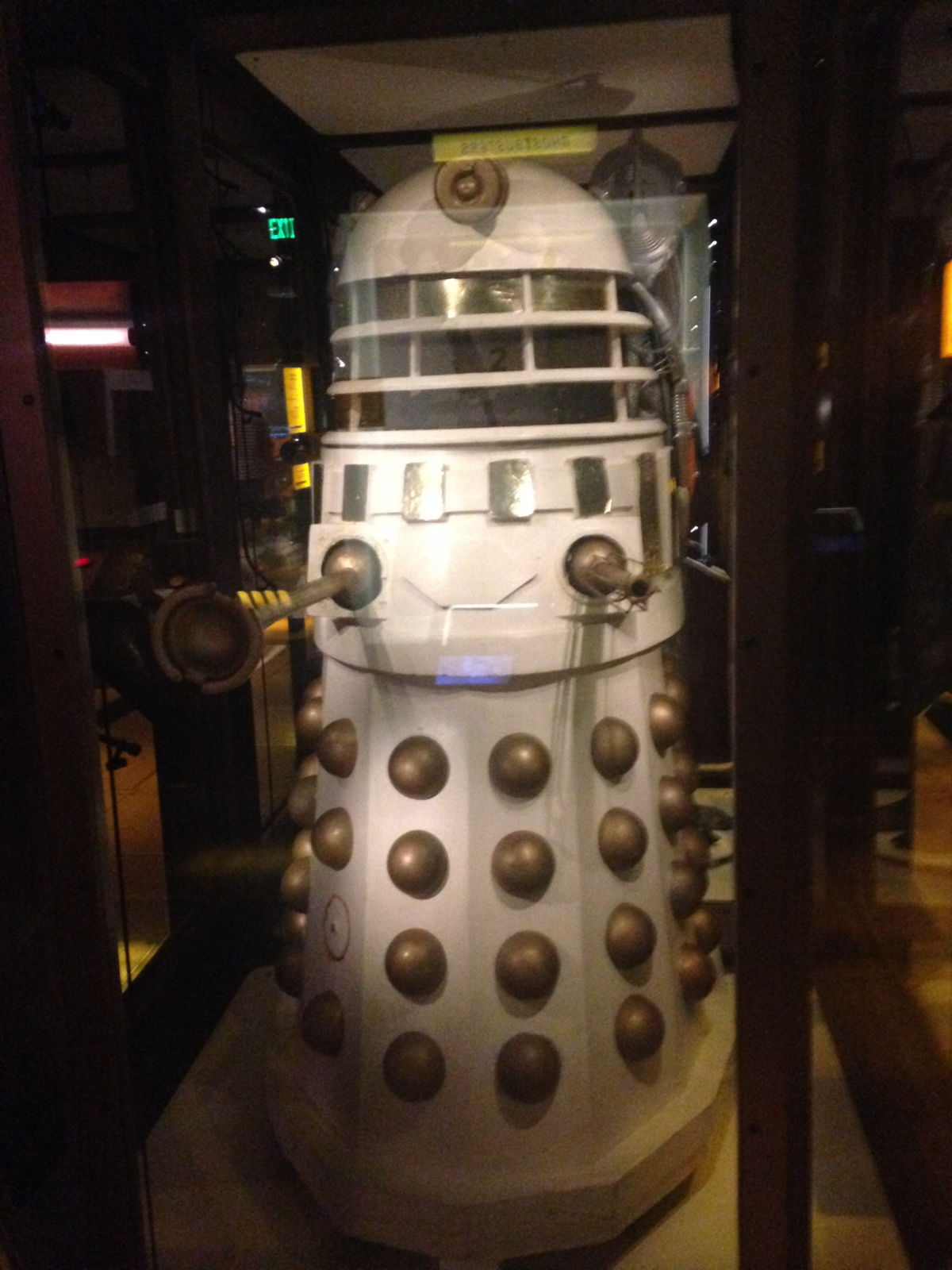

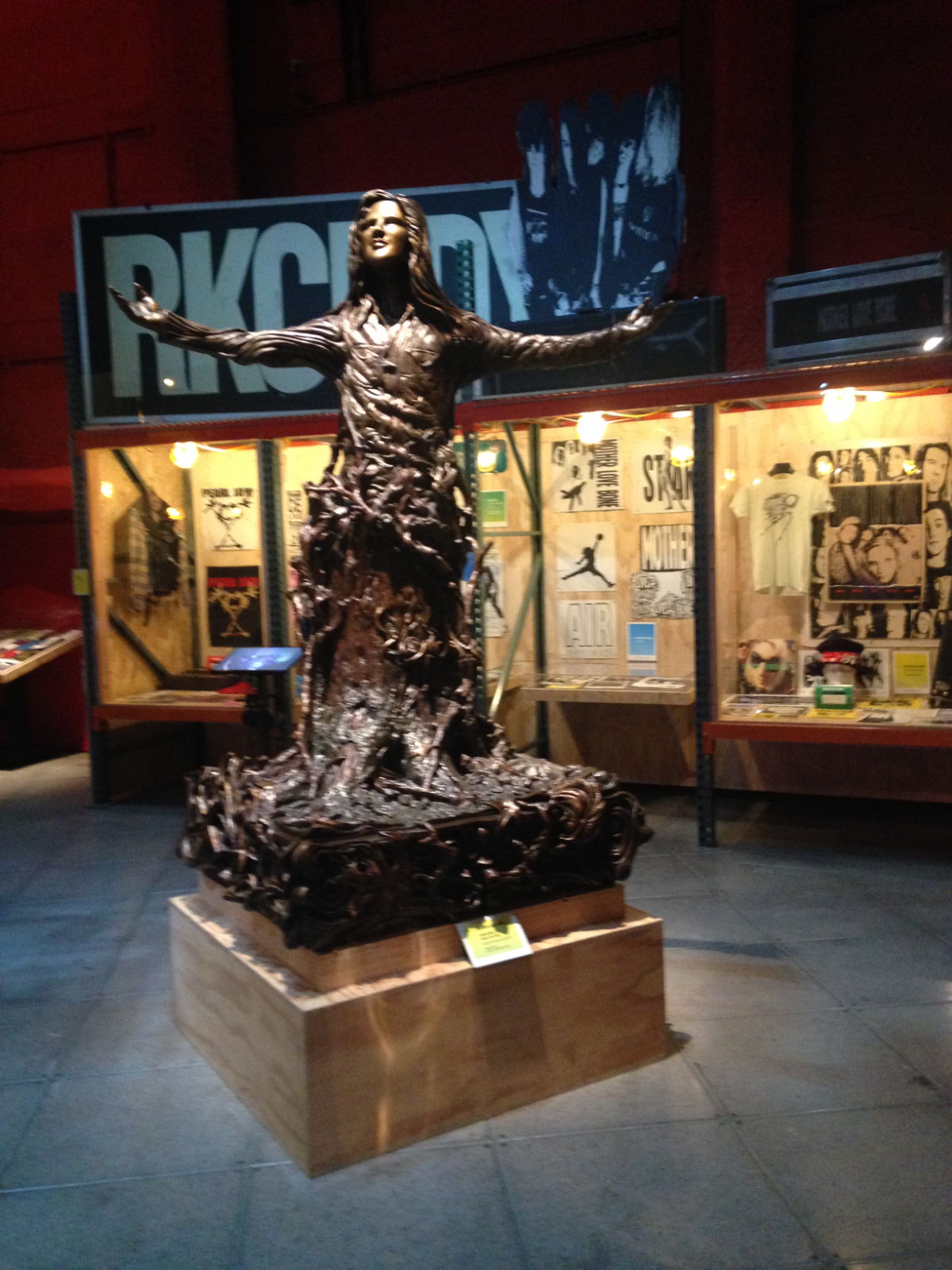
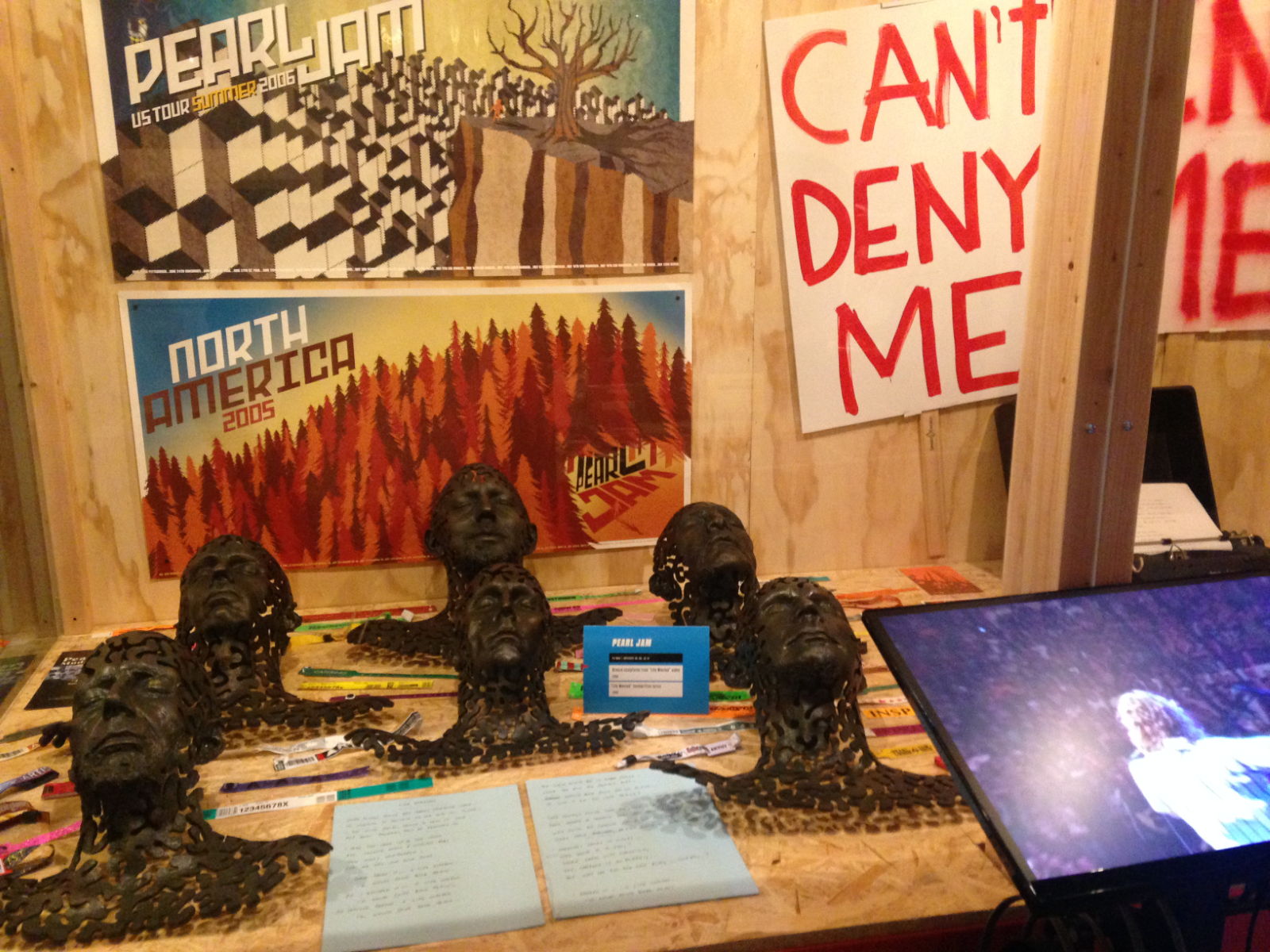
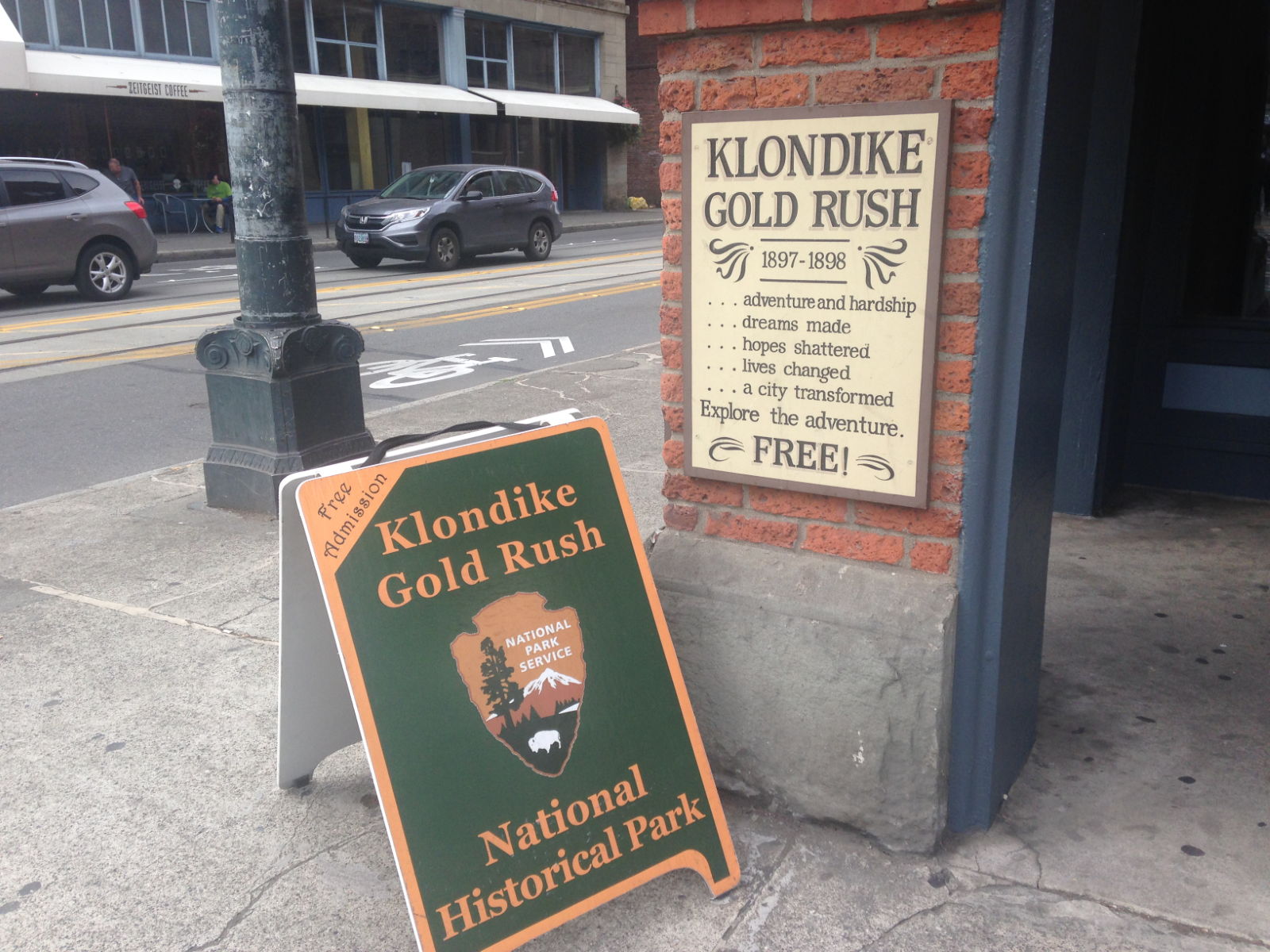
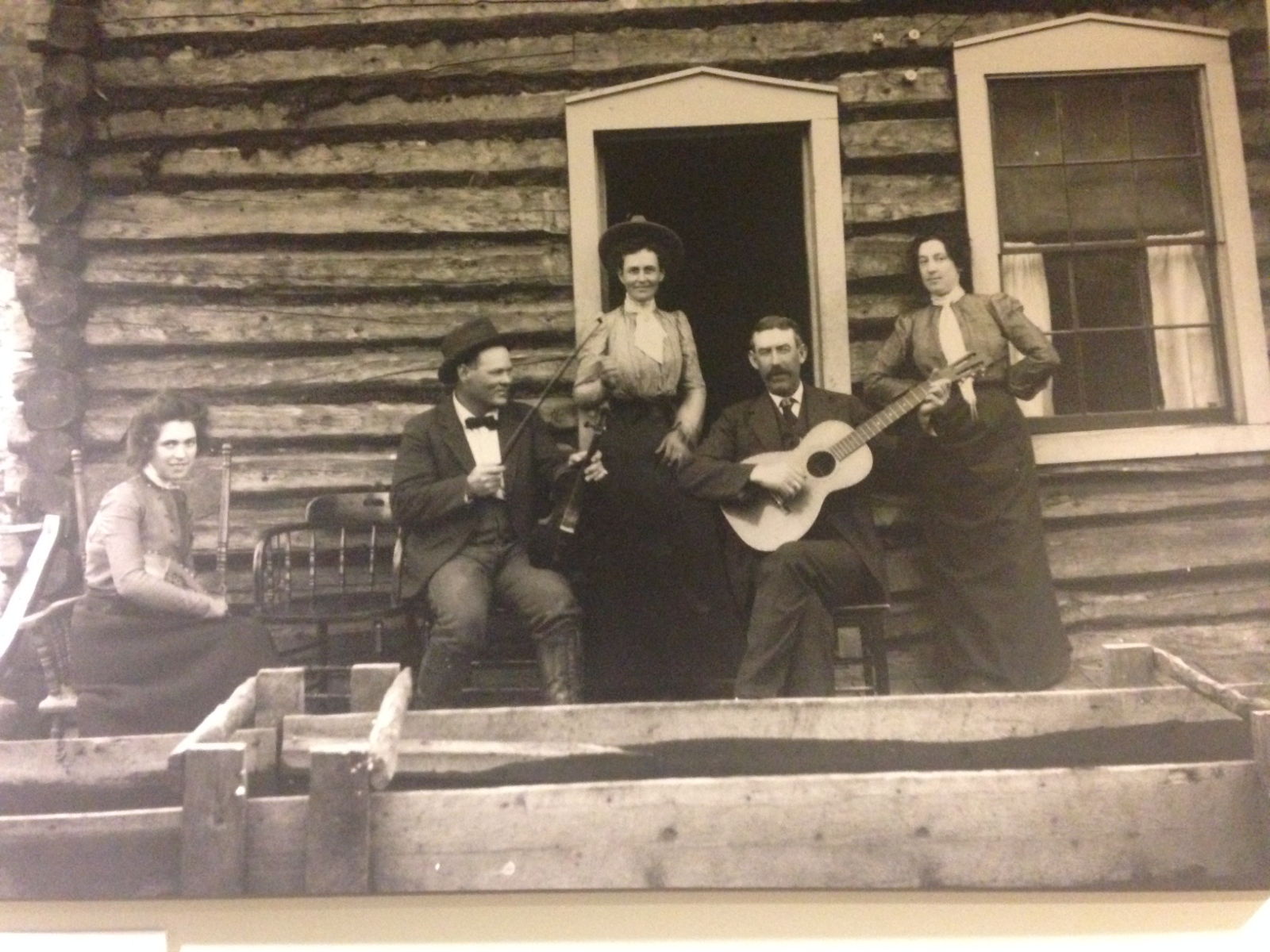
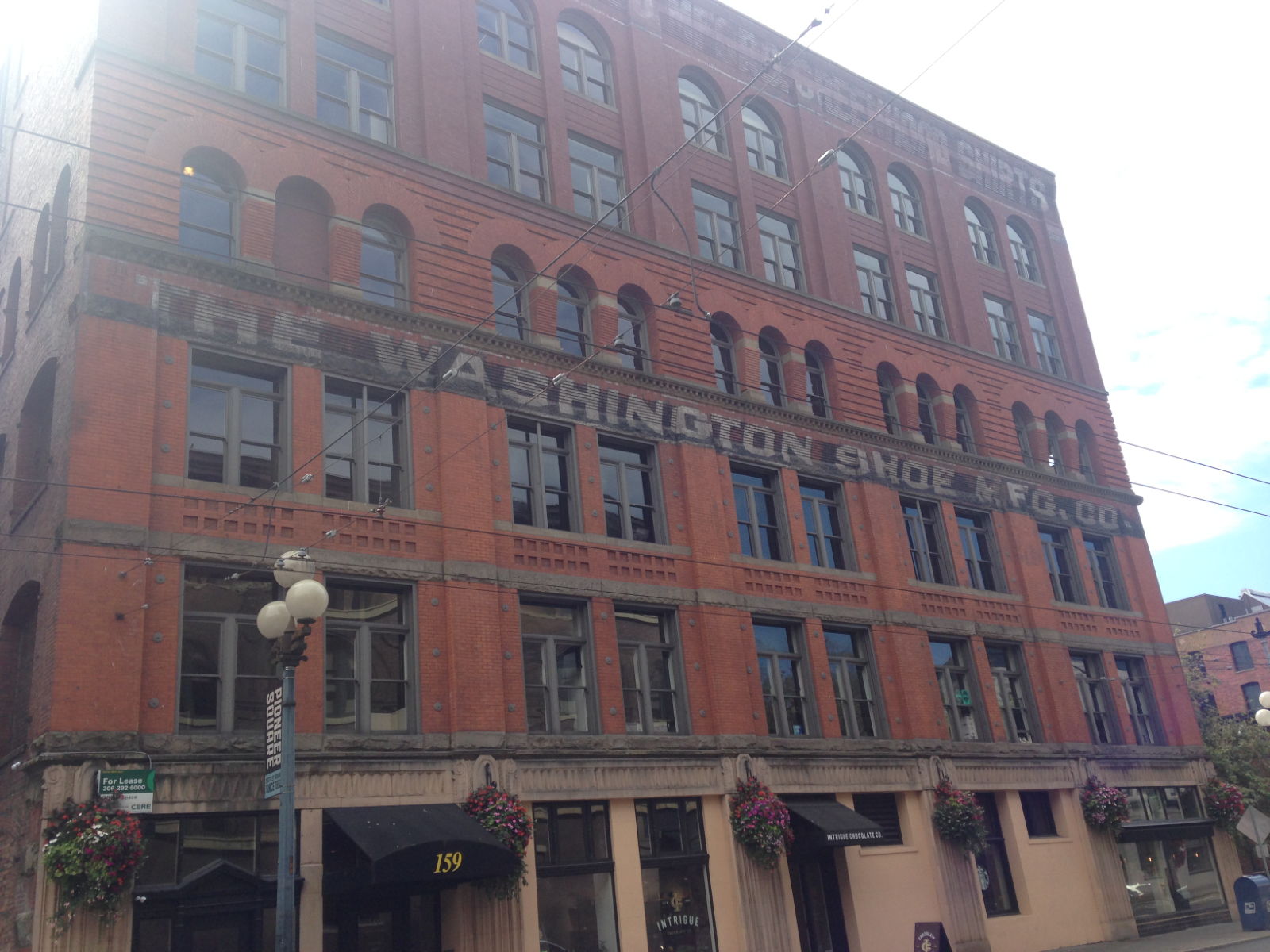
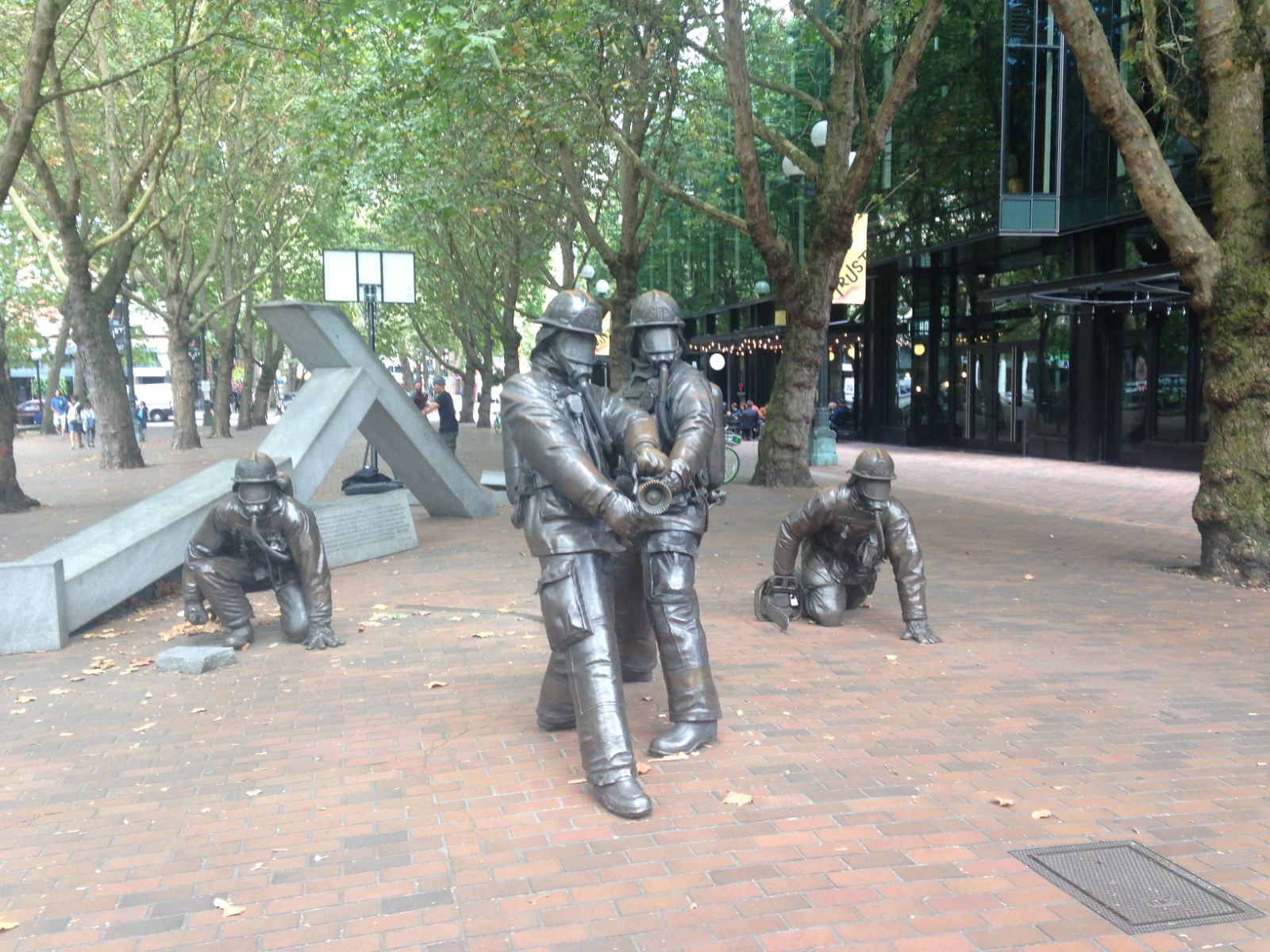
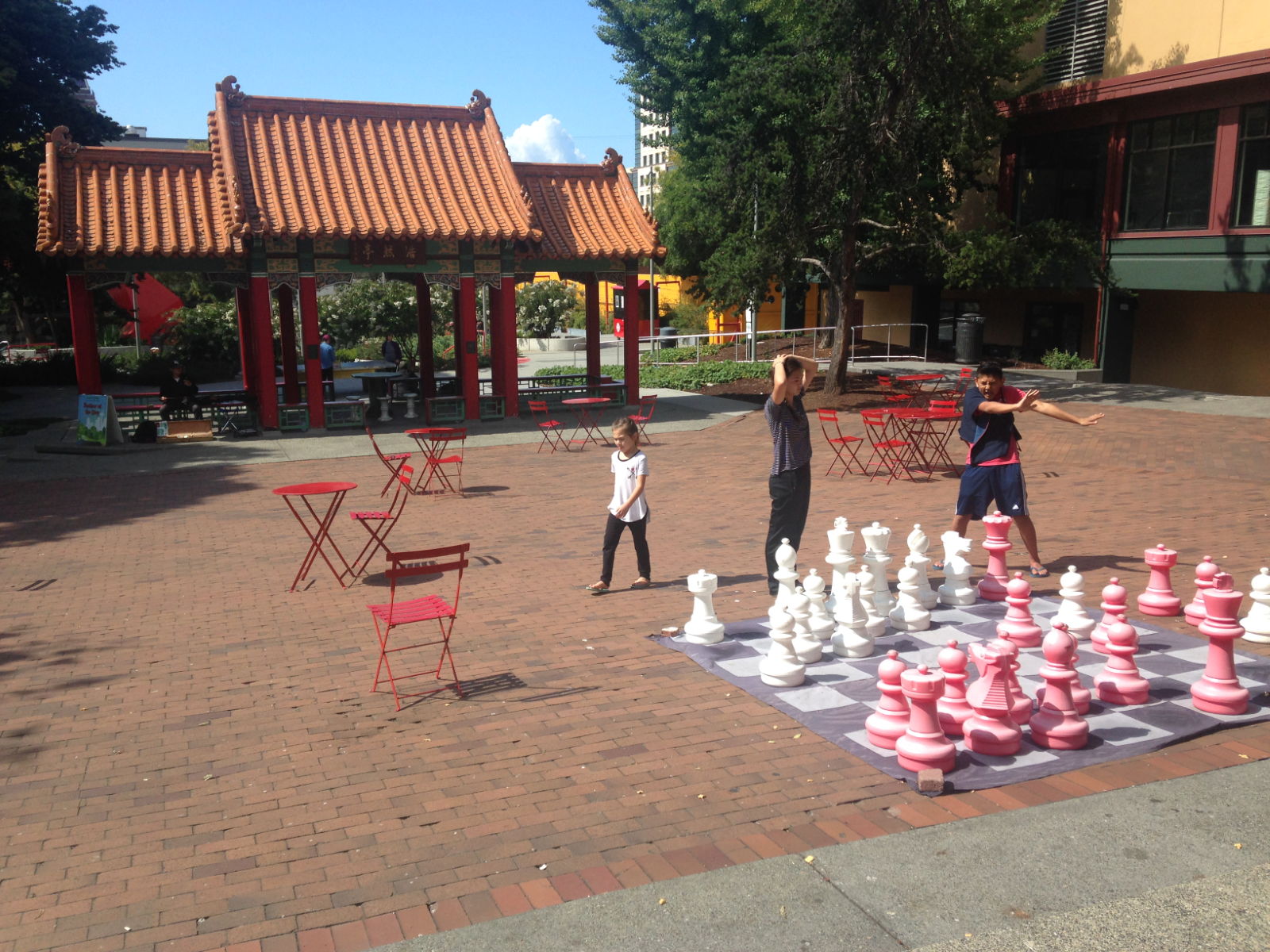
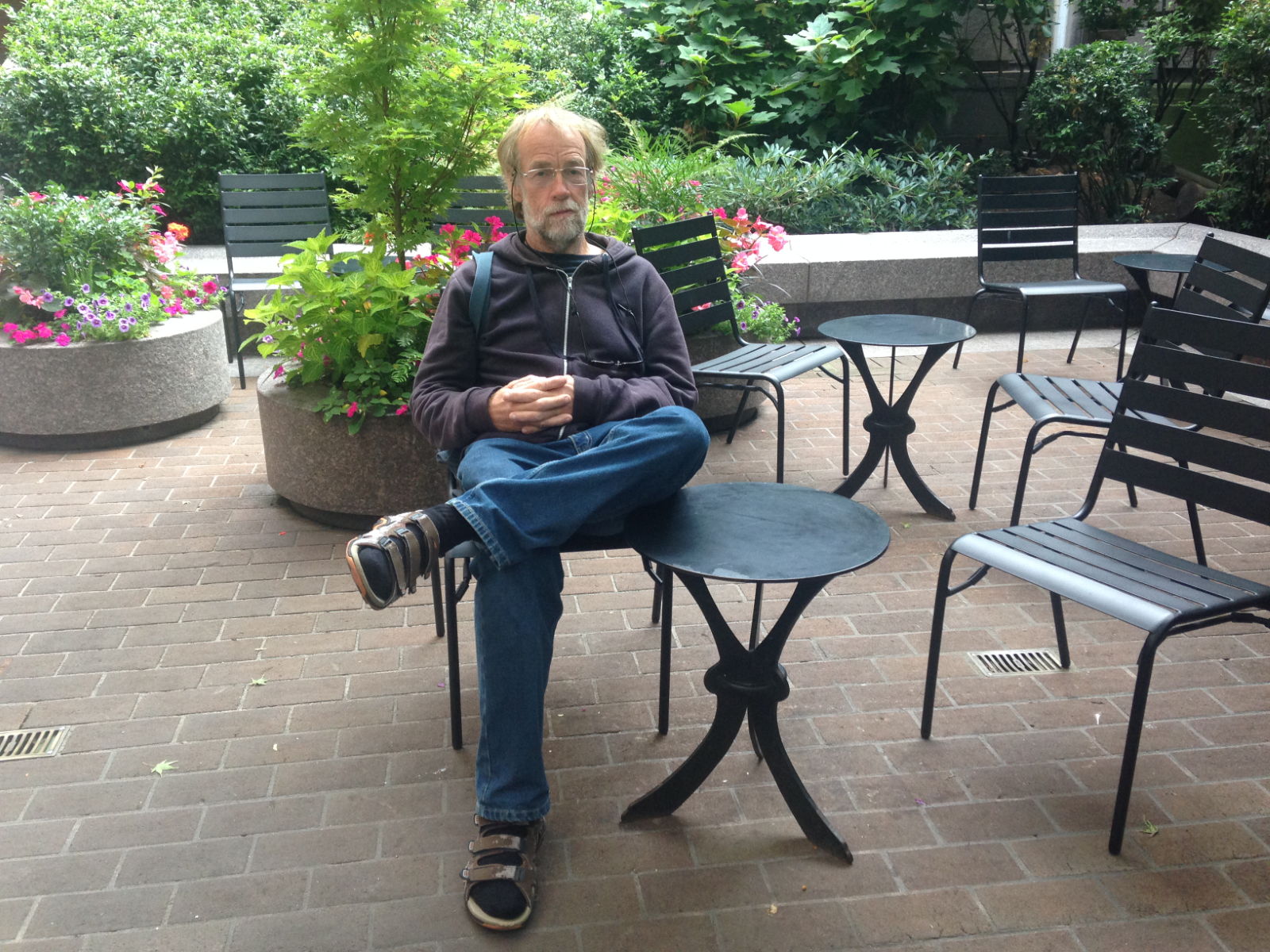
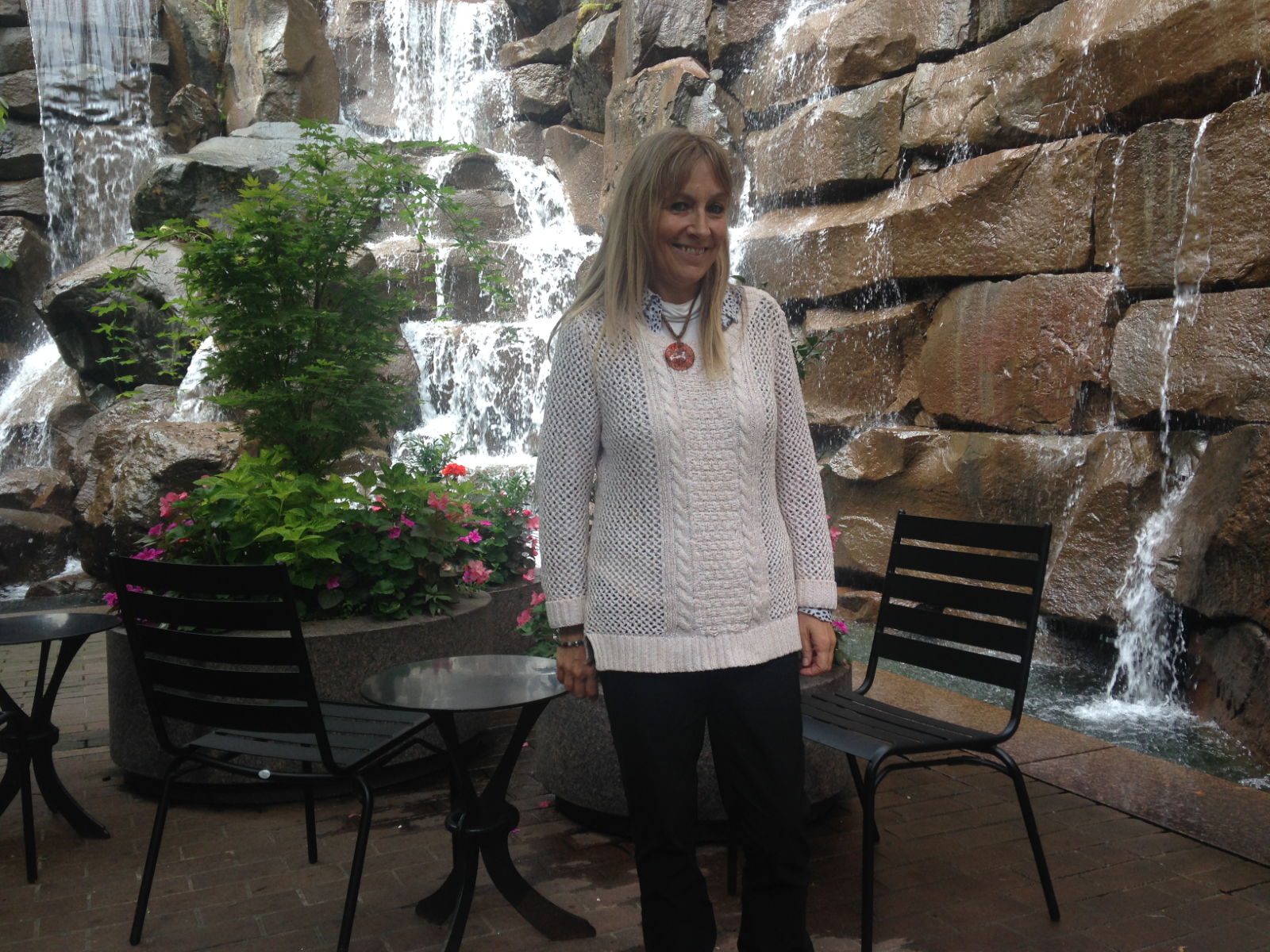
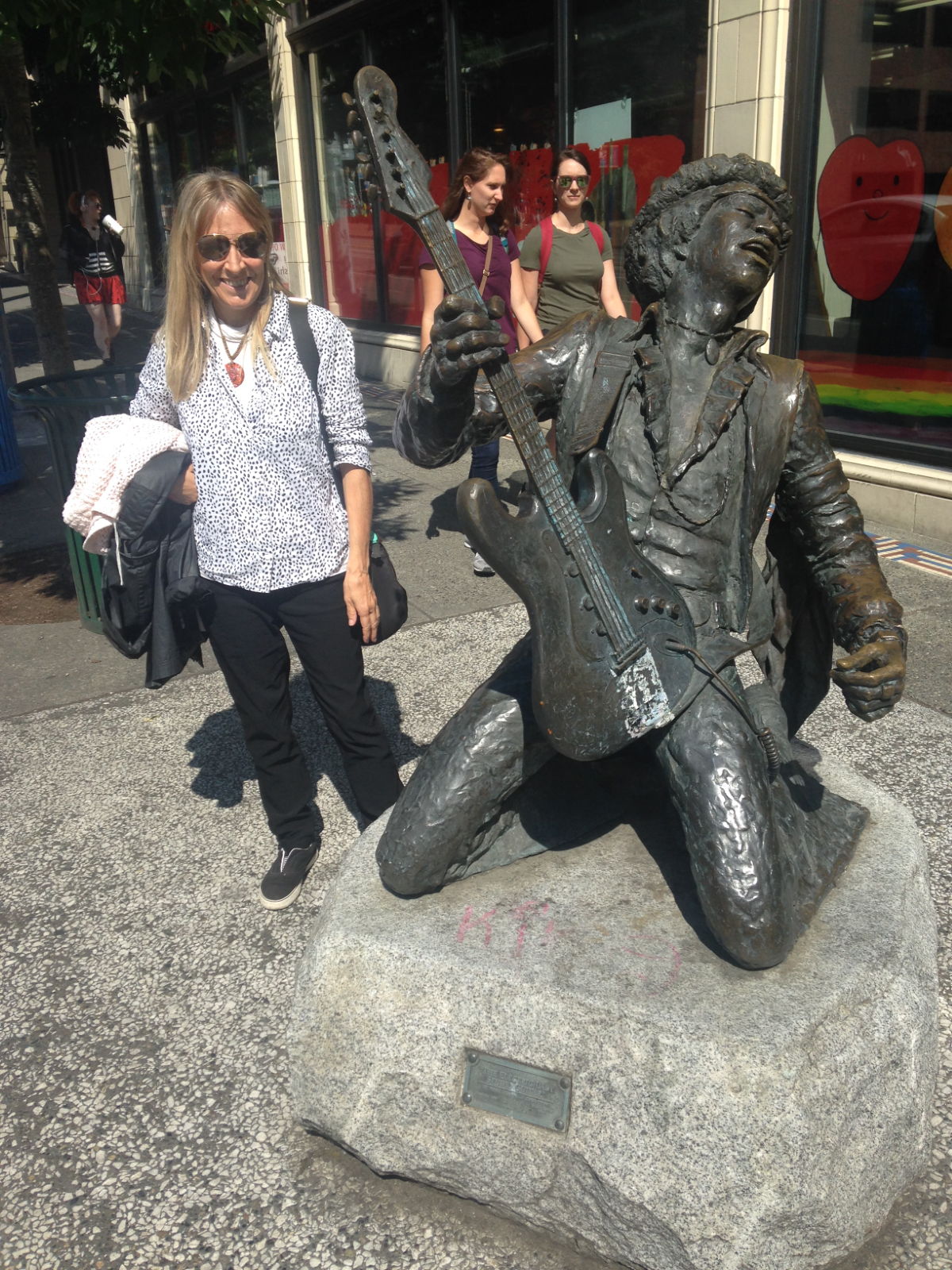
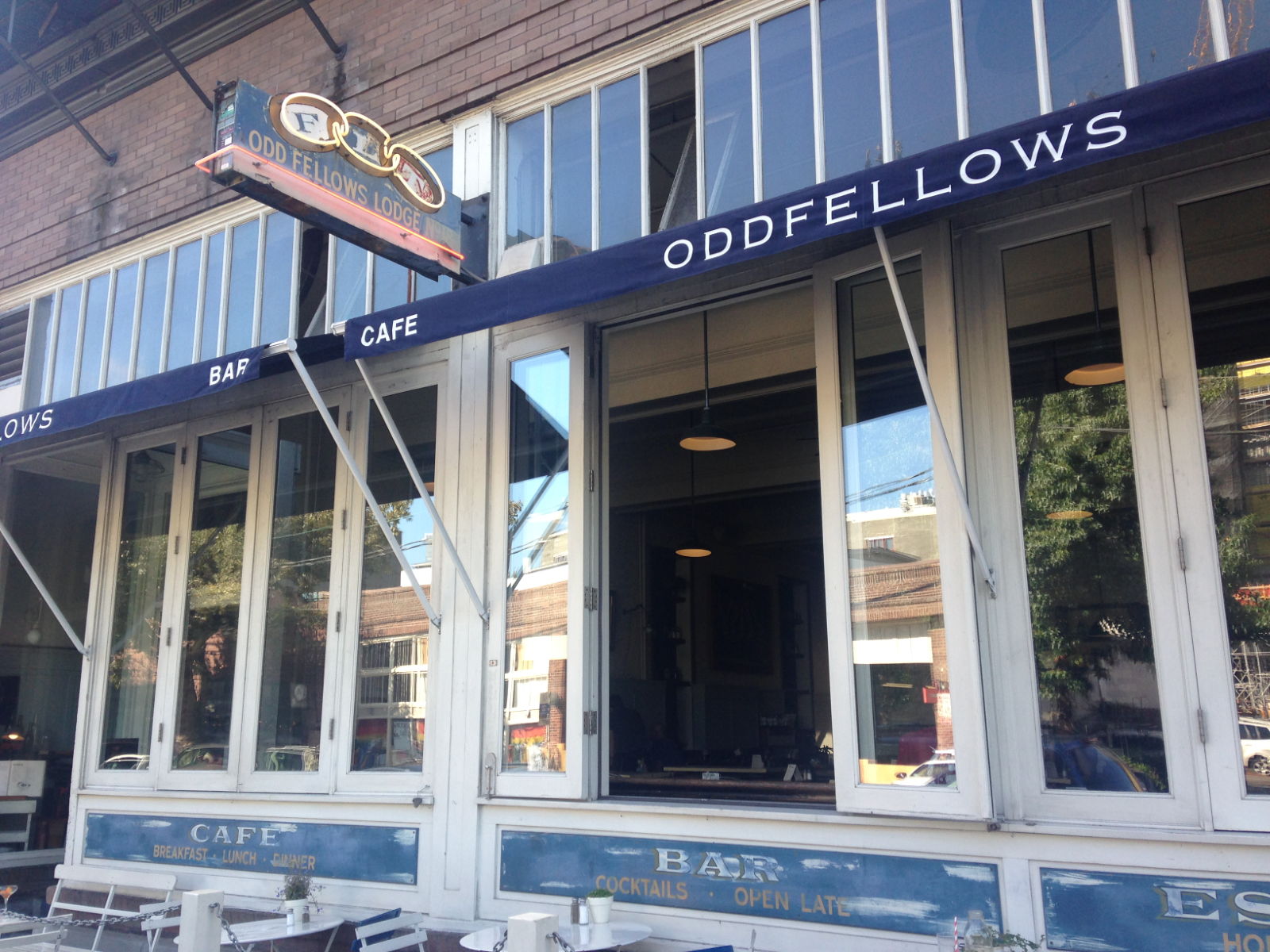


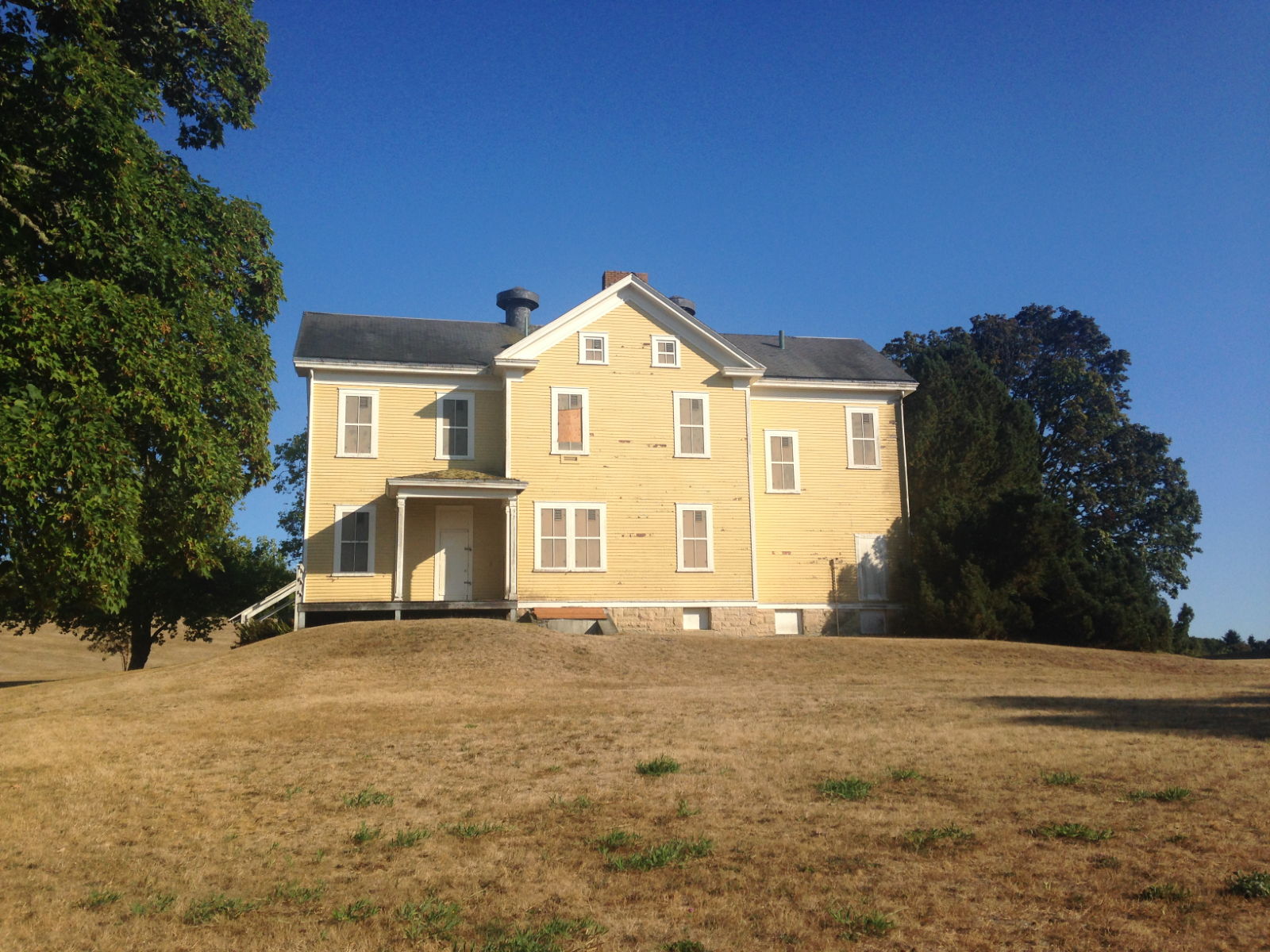
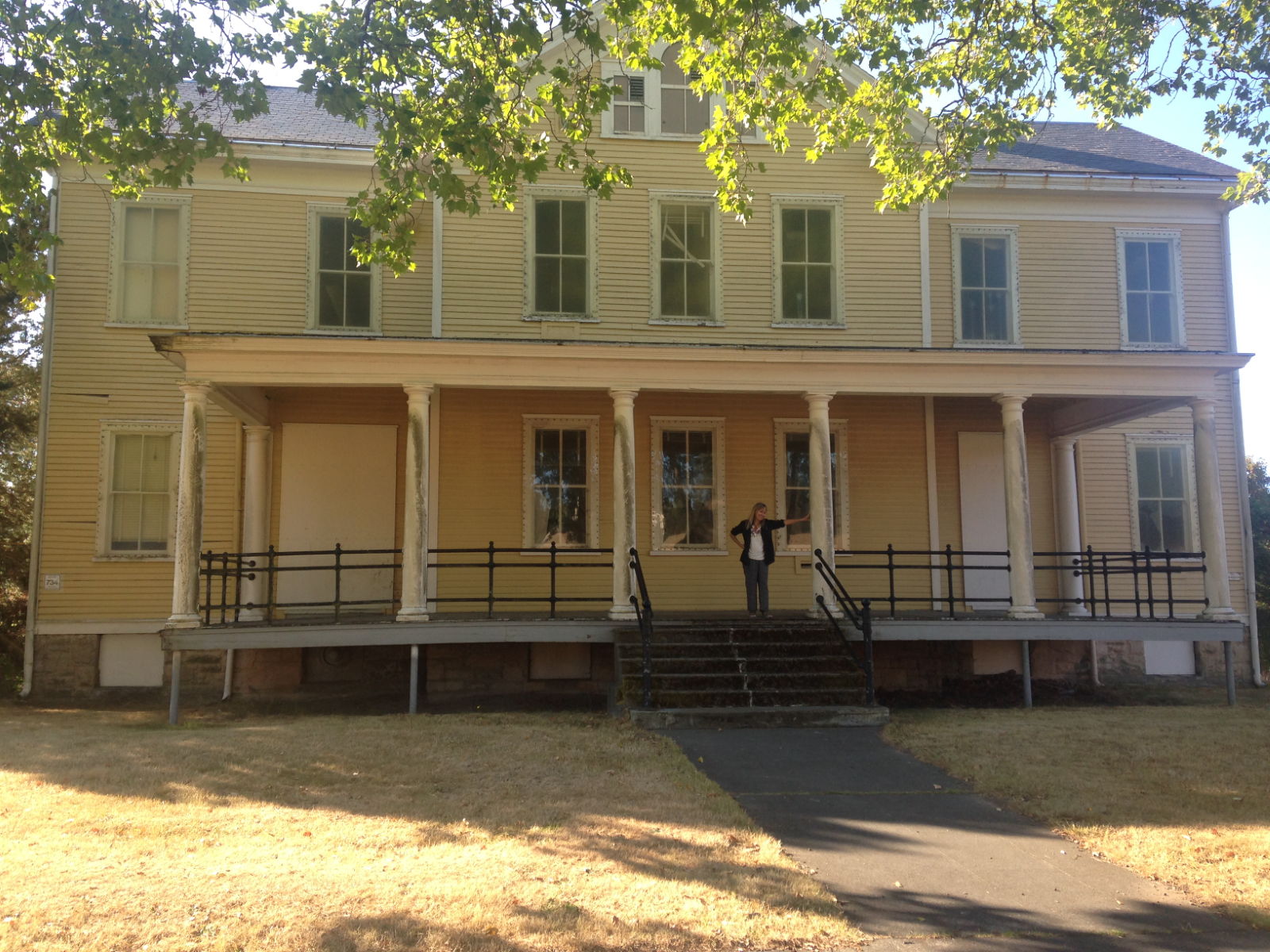
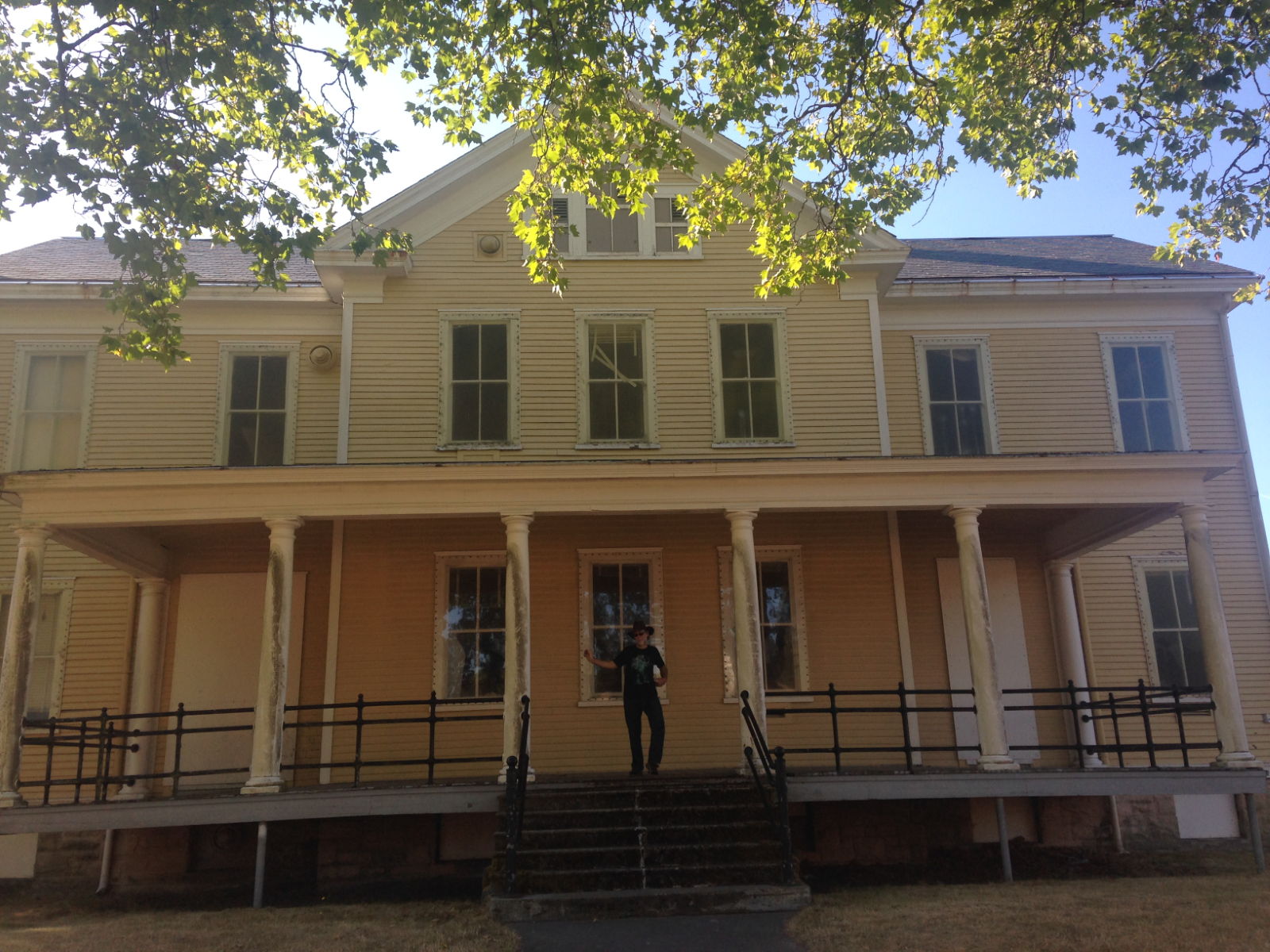

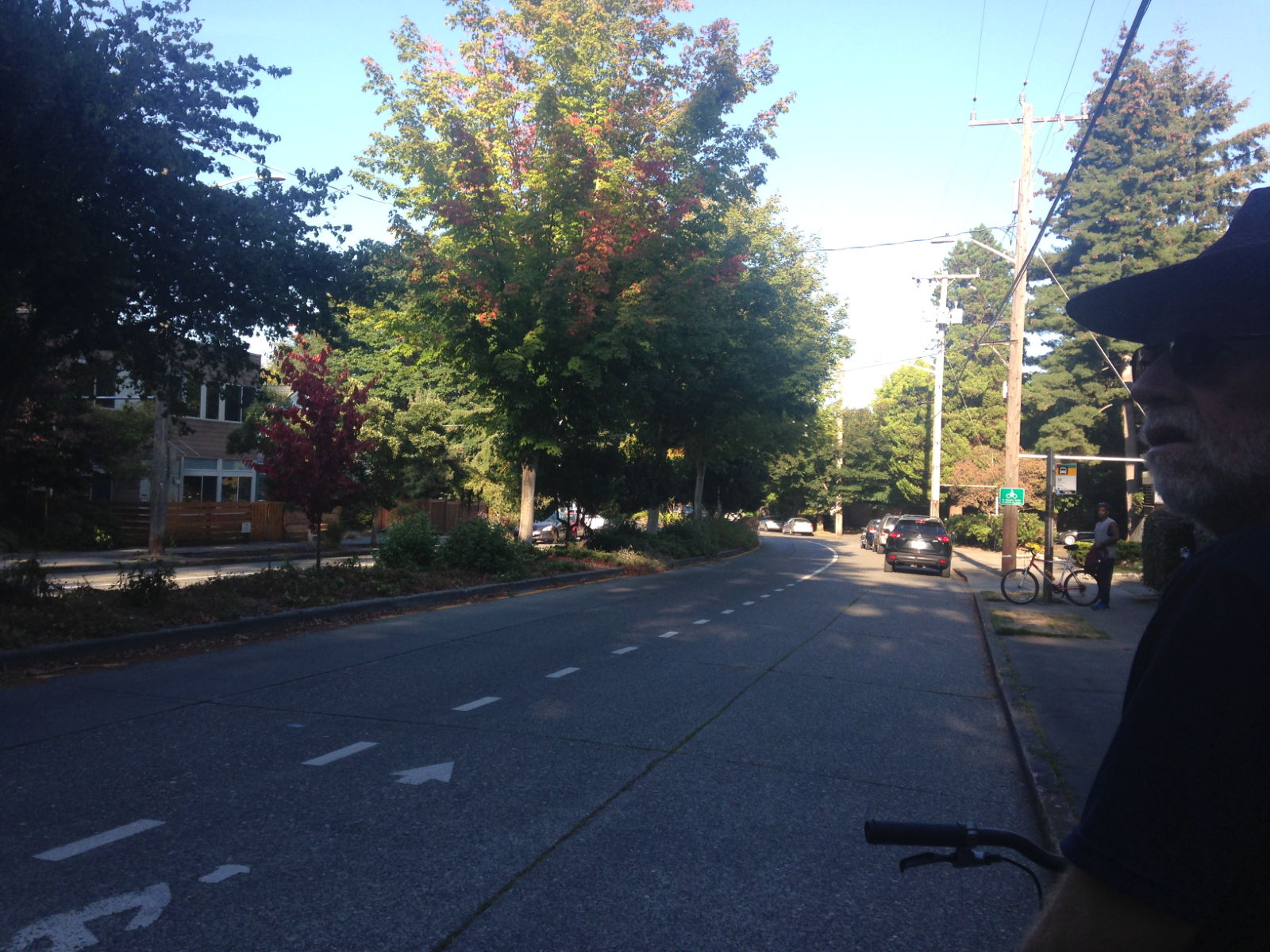


 After two days in Sidney, a town with a lot of book shops, we had to leave as the marina was booked up for a regata, we had gone there to have a break and enjoy Kathy’s birthday, we had hoped to find a good Indian restaurant, but the only one there had closed down. So we had to move along the coast to Van Isle marina which was also quite a posh affair, but a few miles out of the main town. It did have a lot of marinas and boat repair yards, I wandered around and found two chandleries, one with a load of Sikaflex (Marine Sealant) at a silly low price, I had to buy two tubes, even though I don’t think I can use them before their ‘use by date’
After two days in Sidney, a town with a lot of book shops, we had to leave as the marina was booked up for a regata, we had gone there to have a break and enjoy Kathy’s birthday, we had hoped to find a good Indian restaurant, but the only one there had closed down. So we had to move along the coast to Van Isle marina which was also quite a posh affair, but a few miles out of the main town. It did have a lot of marinas and boat repair yards, I wandered around and found two chandleries, one with a load of Sikaflex (Marine Sealant) at a silly low price, I had to buy two tubes, even though I don’t think I can use them before their ‘use by date’
 The main reason for going to Pirates cove was that it was just an hour from Dodd Narrows, as I mentioned before, a quite scary pass where the currents run fast and dangerous. we needed to pass through around 9am so this was a great spot to leave from. As it turned out, there was no drama, passing through at slack water makes life very easy.
The main reason for going to Pirates cove was that it was just an hour from Dodd Narrows, as I mentioned before, a quite scary pass where the currents run fast and dangerous. we needed to pass through around 9am so this was a great spot to leave from. As it turned out, there was no drama, passing through at slack water makes life very easy.
 Early the next morning we were on the move again, Lasqueti is about half way across the Strait of Georgia and we needed to get right over to the North eastern side in order to visit Desolation sound and the other back channels that we had heard so much about. Around this time I asked Kathy to check out if there was anywhere she really wanted to see, or could find any ‘must see’ places on the net, she quickly came up with the idea to visit Prince Louisa Inlet, a small inlet of outstanding beauty with a giant waterfall at the head called Chatterbox Falls. Looking at the chart, this was an easy diversion from here, so we headed north and cut through the Agamemnon channel up to Jervis Inlet which lead to our inlet.
Early the next morning we were on the move again, Lasqueti is about half way across the Strait of Georgia and we needed to get right over to the North eastern side in order to visit Desolation sound and the other back channels that we had heard so much about. Around this time I asked Kathy to check out if there was anywhere she really wanted to see, or could find any ‘must see’ places on the net, she quickly came up with the idea to visit Prince Louisa Inlet, a small inlet of outstanding beauty with a giant waterfall at the head called Chatterbox Falls. Looking at the chart, this was an easy diversion from here, so we headed north and cut through the Agamemnon channel up to Jervis Inlet which lead to our inlet. As we passed under the cables they just seemed to get lower and lower, I really don’t think I could ever do the intercoastal waterway up the eastern side of the USA as so many of the bridges there are just a little bigger than my mast and I think I would freak at each one.
As we passed under the cables they just seemed to get lower and lower, I really don’t think I could ever do the intercoastal waterway up the eastern side of the USA as so many of the bridges there are just a little bigger than my mast and I think I would freak at each one.  However we passed through and looking back felt a bit silly as for some reason now they seemed to be about a mile up in the sky. Around here we passed another sailing boat who was making about 1 knot under sail, there was next to no wind. I admired him for not rushing and burning fuel like us. He was sitting in his boat saying to himself “Sister Midnight, I know that name…??”
However we passed through and looking back felt a bit silly as for some reason now they seemed to be about a mile up in the sky. Around here we passed another sailing boat who was making about 1 knot under sail, there was next to no wind. I admired him for not rushing and burning fuel like us. He was sitting in his boat saying to himself “Sister Midnight, I know that name…??” We headed down to the pontoons to see how it all worked when we met the sailor heading up to the shop, I stopped and asked him if he was the skipper on the yacht that just arrived, he said yes and we chatted, I told him we had passed him under the pylons and he told us he was down from Sointula and I explained that we were heading up there. At this point he realised why he thought he knew Sister Midnight, he asked my full name, then introduced himself as Jim the guy I had been emailing with over the last few months as he was going to be looking after our boat while we returned to the UK. he had just sailed down here for a few days exploring. Quite a coincidence. We bumped into him later in the grocery store, but that was less of a coincidence as the grocery store was the only shop for 5 miles and there was nothing else to do 🙂
We headed down to the pontoons to see how it all worked when we met the sailor heading up to the shop, I stopped and asked him if he was the skipper on the yacht that just arrived, he said yes and we chatted, I told him we had passed him under the pylons and he told us he was down from Sointula and I explained that we were heading up there. At this point he realised why he thought he knew Sister Midnight, he asked my full name, then introduced himself as Jim the guy I had been emailing with over the last few months as he was going to be looking after our boat while we returned to the UK. he had just sailed down here for a few days exploring. Quite a coincidence. We bumped into him later in the grocery store, but that was less of a coincidence as the grocery store was the only shop for 5 miles and there was nothing else to do 🙂



 When we arrived it was lovely and sunny but in the morning the fog had descended and I worried if we would be ably to make the 35 miles up to Princess Louisa Inlet, but a local arrived in a small skiff and he told me the fog was only around the marina and was caused by the colder water you get around the rapids.
When we arrived it was lovely and sunny but in the morning the fog had descended and I worried if we would be ably to make the 35 miles up to Princess Louisa Inlet, but a local arrived in a small skiff and he told me the fog was only around the marina and was caused by the colder water you get around the rapids.  We set off and sure enough the fog was very isolated around the marina, the pic below is looking back to the marina from about a mile away.
We set off and sure enough the fog was very isolated around the marina, the pic below is looking back to the marina from about a mile away.
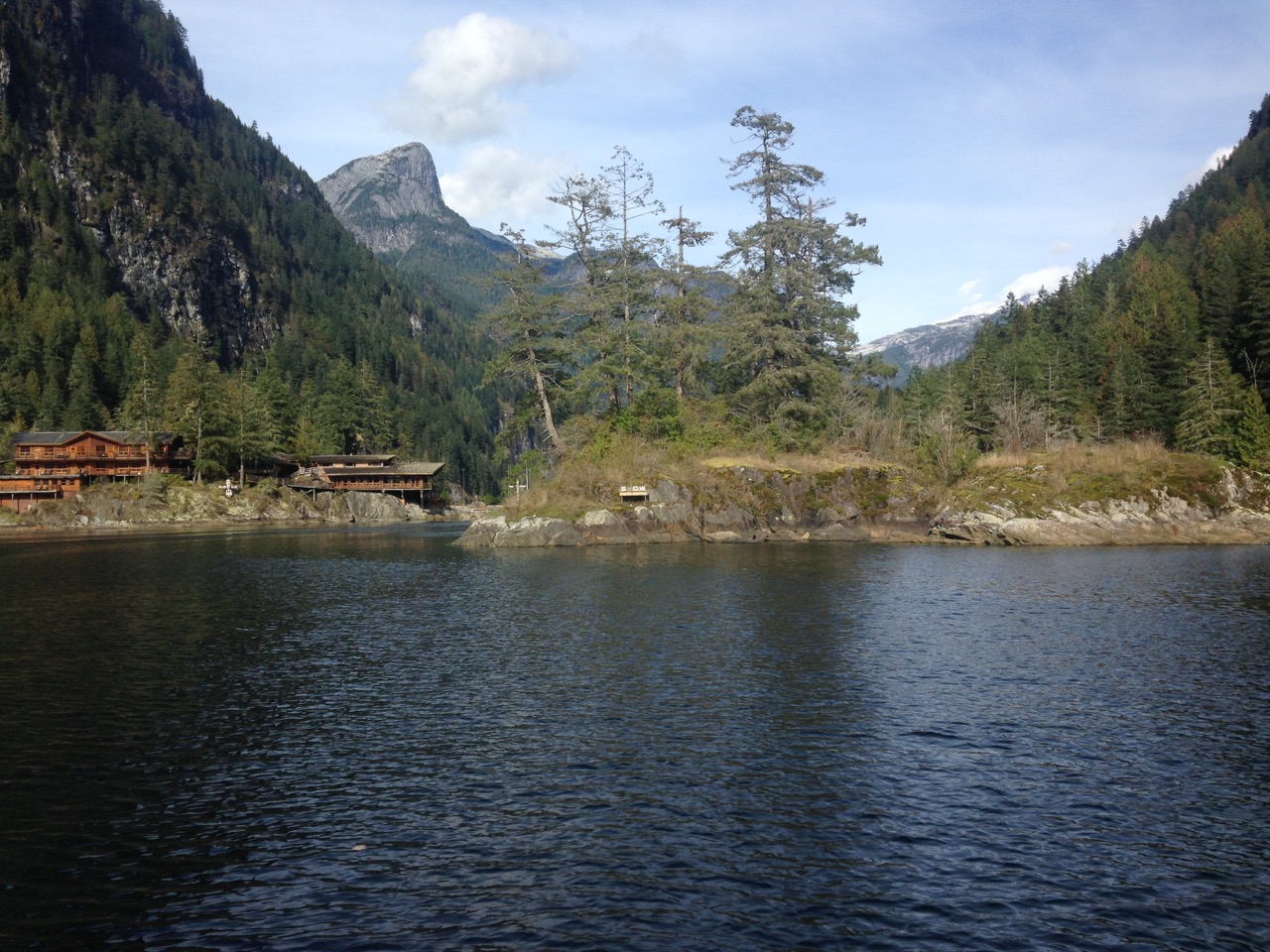

 At the head of this inlet is the famous chatterbox Falls, in June the sheer mountainside vertical walls all along the inlet are flowing with waterfalls
At the head of this inlet is the famous chatterbox Falls, in June the sheer mountainside vertical walls all along the inlet are flowing with waterfalls  We found space on a public dock maintained by the park authorities. I’m not used to having to moor next to planes but I just treated it like a boat and all went well
We found space on a public dock maintained by the park authorities. I’m not used to having to moor next to planes but I just treated it like a boat and all went well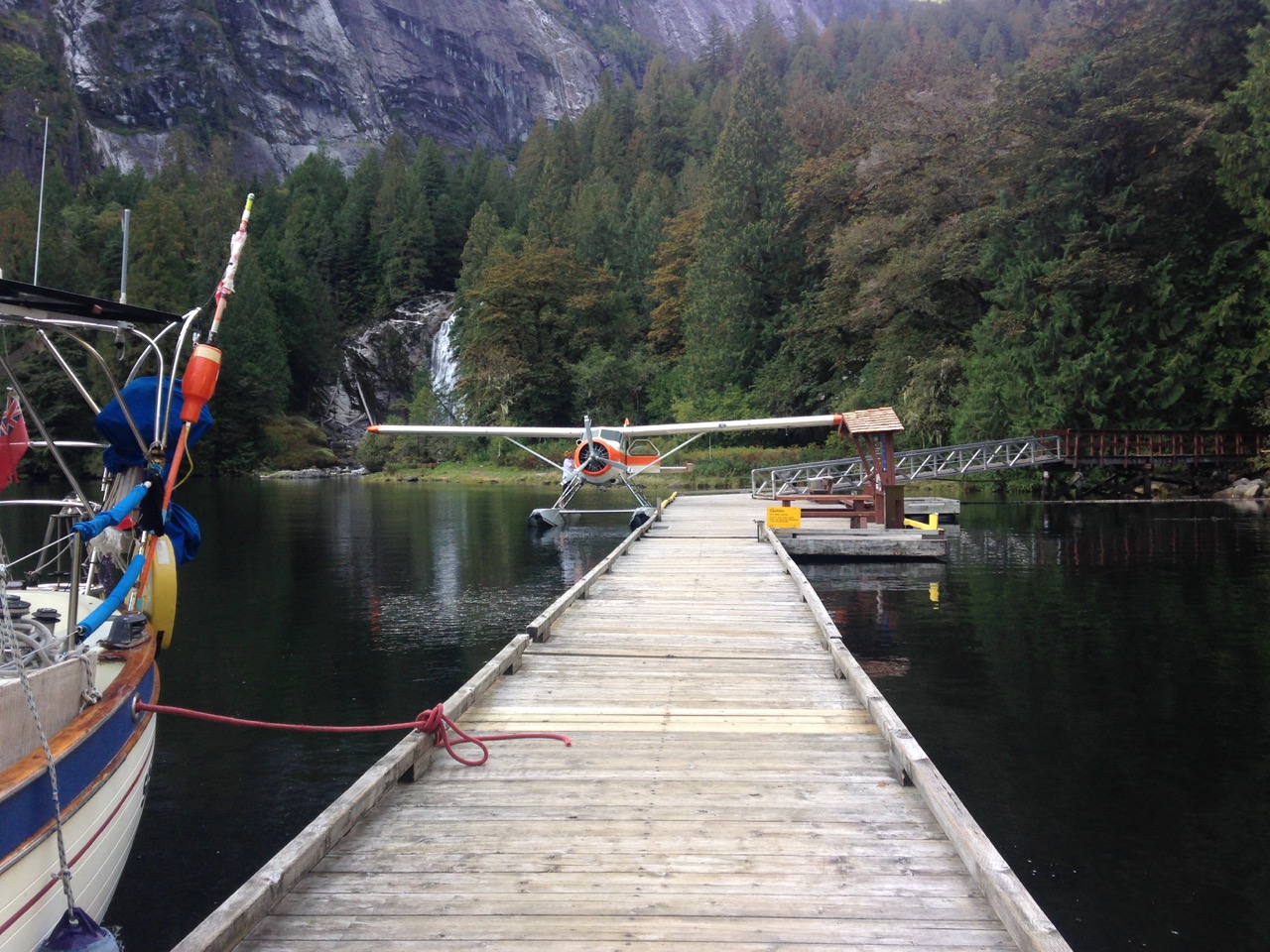 The small float plane had just arrived with a bride and groom and photographer for some wedding shots in front of the waterfall, after those shots they pranced around on the pontoon for ages before shooting off in the plane. Watching the plane go round and round in circles to gain enough height to clear the mountains made me realise just how high these granite walls reached.
The small float plane had just arrived with a bride and groom and photographer for some wedding shots in front of the waterfall, after those shots they pranced around on the pontoon for ages before shooting off in the plane. Watching the plane go round and round in circles to gain enough height to clear the mountains made me realise just how high these granite walls reached.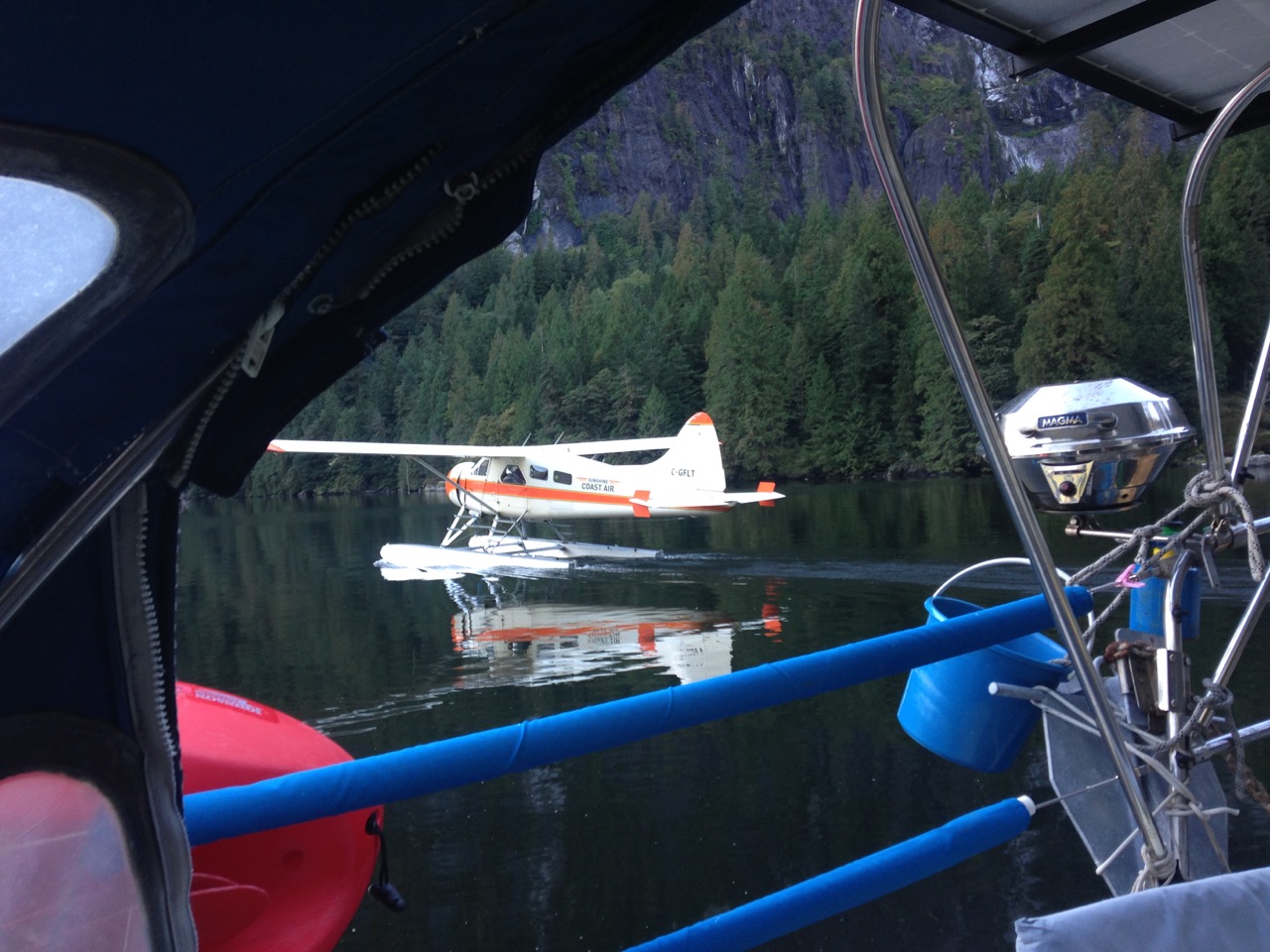

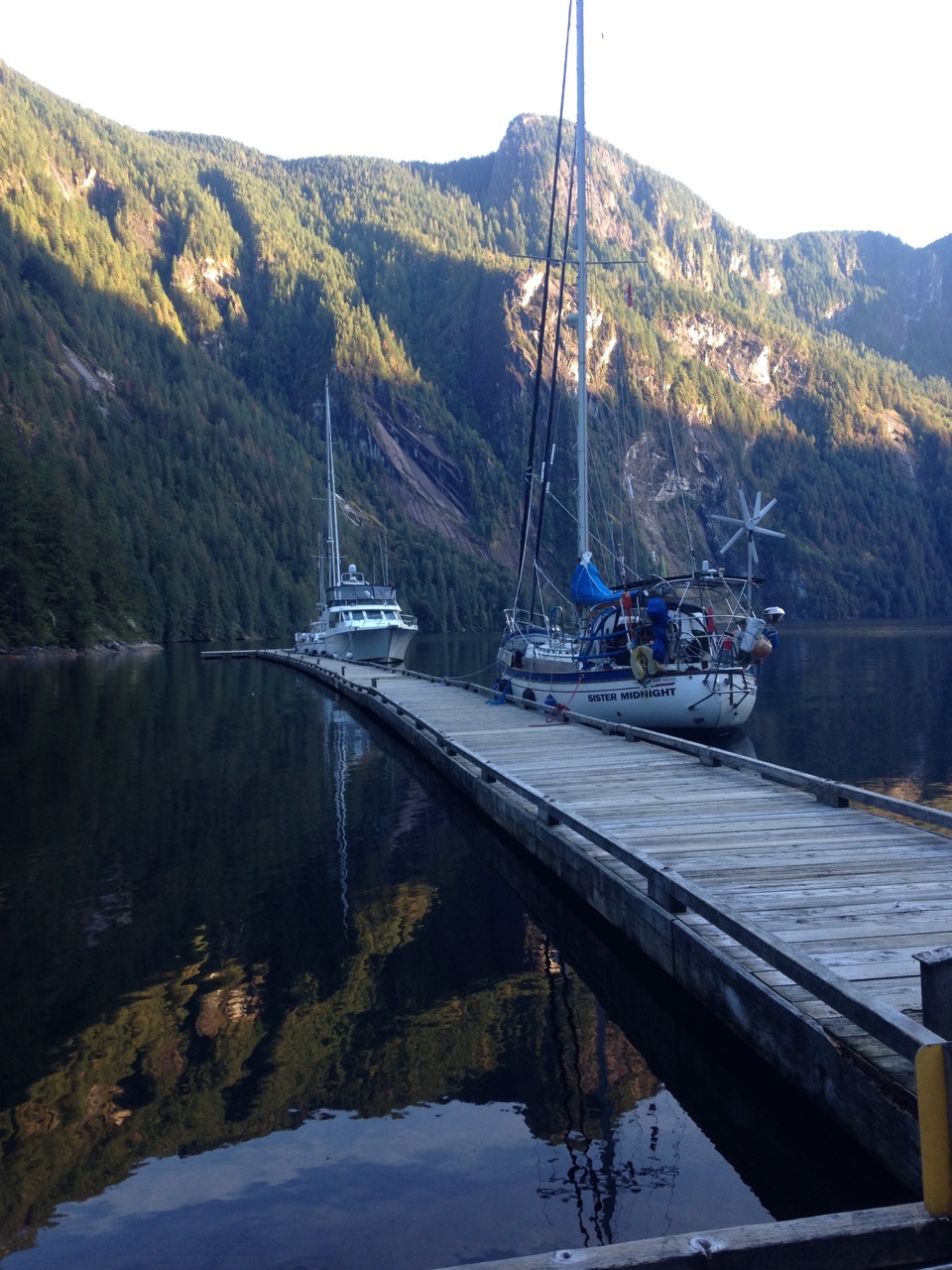
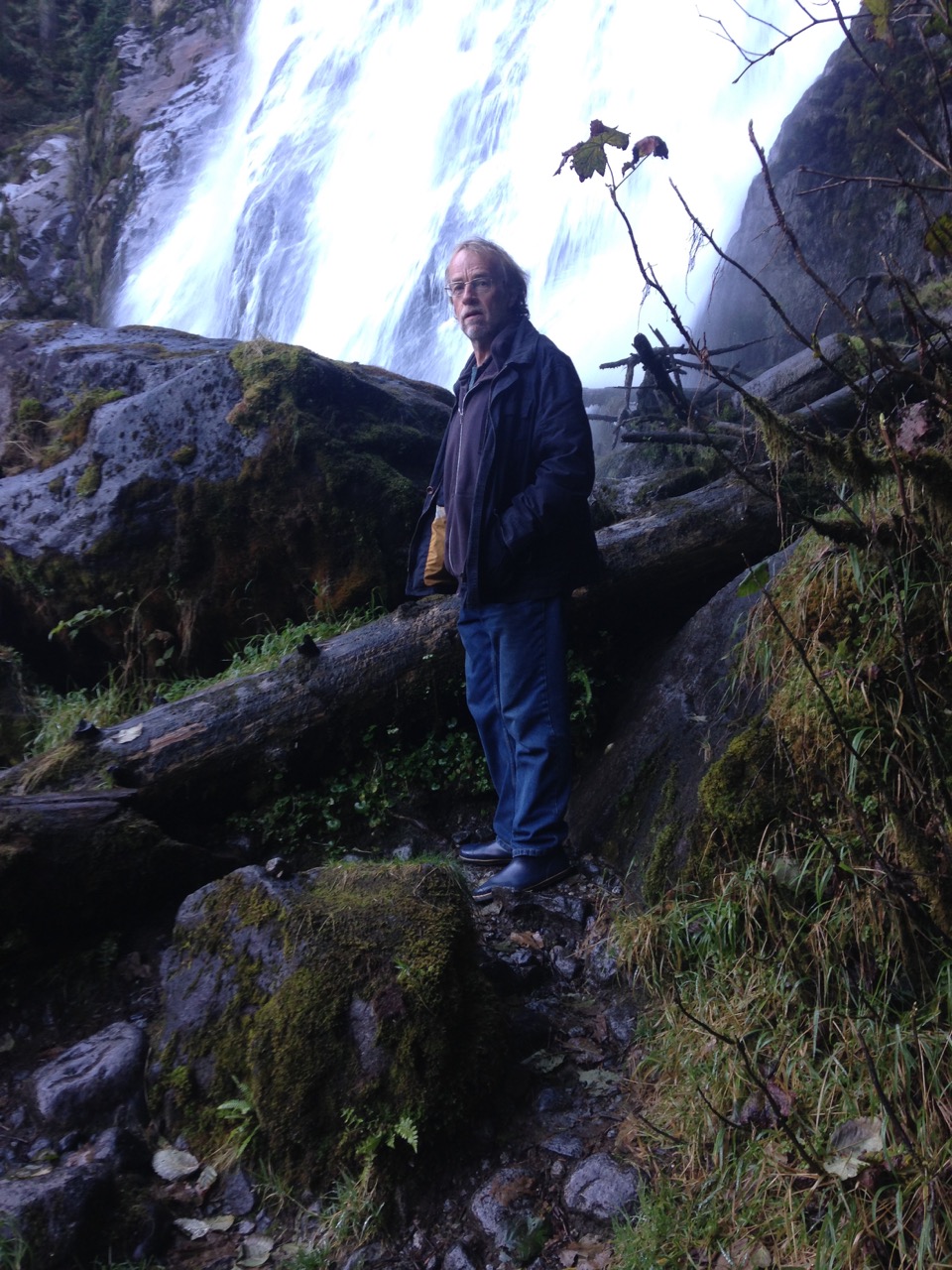
 The next day a big motor launch $4.5Million dollars worth, arrived and I helped the skipper by taking his stern lines, we chatted and he had seen my “Liverpool” reg on the hull and explained his guests on the boat were two ladies from the UK, so later we were surprised when two giggly northern women turned up, banging on our hull and insisting we join them for drinks on the mega yacht, one of them was from Preston, the other frm Nottingham. We had a nice time chatting with them and a few other guests on the boat, a very luxurious affair, I noted the kitchen was way better than my own, and I’m talking about the one in my house!
The next day a big motor launch $4.5Million dollars worth, arrived and I helped the skipper by taking his stern lines, we chatted and he had seen my “Liverpool” reg on the hull and explained his guests on the boat were two ladies from the UK, so later we were surprised when two giggly northern women turned up, banging on our hull and insisting we join them for drinks on the mega yacht, one of them was from Preston, the other frm Nottingham. We had a nice time chatting with them and a few other guests on the boat, a very luxurious affair, I noted the kitchen was way better than my own, and I’m talking about the one in my house!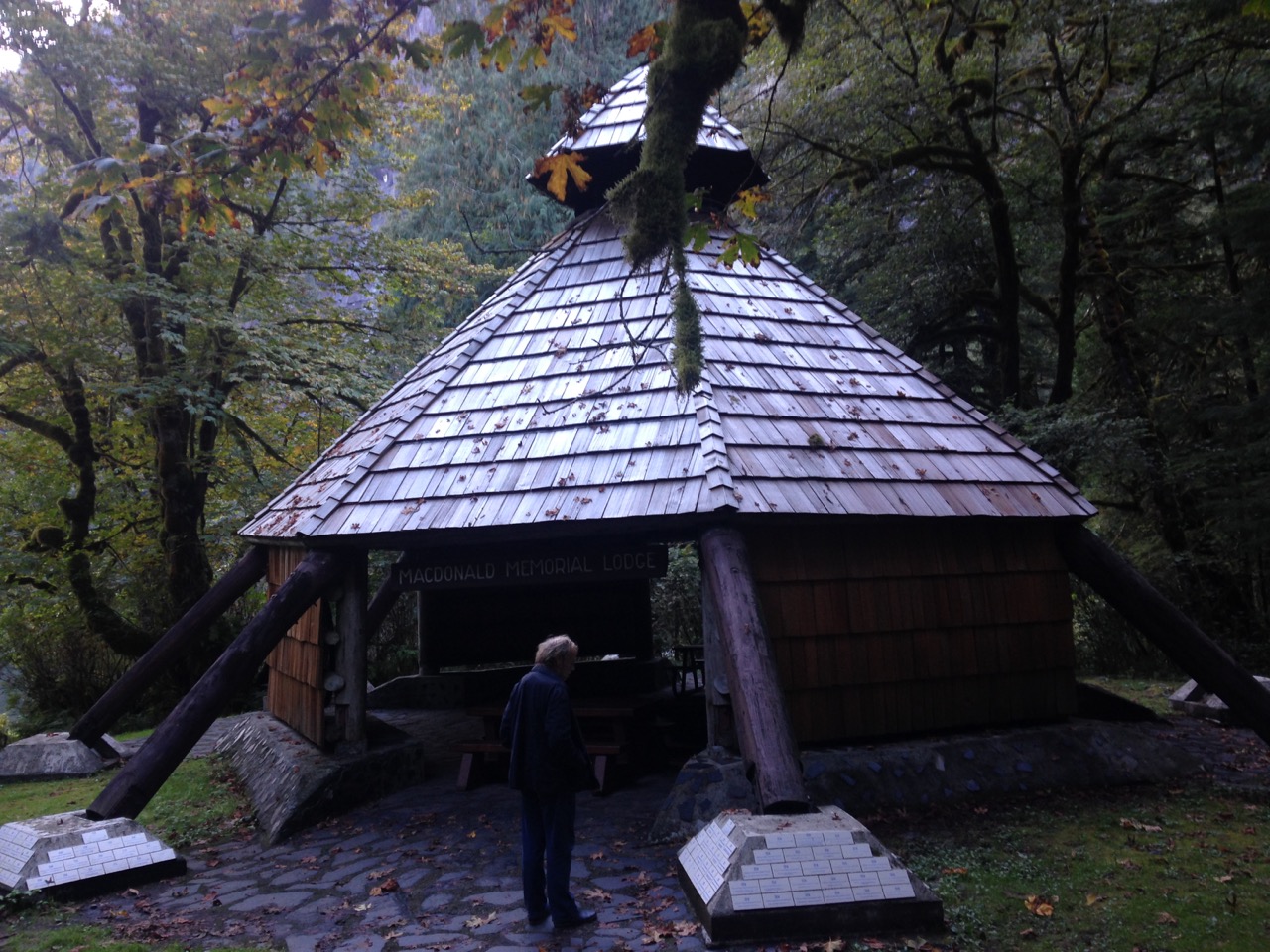
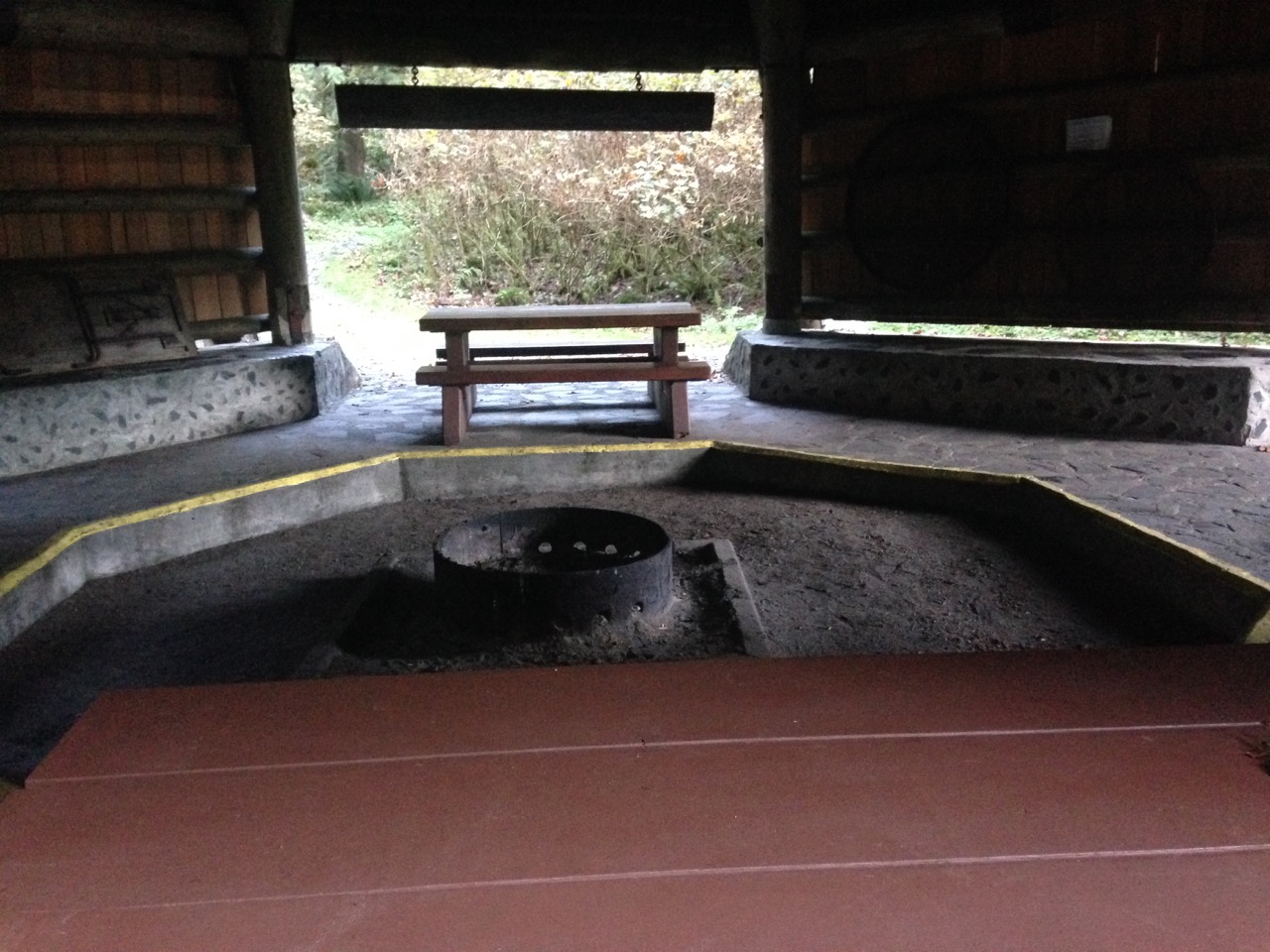 Today we left Princess Louisa Inlet early to pass the rapids at slack water, this time at low tide, making the channel even narrower. On the way out we saw some new waterfalls that had been dry on the way in.
Today we left Princess Louisa Inlet early to pass the rapids at slack water, this time at low tide, making the channel even narrower. On the way out we saw some new waterfalls that had been dry on the way in.








 “La Boheme is one in a series of William Atkin designed double-enders. This one is the Eric. Modeled after Norwegian rescue boats at the turn of the century, the Eric is said to be “the best boat for the worst weather”. La Boheme’s keel was laid in 1926. She was completed and launched in 1938 out of Victoria, BC and has plied the waters of the North West ever since. Constructed of Port Orford cedar on oak frames, La Boheme is stout, sea-kindly and extremely comfortable as cruiser.”
“La Boheme is one in a series of William Atkin designed double-enders. This one is the Eric. Modeled after Norwegian rescue boats at the turn of the century, the Eric is said to be “the best boat for the worst weather”. La Boheme’s keel was laid in 1926. She was completed and launched in 1938 out of Victoria, BC and has plied the waters of the North West ever since. Constructed of Port Orford cedar on oak frames, La Boheme is stout, sea-kindly and extremely comfortable as cruiser.” One for Taffy.
One for Taffy.

 Boats like this one above are scattered around the yard, this is an old classic cruise ship. One morning I looked up after hearing some swishing of the water next to us to see this yacht (below) passing by. A fairly common sight here. I think I will bring the boat back here next year to do any big jobs like the mast refurb I’m thinking of.
Boats like this one above are scattered around the yard, this is an old classic cruise ship. One morning I looked up after hearing some swishing of the water next to us to see this yacht (below) passing by. A fairly common sight here. I think I will bring the boat back here next year to do any big jobs like the mast refurb I’m thinking of.


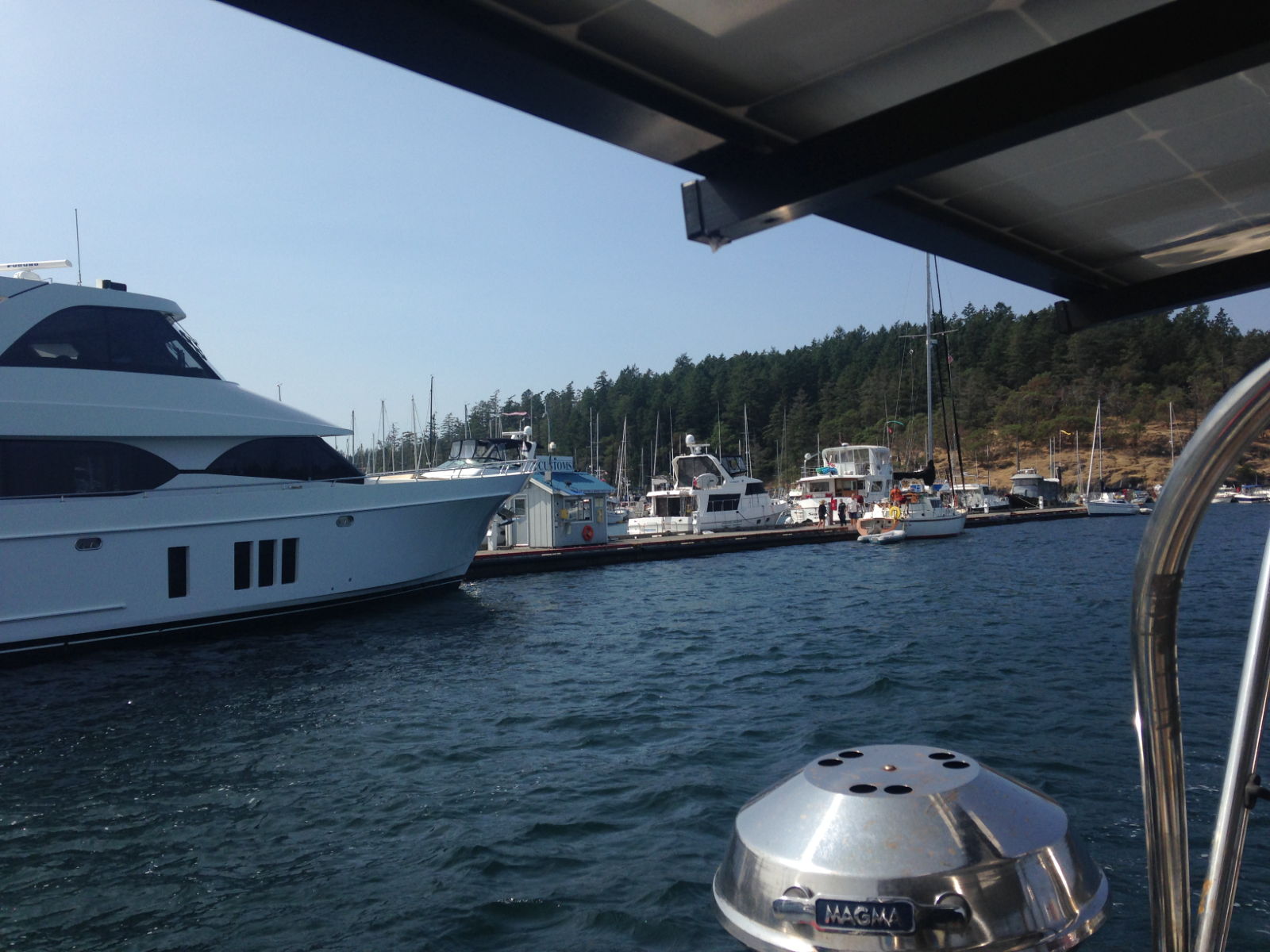
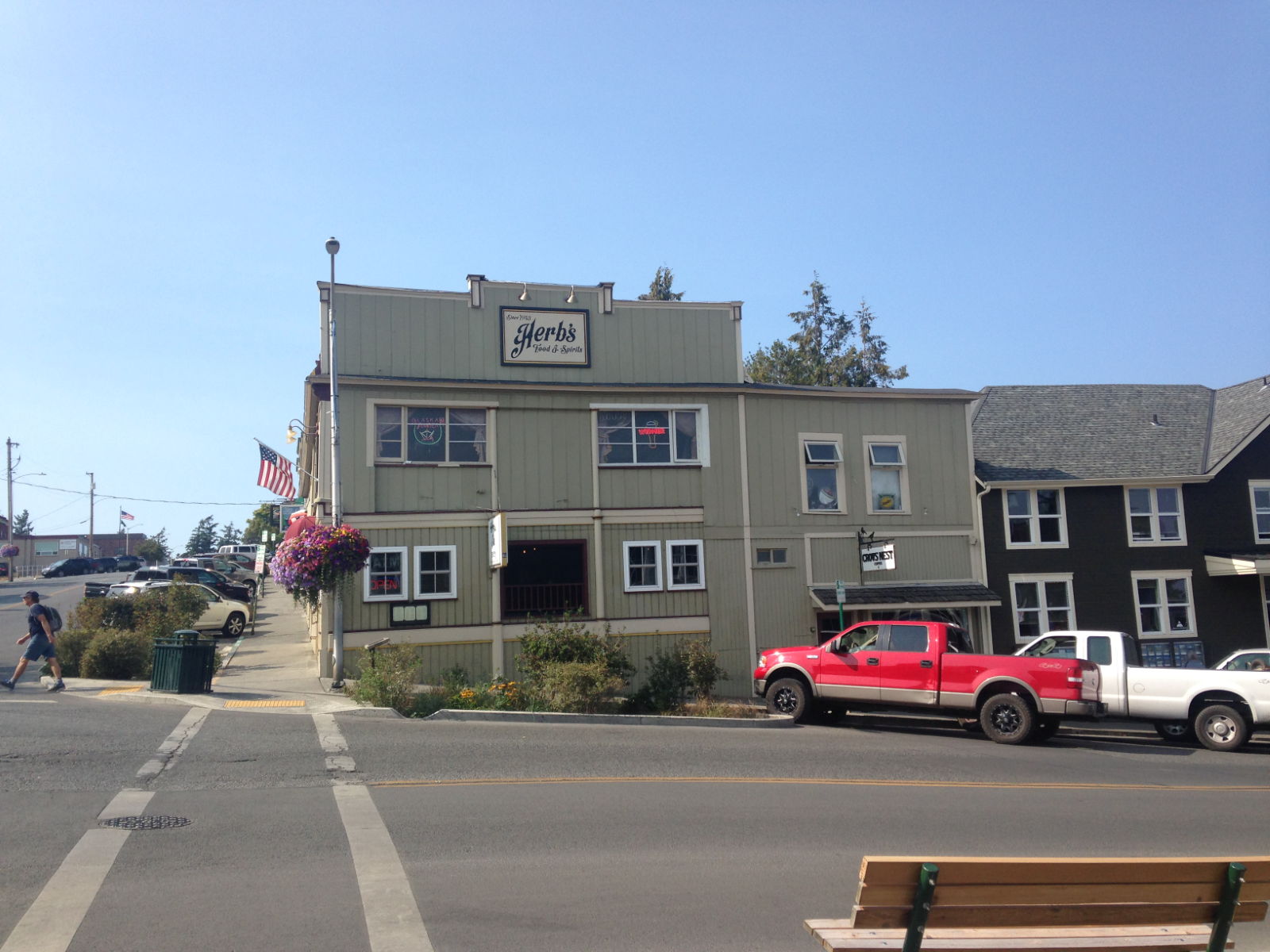
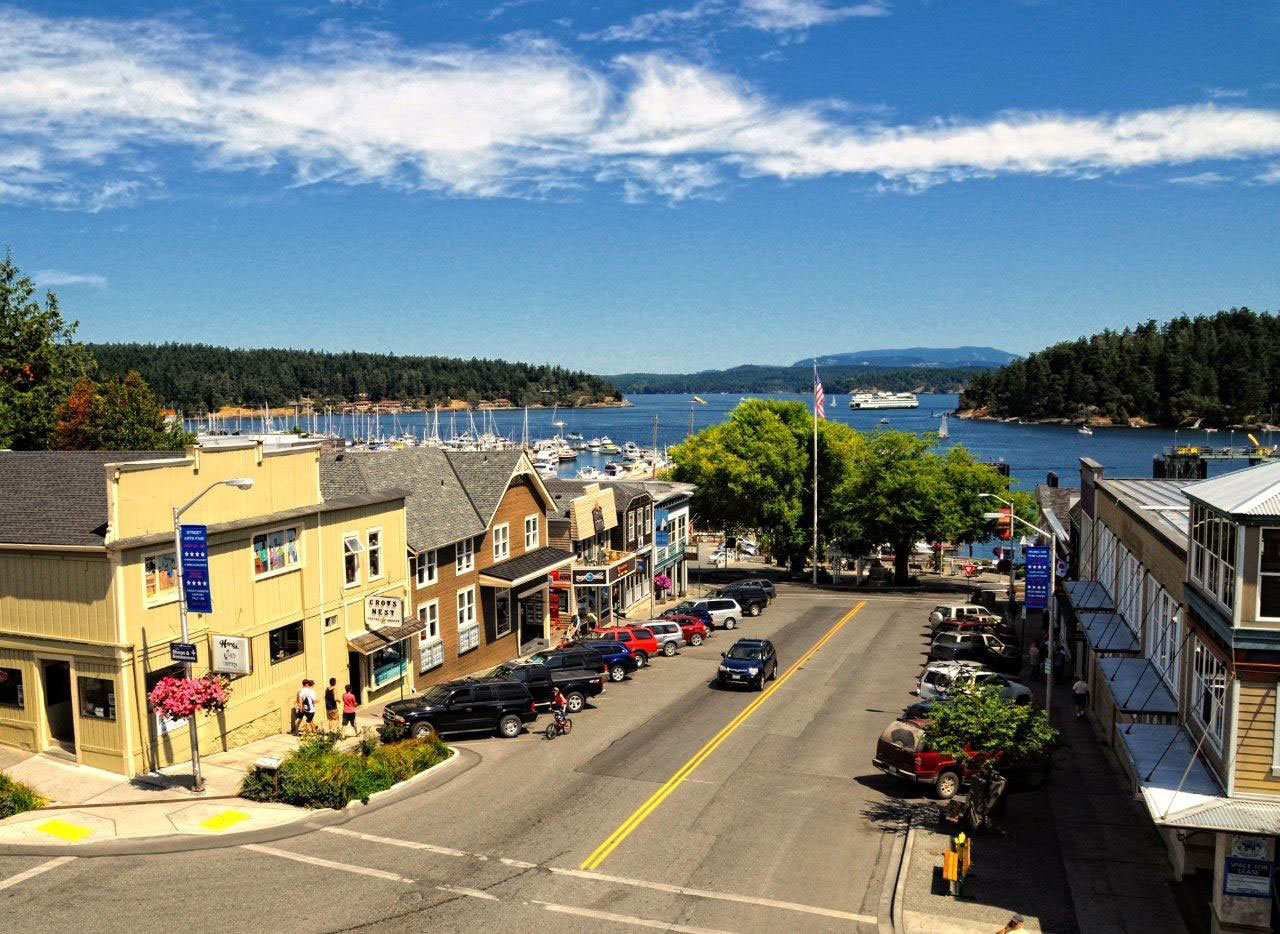
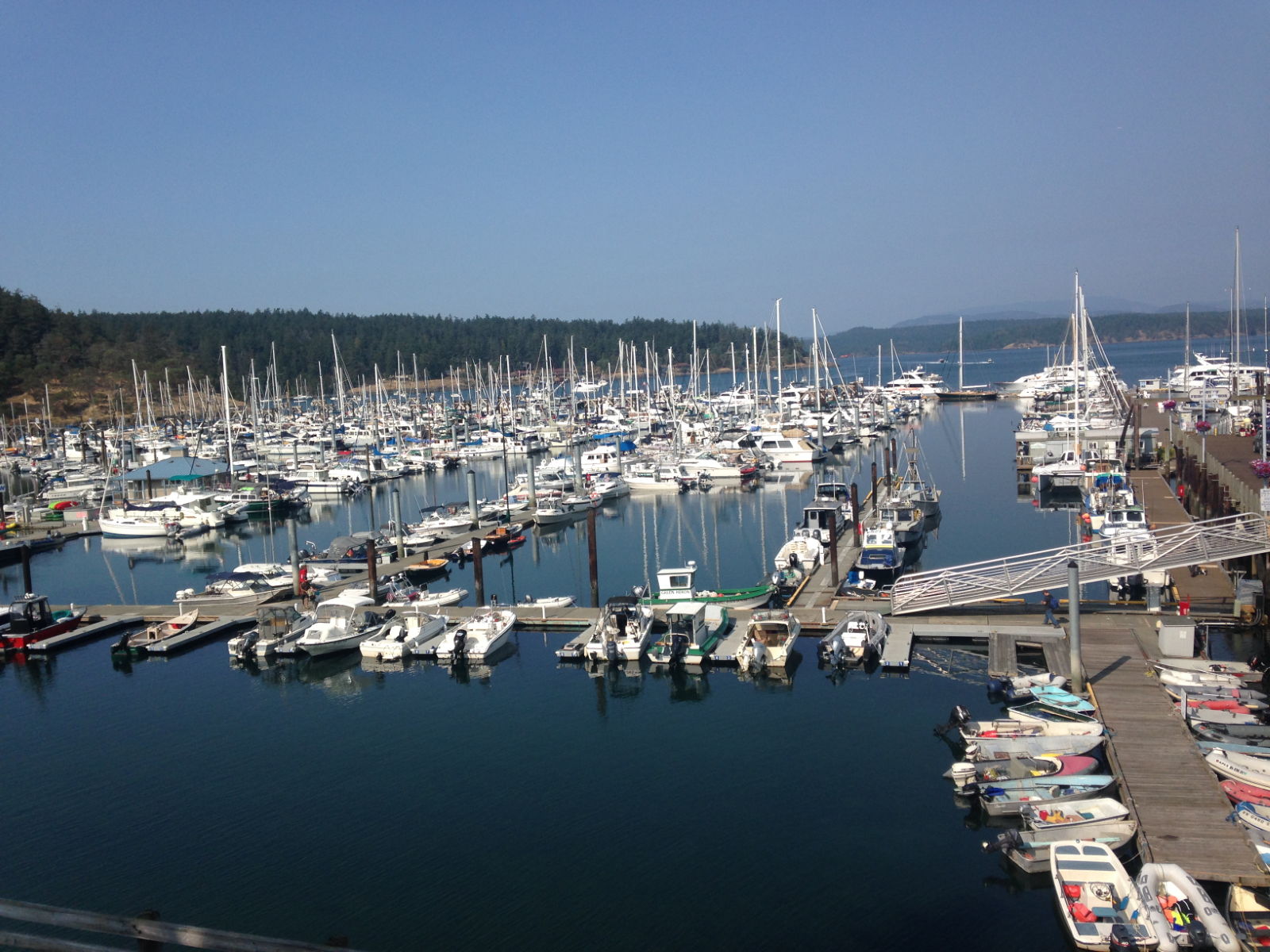
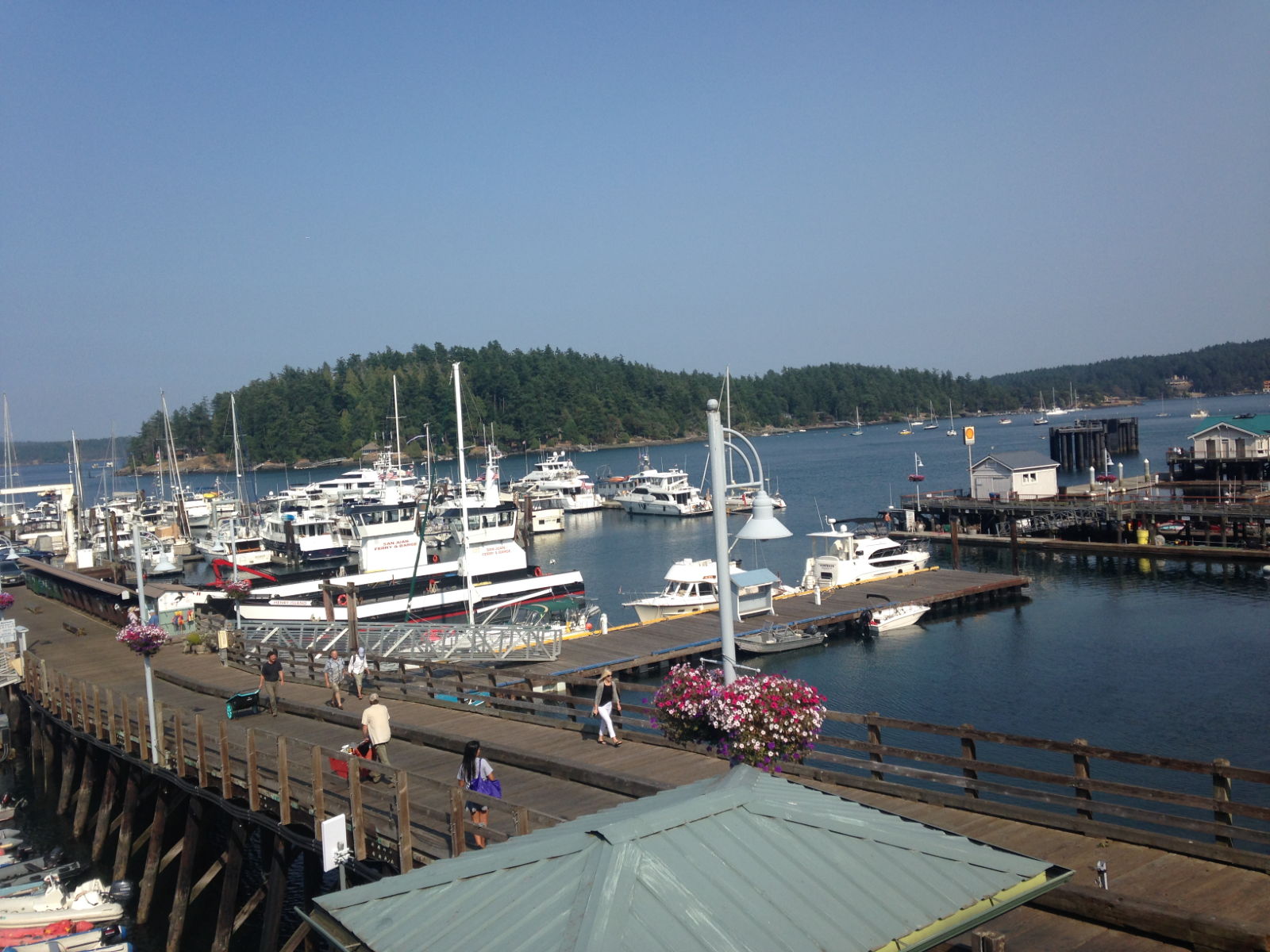
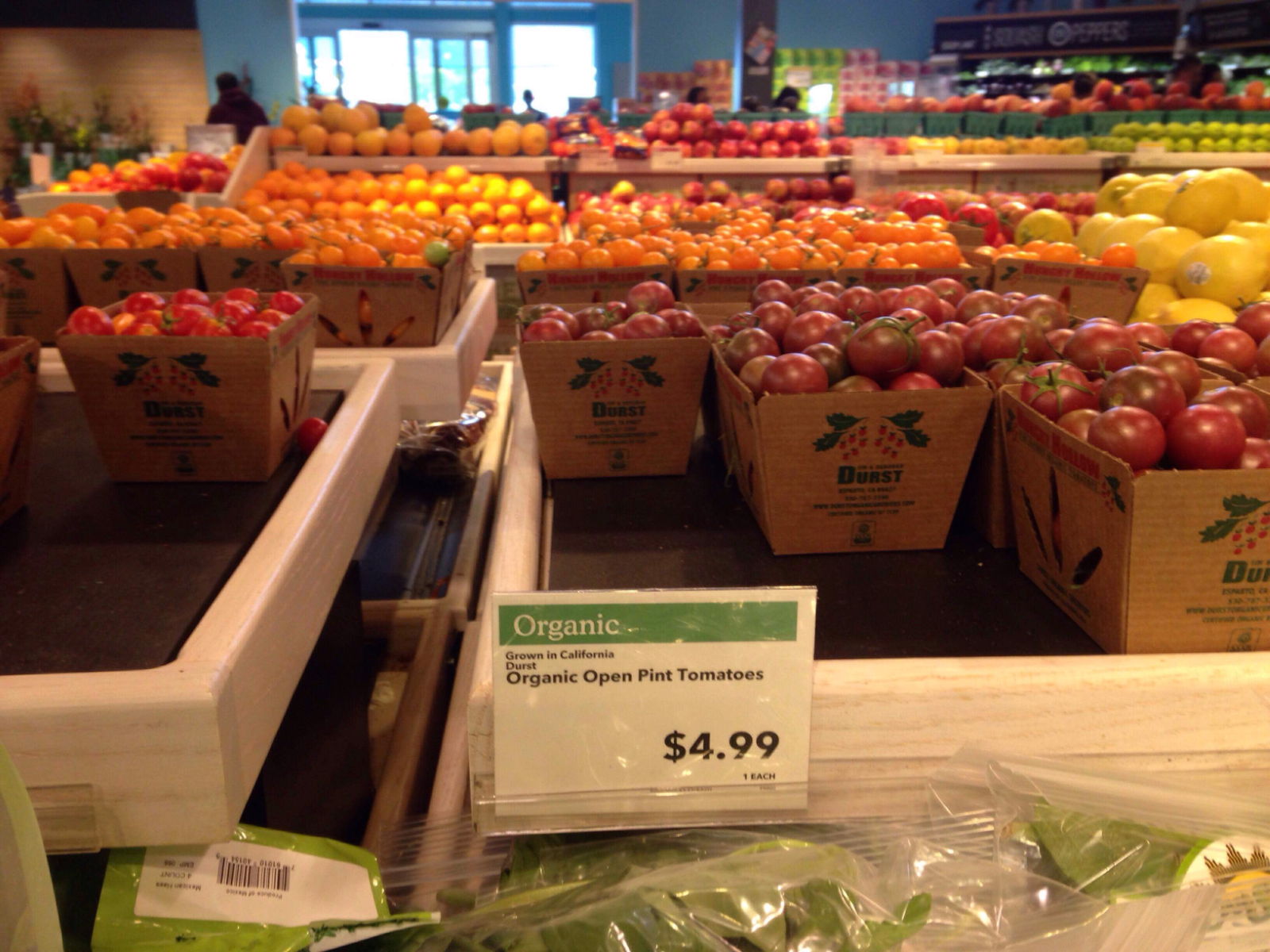
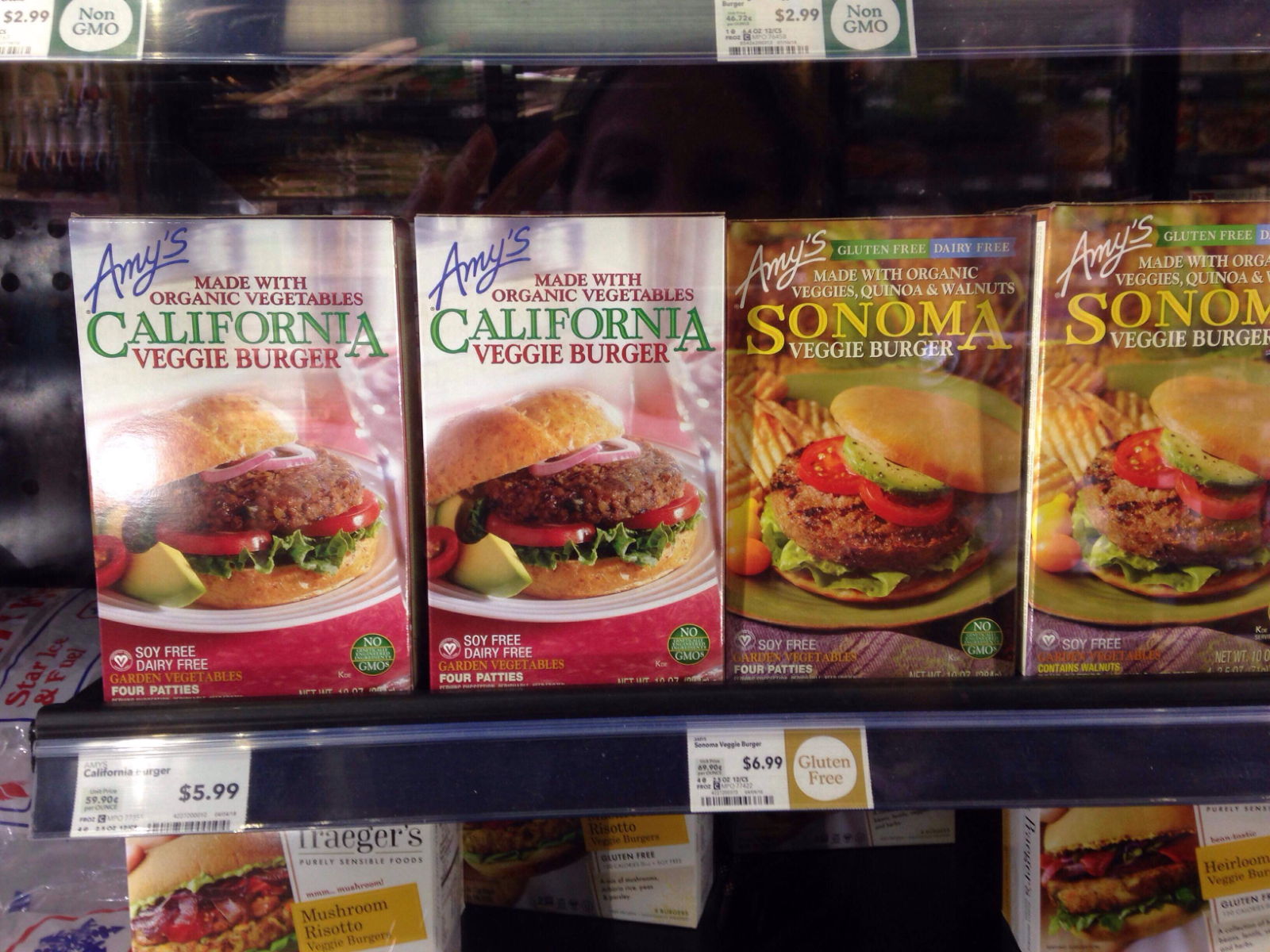

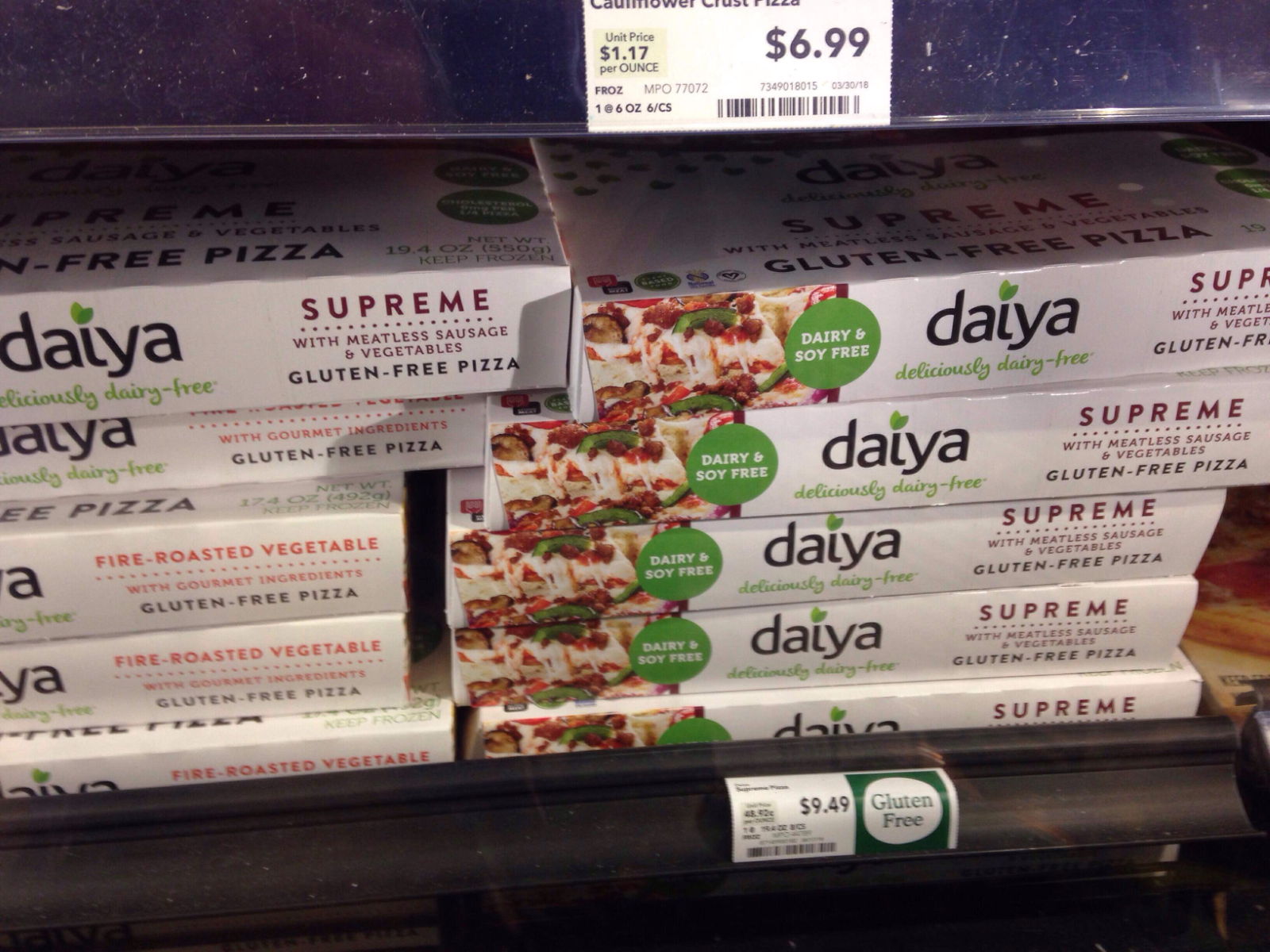
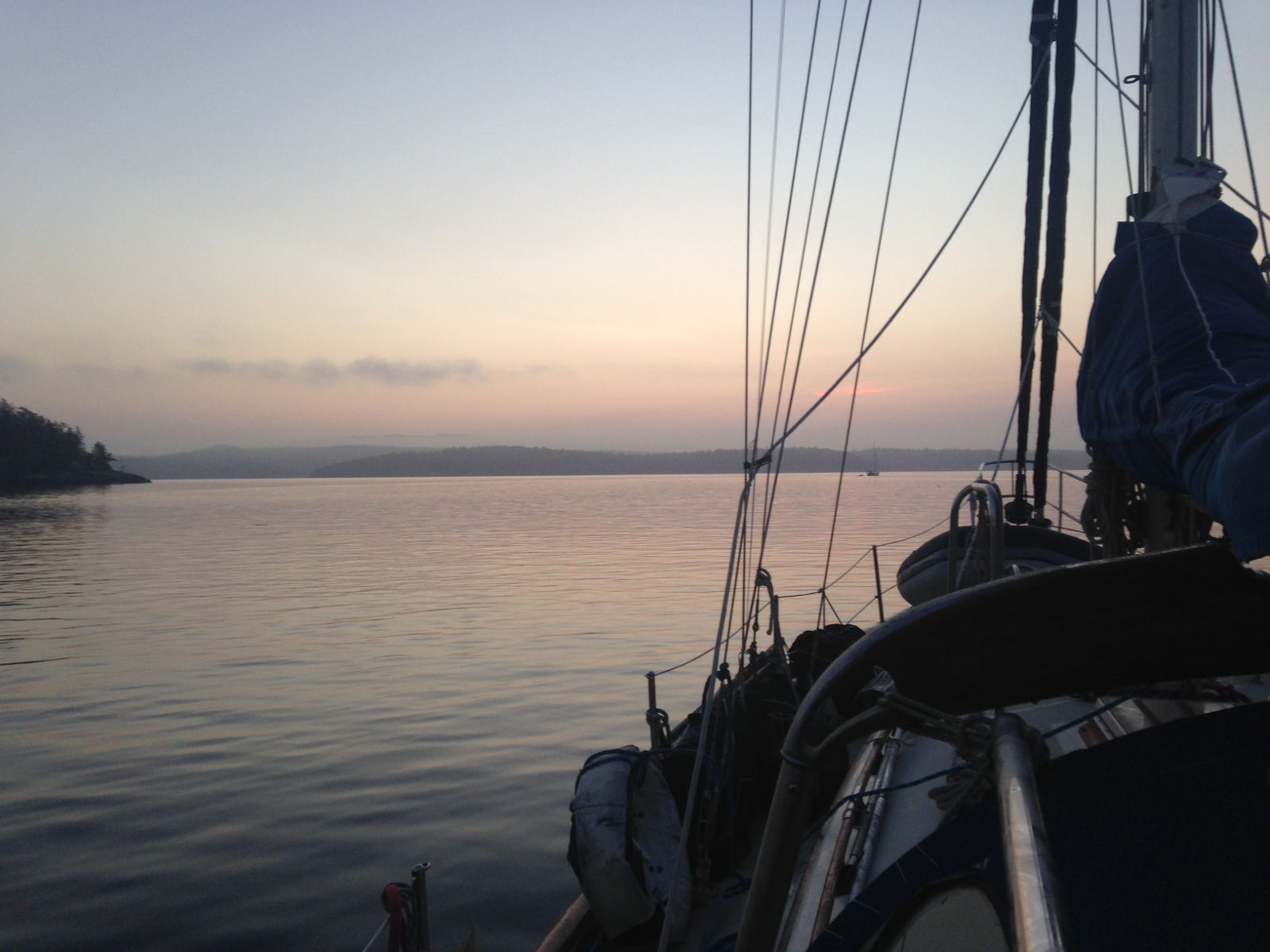
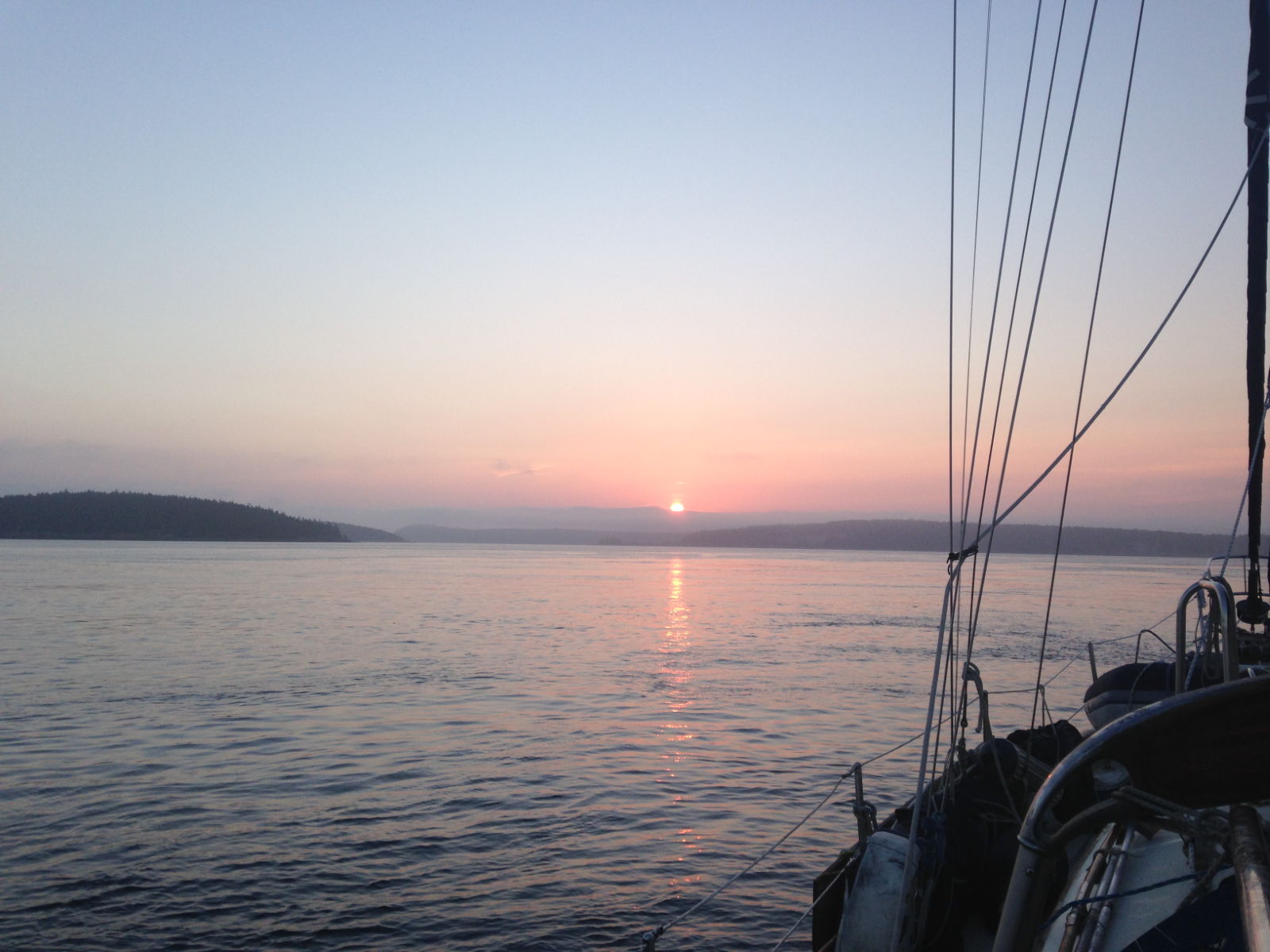
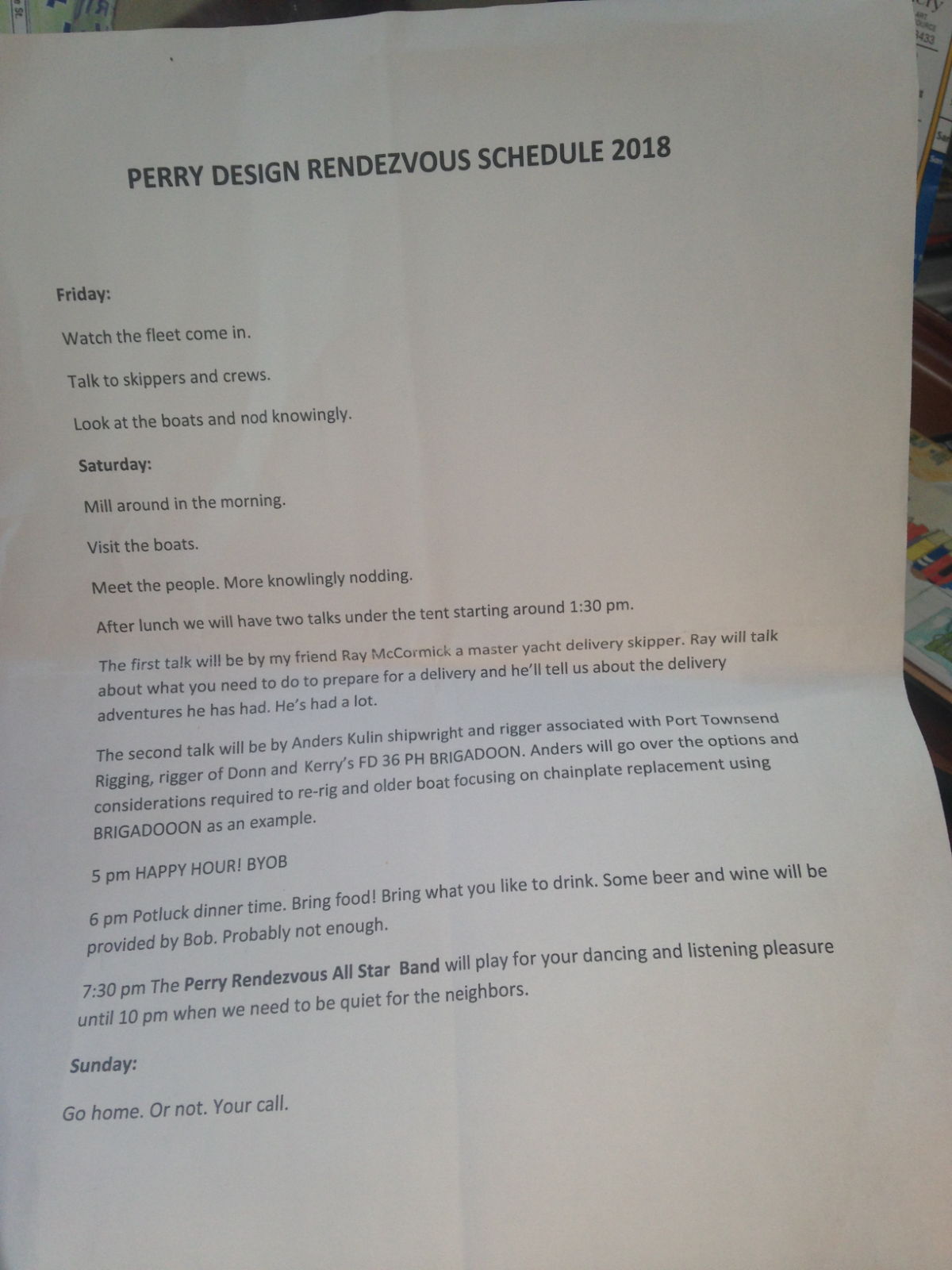

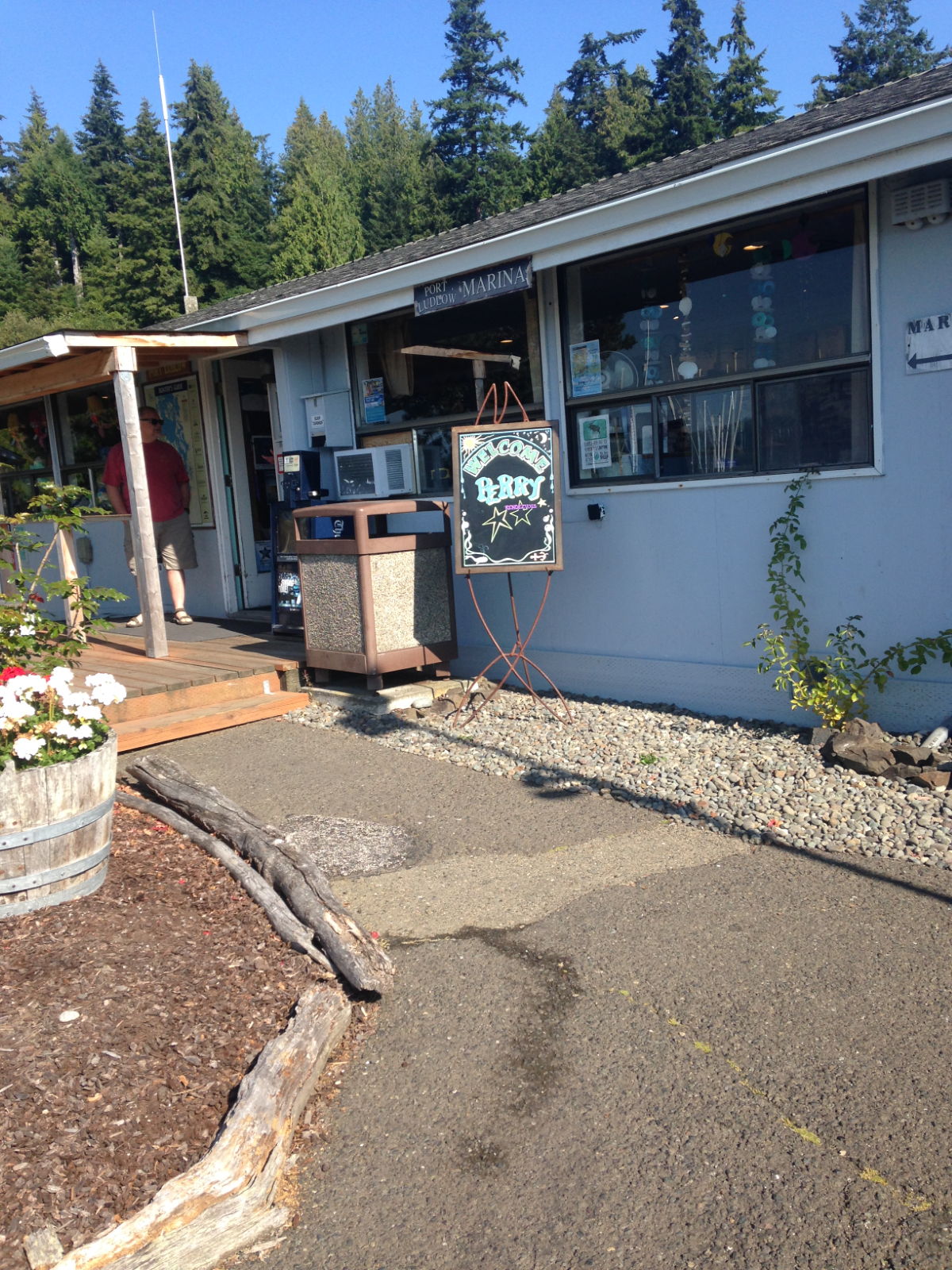
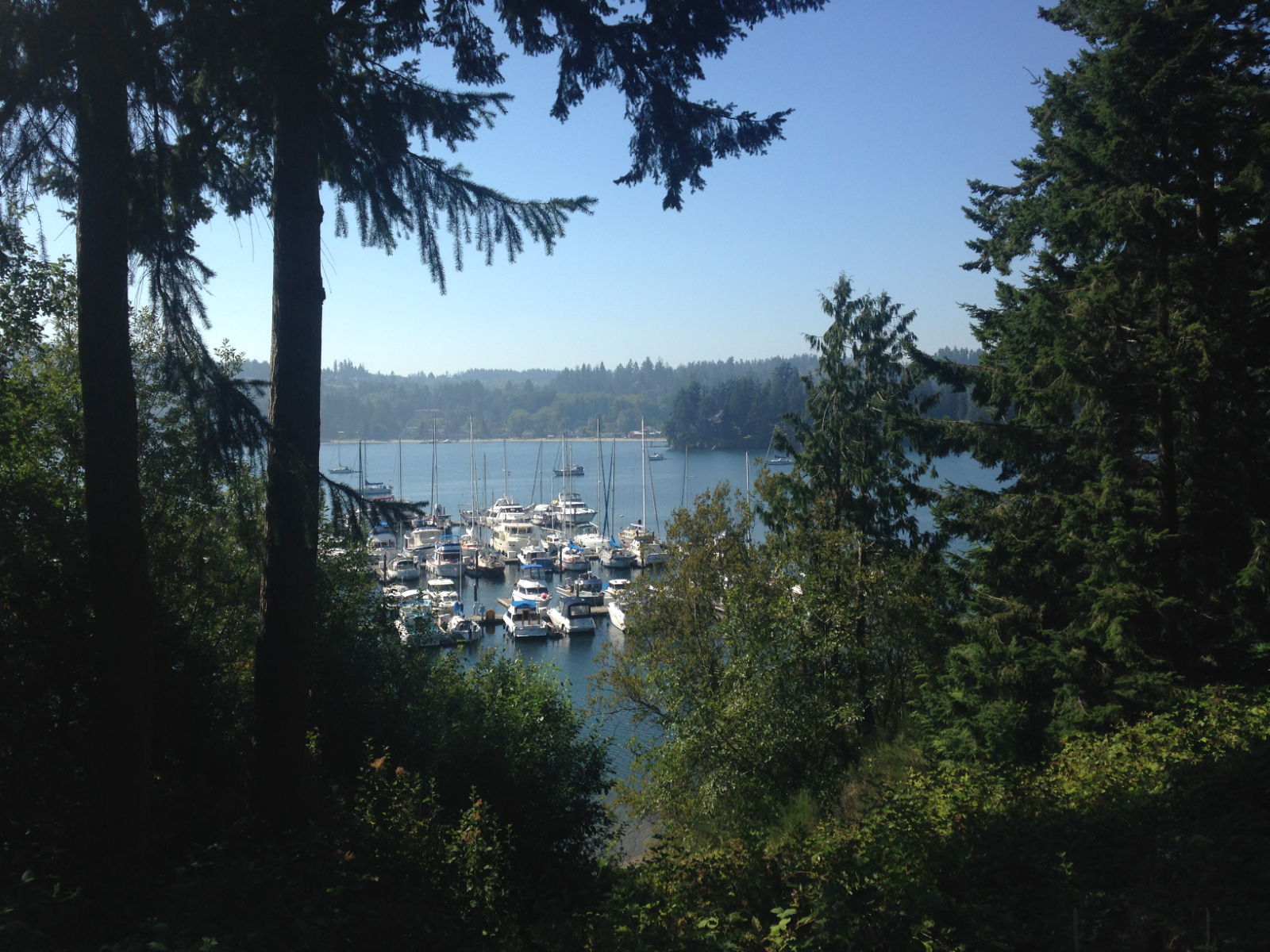
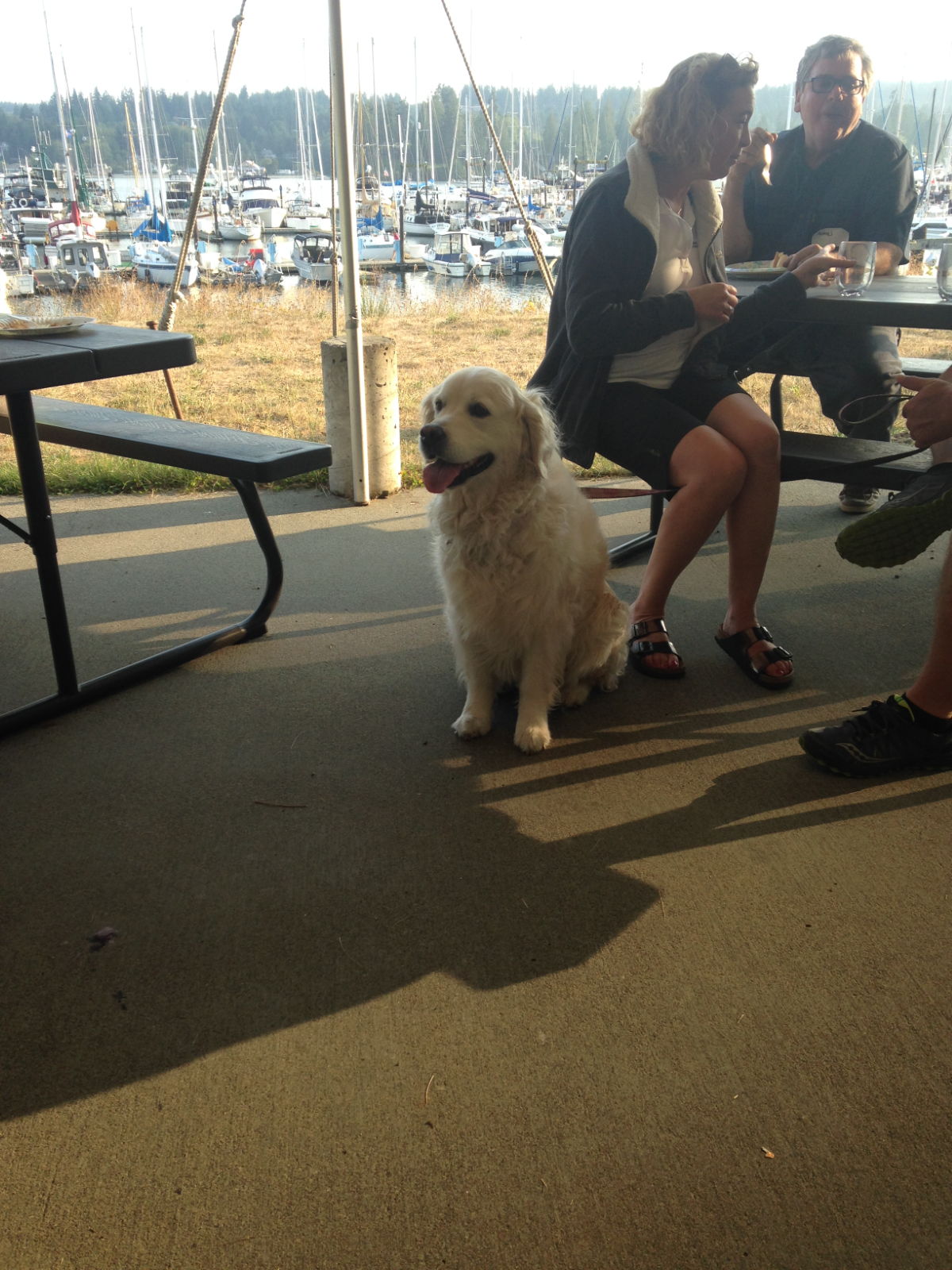
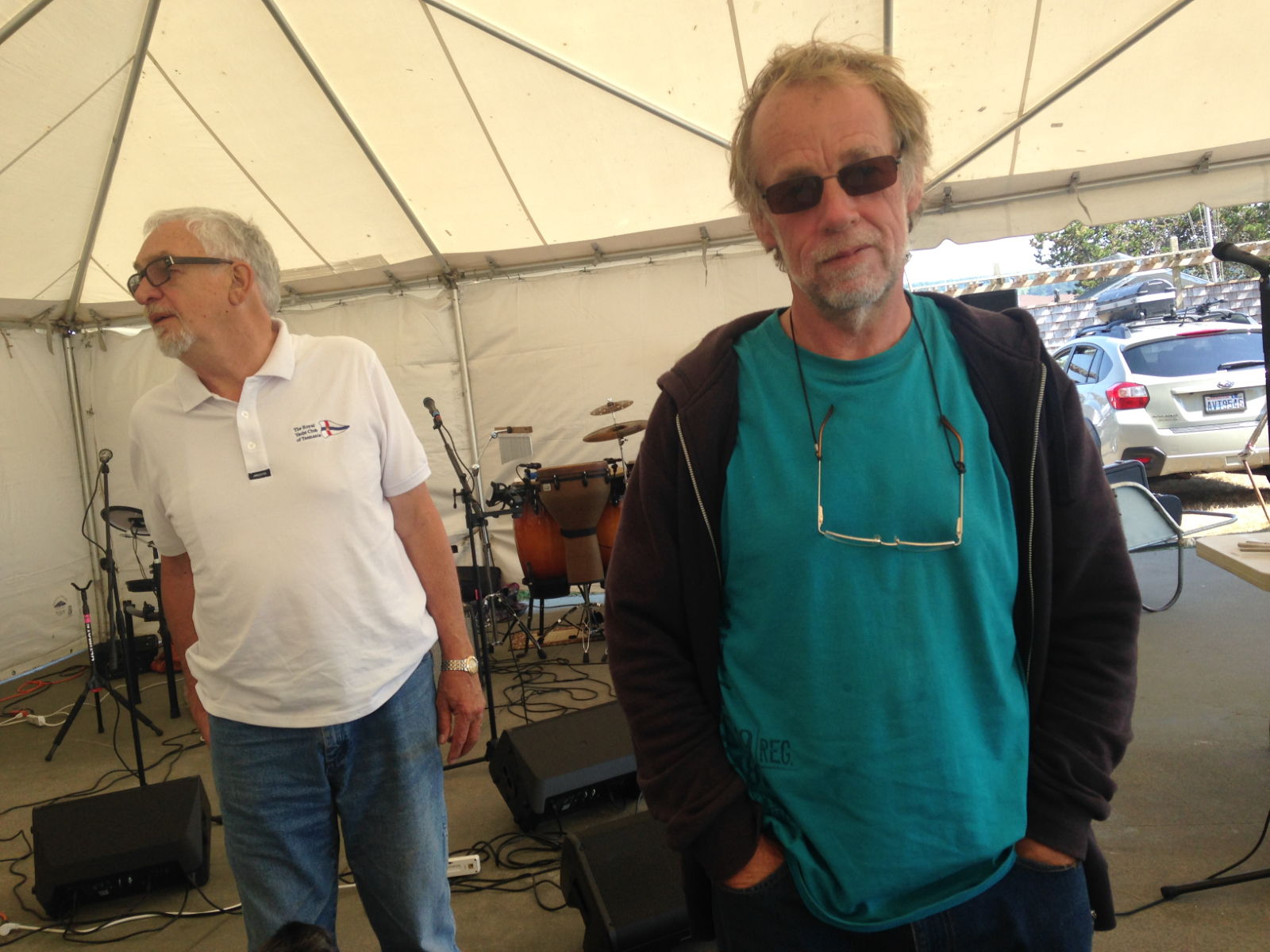
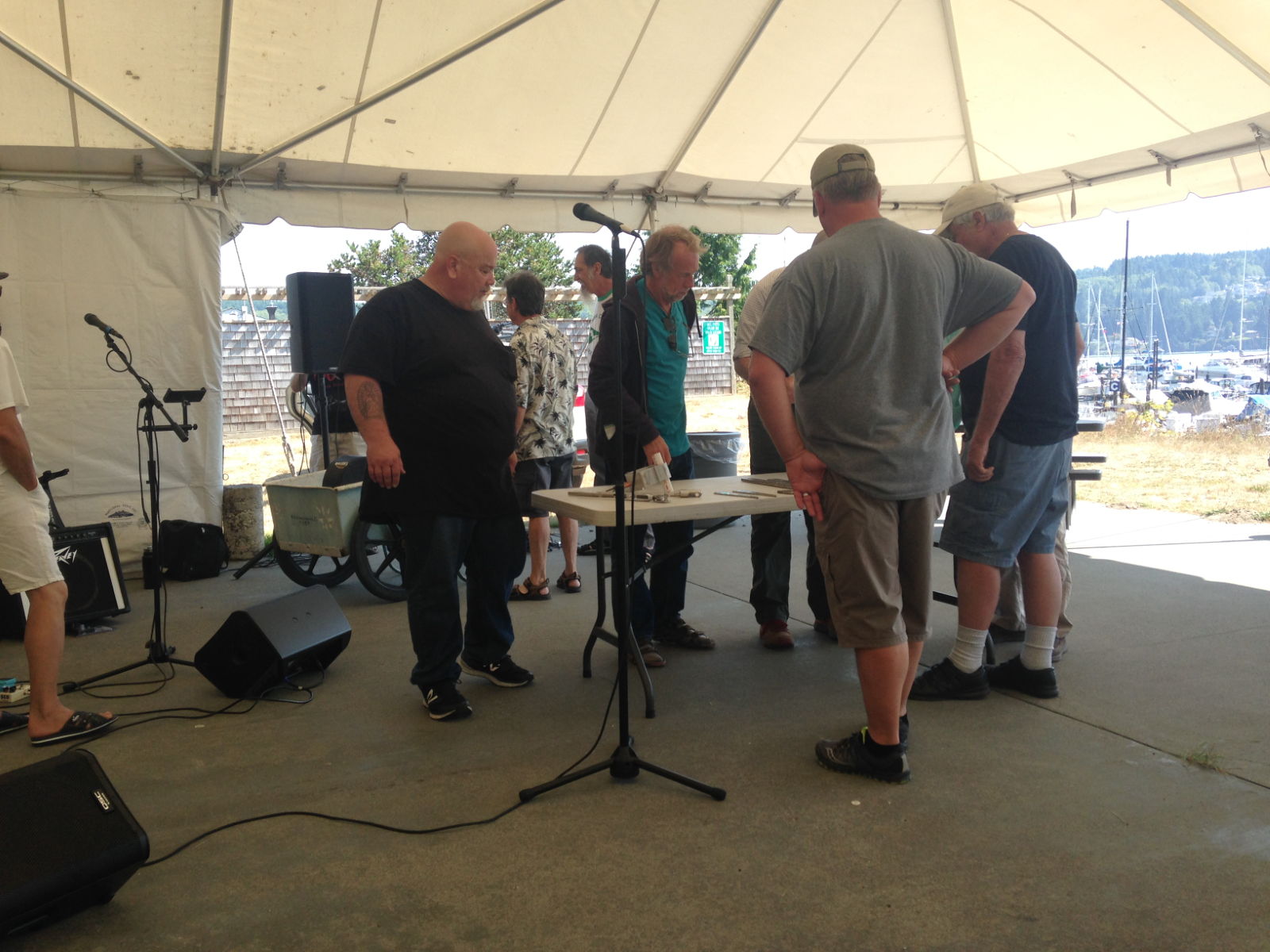
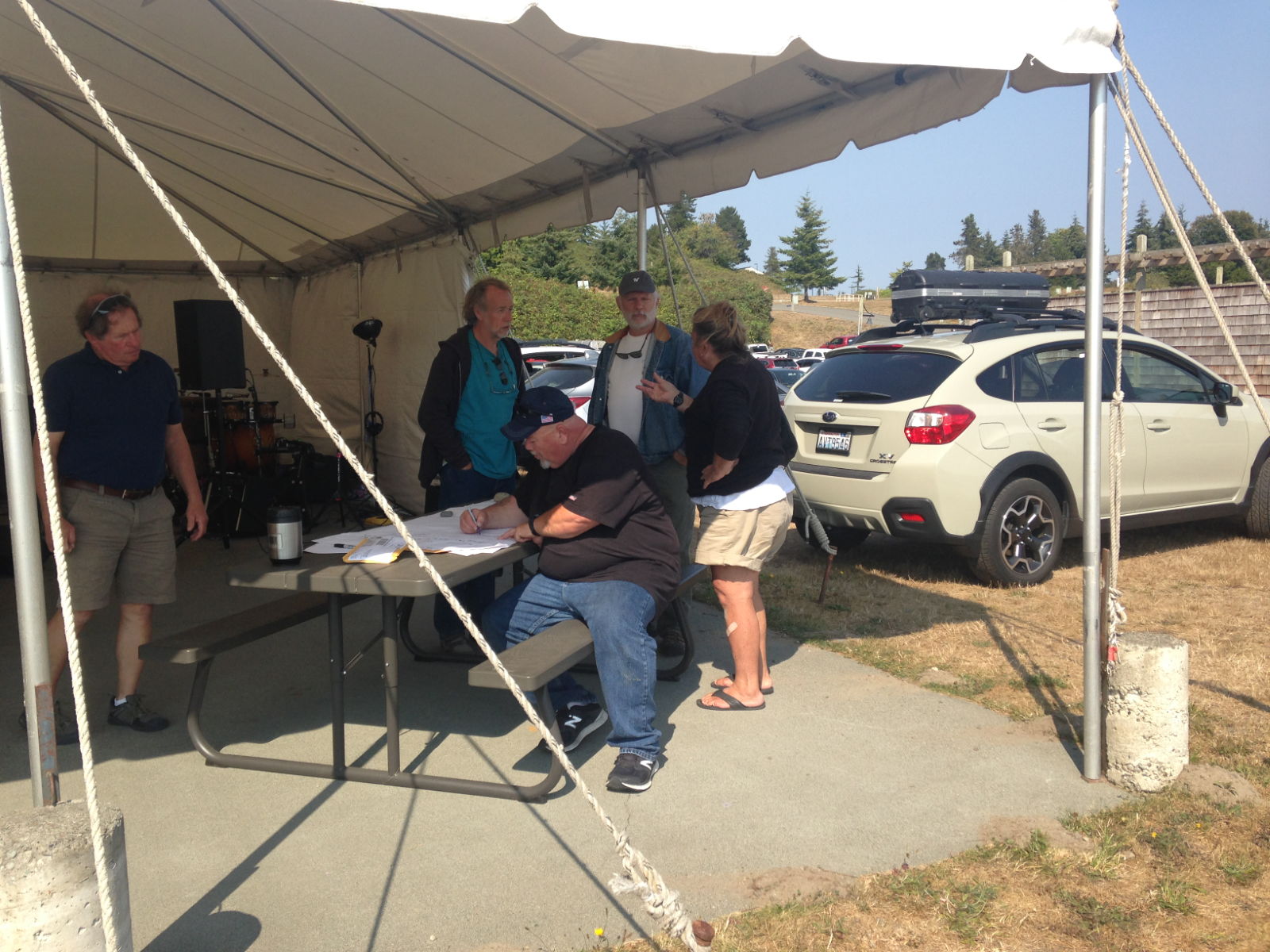




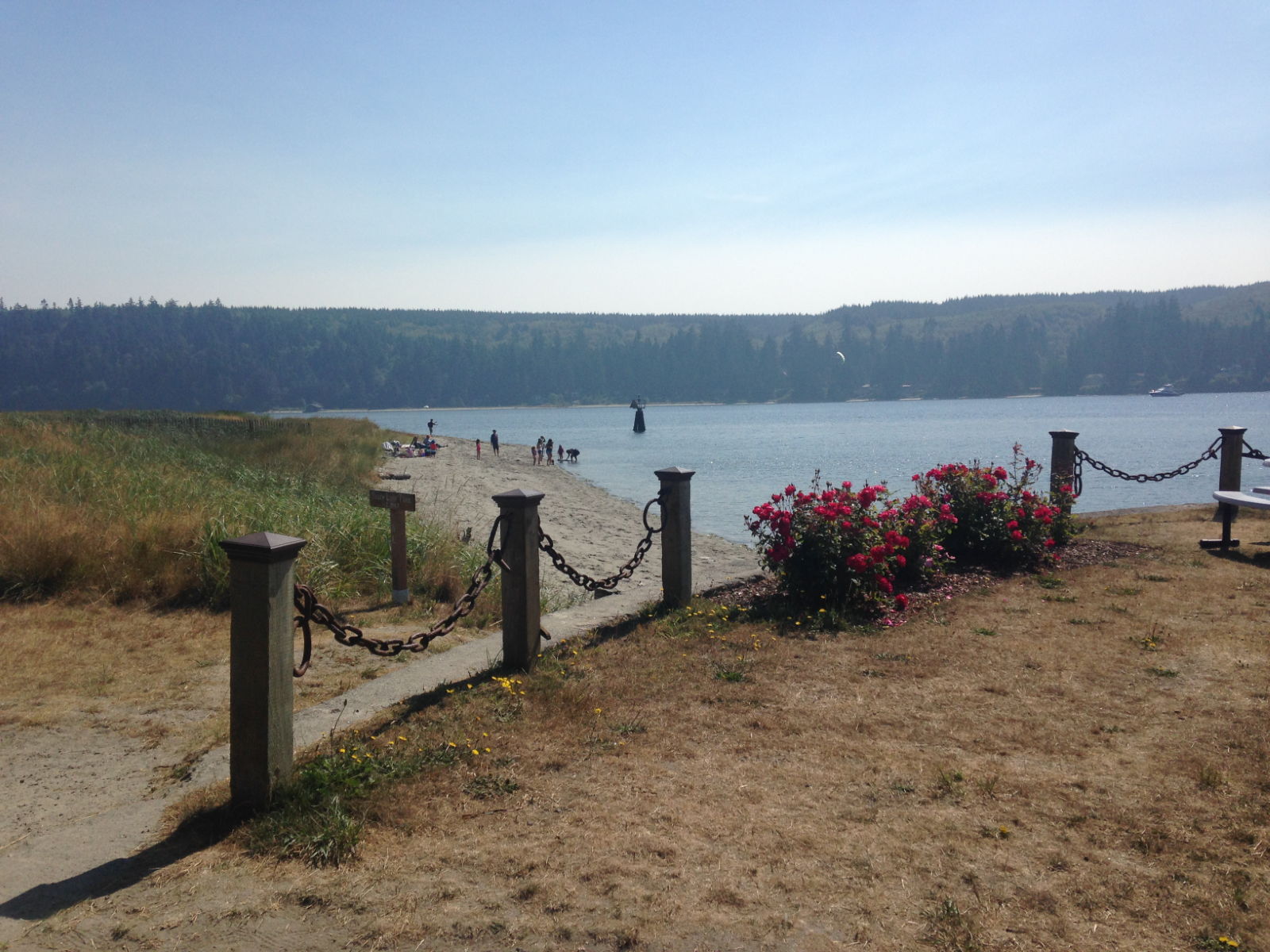


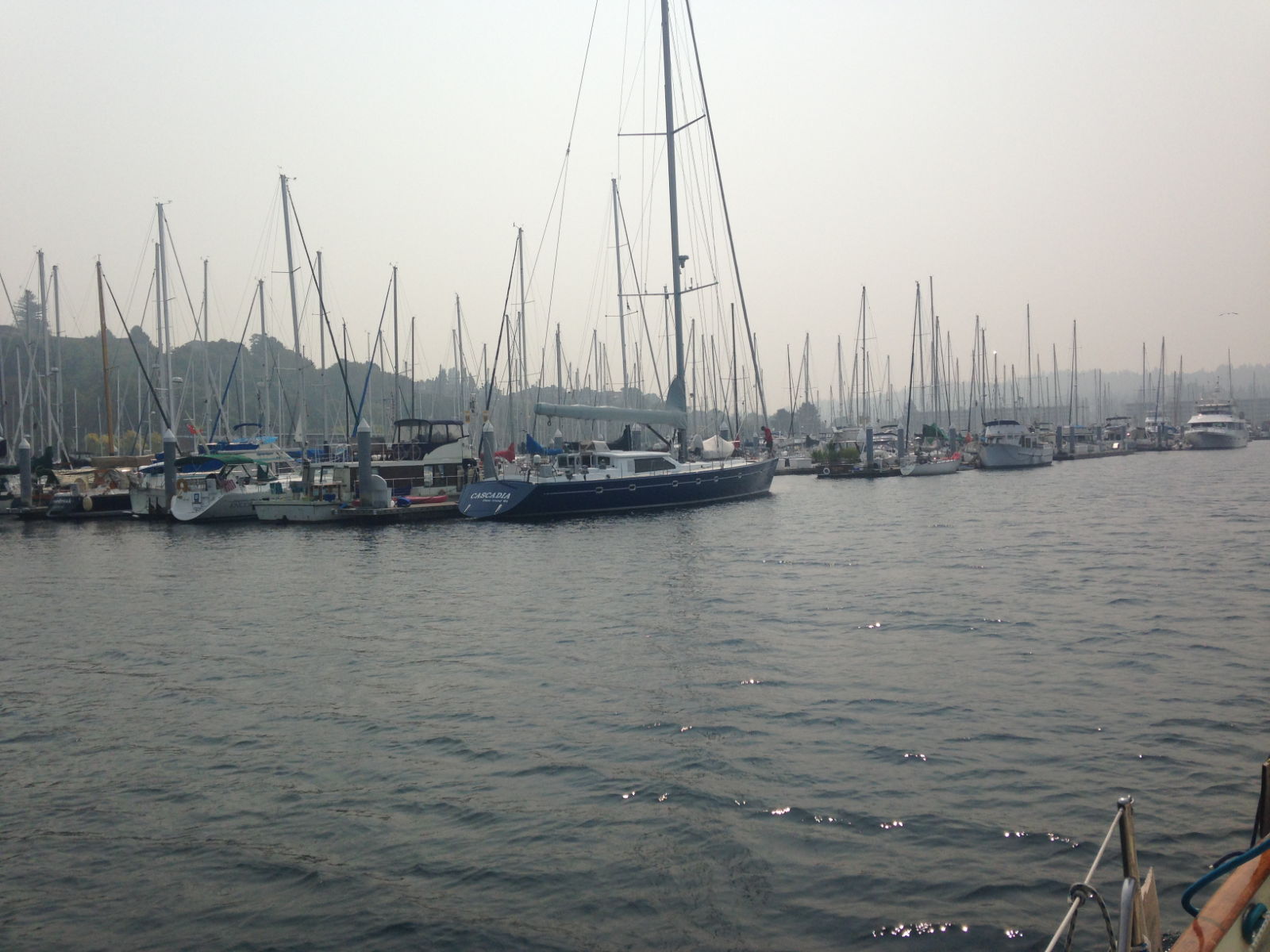
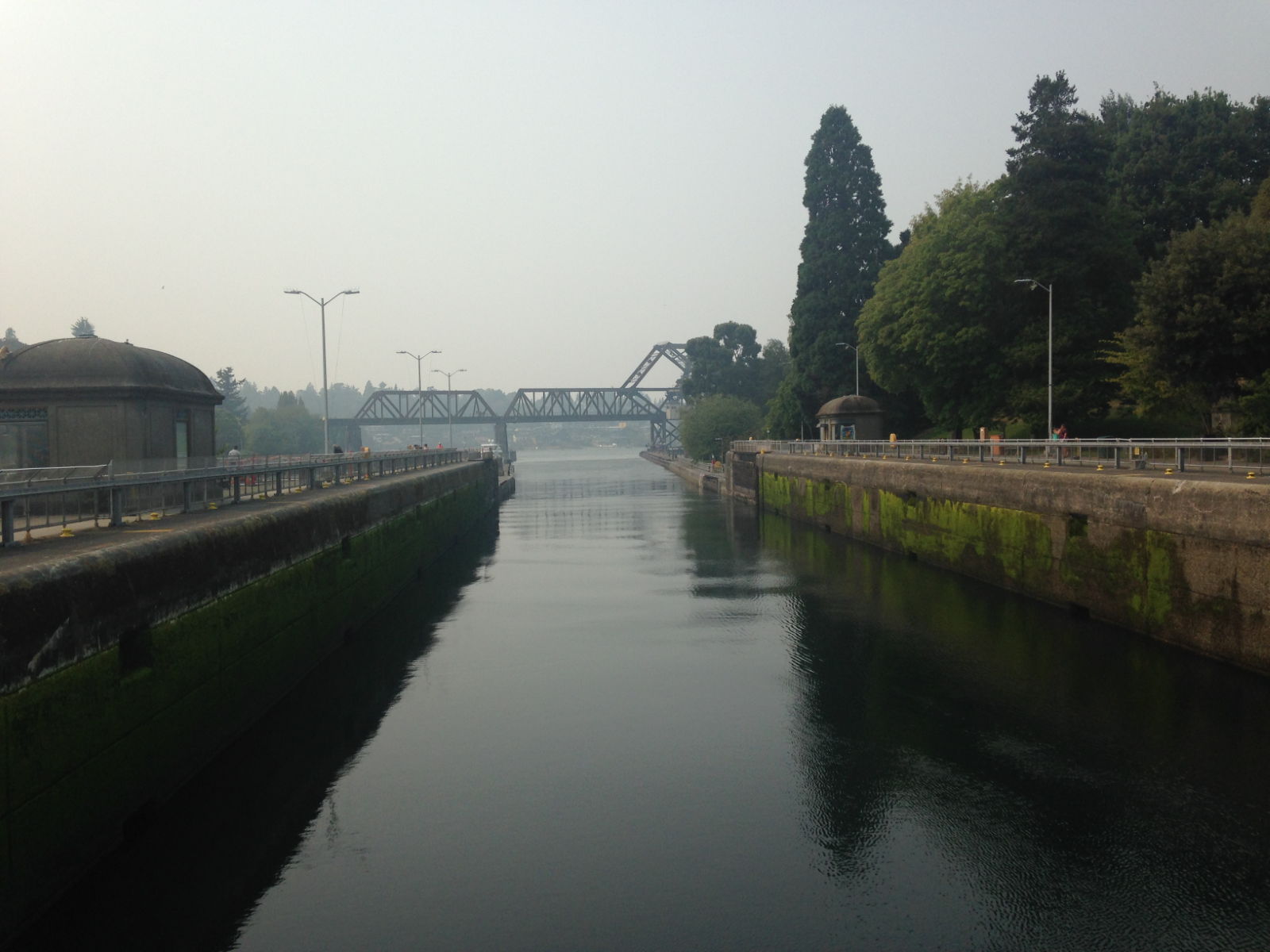
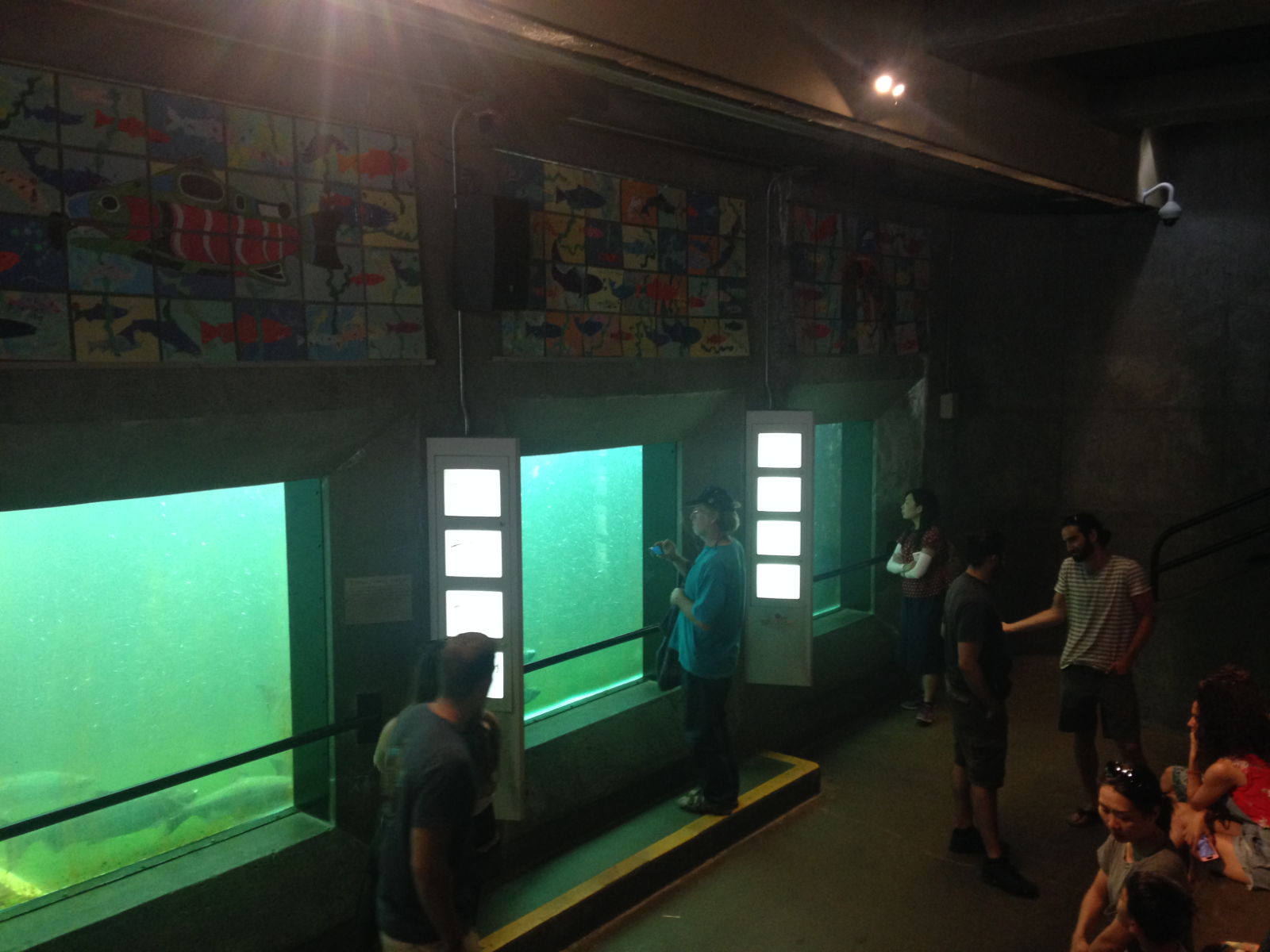








 Just along from the museum we realised we were in Twin Peaks country land, so we drove out to the back road where David lynch turned up one day and planted the sign below. They took some pictures, pulled the sign and drove off.
Just along from the museum we realised we were in Twin Peaks country land, so we drove out to the back road where David lynch turned up one day and planted the sign below. They took some pictures, pulled the sign and drove off. 
 Much later the city of Snoqualmie put up a replica sign, but it has since been stolen.
Much later the city of Snoqualmie put up a replica sign, but it has since been stolen.
